What do you actually do? – Mirjam Thomann
“I just want to say that I didn’t prepare for your visit,” says Mirjam Thomann as I step into her impeccably tidy studio. Glancing towards shelves of cardboard boxes ordered by project and date, Thomann’s filing system does look suspiciously neat, but the Berlin-based artist, writer, and educator quickly explains that years spent working as a studio assistant taught her the importance of running a tight ship. “I noticed how lost artists are if they didn't have an organized archive, so I decided to start early,” she explains. “At the beginning every exhibition or every major work had a box on its own, but it’s funny to see how digitization means that every year the boxes are getting smaller and smaller.”
Other than marking the passage of time, this methodical approach to documentation offers Thomann a bird’s-eye view of her fifteen-year practice, enabling the Wuppertal-born artist to trace a clear thematic line from her earliest exhibitions right up to the present day. Pulling out a stack of publications and flyers from the shelves, Thomann shows me an image from a 2005 group show at the Galerie der HFBK, for which she installed a revolving door at the entrance to the space. “I think this is the first work I did where I was referring to and intervening in a concrete situation in the architecture,” she explains. “Already I was starting to think about who is included in the art system. Who is allowed to enter the space? Who’s got the social or economic ability to become part of what we're doing and how can we alter that as artists?”
Although her output has become more refined over the years, Thomann continues to work site specifically, often creating sculptures that function as extensions of the space they are shown in. At her 2018 solo exhibition at Galerie Nagel Draxler, for example, Thomann included a series of rotatable corner pieces painted in the same off-white as the gallery’s walls. Alongside these moveable sculptures, she also placed mirrors, text fragments, collapsible chairs, and negative prints made from ceramics in flesh-colored tones. With generic titles such as Chair I and Corner Piece II, for Thomann, the focus was less on these individual pieces than in their relationship with each other. “The interaction between the space, the object I put into it, and the bodies of the visitors moving through the installation is a dynamic I'm always interested in,” she explains.
As a regular contributor to Texte zur Kunst, Thomann has written a number of texts on this topic. Her 2020 piece “The Feminist’s House,” for instance, imagined what an emancipatory approach to architecture could be. Written in epistolary form, the text is, in many ways, a love letter to those who have influenced her thinking about gender identity and build environments. “It’s very much a cut and paste text,” Thomann explains. “It’s based on quotes from artists, theorists, architects, and horoscope writers who said anything that I found interesting about the enactment of architecture. The idea was to put multiple voices together in a performative way rather than create a liner argument.”
More than just a theoretical engagement, Thomann’s writing is influenced by and feeds into her sculptural work practice. Her text “Woman and Space,” for instance, came directly out of her experience of making Lean In 1-3, a sculpture series developed for the North Coast Art Triennale in 2016. Comprising of three flesh-colored steel structures placed within a pastoral landscape in Gibskov, Denmark, the sculptures offered visitors a place to lean and smoke into the attached ashtrays while taking a break from viewing artworks. “I’m not only interested in thinking about space but asking myself what sculptural interventions could make space accessible in different ways,” says the artist.
Whether shown in a park or a gallery, Thomann’s works are almost always placed within the margins of a given space. “Most the pieces I do are positioned in the corners or entrances and exits of a room,” she explains. “I hardly ever use the center of the area I’m working in.” Drawn to what she calls “transitional spaces,” such as doors, walkways and stairs – “anything that leads you from one area to the next” –, Thomann sites the late architect Lina Bo Bardi as a major influence on her practice. Alongside the iconic spiral staircase Bo Bardi created for Solar do Unhão in Brazil, which combines beauty with functionality, Thomann also finds inspiration from the Italian Brazilian architect’s glass and concrete exhibition display from the 1960s for the São Paulo Museum of Art. “Paintings were hung so that it looked like they floated in midair,” she explains of the radical design. “Bo Bardi really broke down the hierarchies between space, painting, and viewer.”
Bo Bardi’s example will no doubt be on the artist’s mind as she prepares for her next project: creating a sculptural work that can also function as an exhibition display for a group show at the Kunstraum of Lüneburg University. Planned for September, Thomann is excited by the challenge of creating a functional sculpture that still keeps its status as an artwork. “It’s a great opportunity to bring together a lot of themes that have been coming up in my work over the last 15 years,” she says. “Creating objects that have transitional characteristics or celebrate a certain in-betweenness is something that has been present from the very beginning.”
Mirjam Thomann is an artist based in Berlin. She studied at HFBK Hamburg from 2000 to 2006 with Profs. Eran Schaerf and Sabeth Buchmann. From 2018 to 2020 she has been a visiting professor for Sculpture at the Kunsthochschule Kassel. Her work is represented by Galerie Nagel Draxler, Berlin/Cologne.
HFBK graduate Chloe Stead, together with the photographer and also HFBK graduate Jens Franke, met former HFBK students to talk about work, life and art. It is the prelude to a series of interviews for the website of HFBK Hamburg.


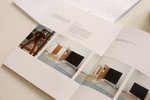





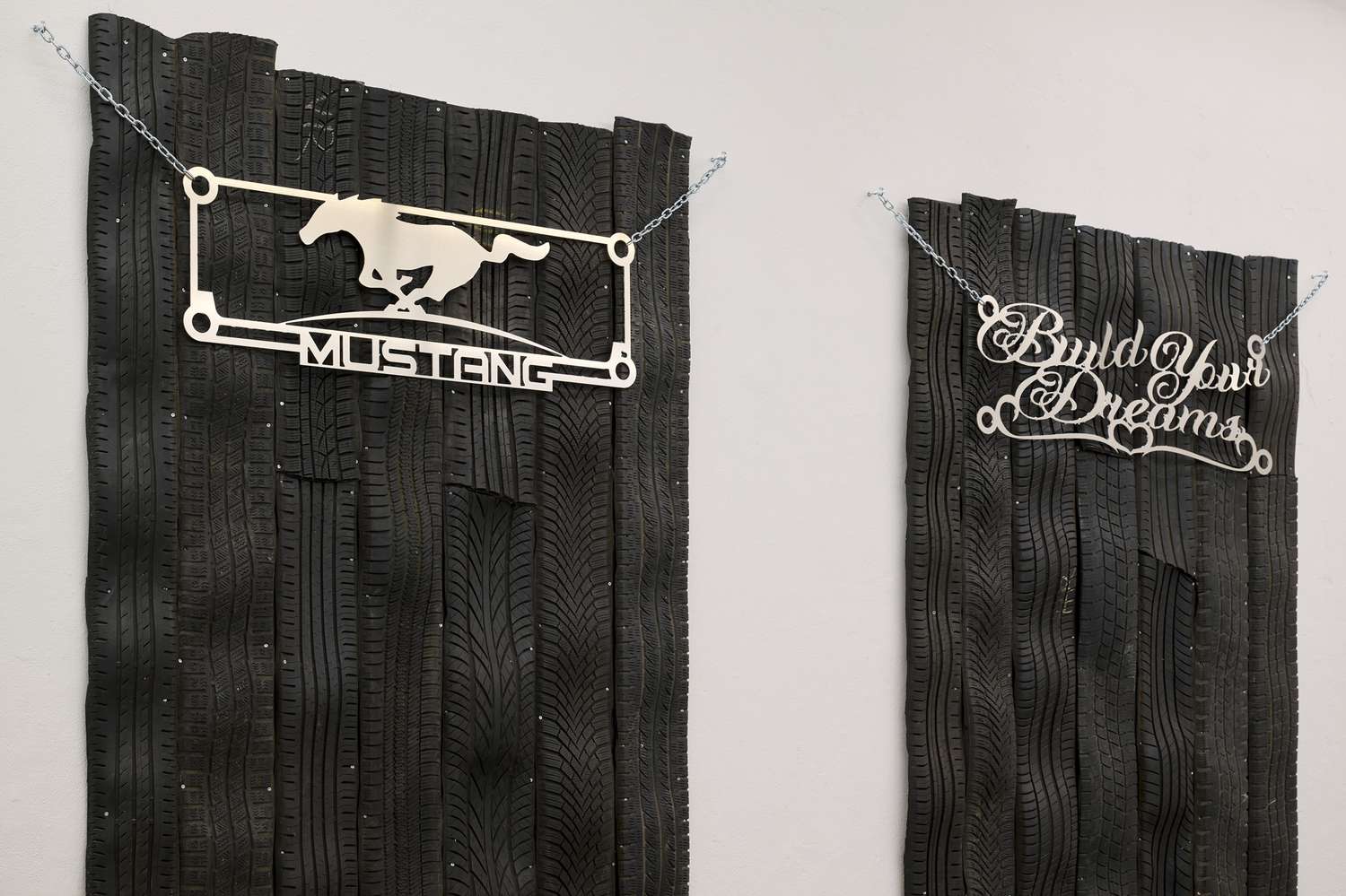
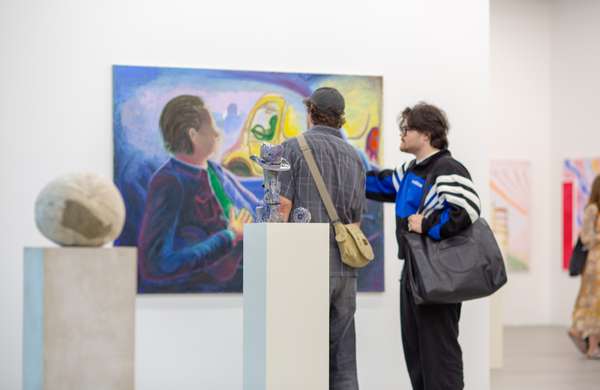
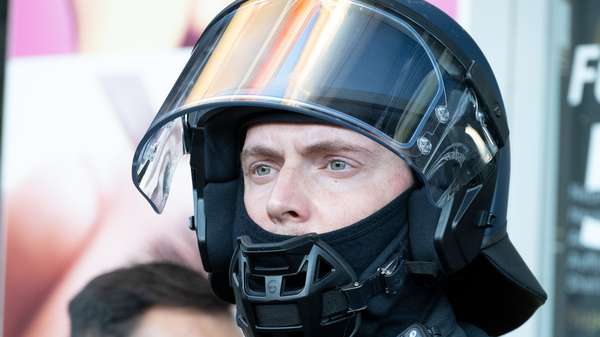
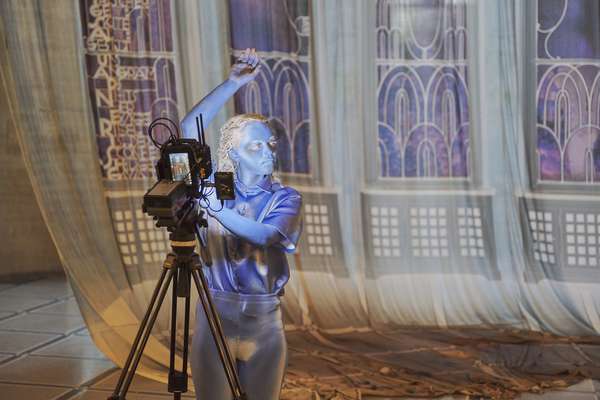

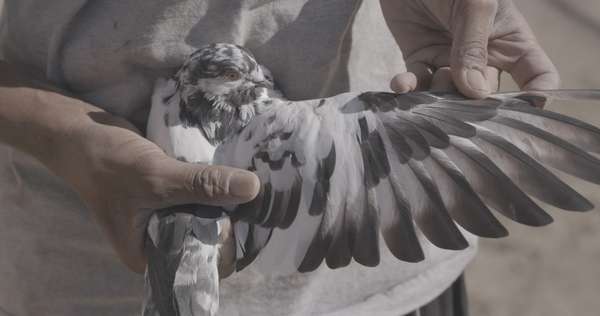
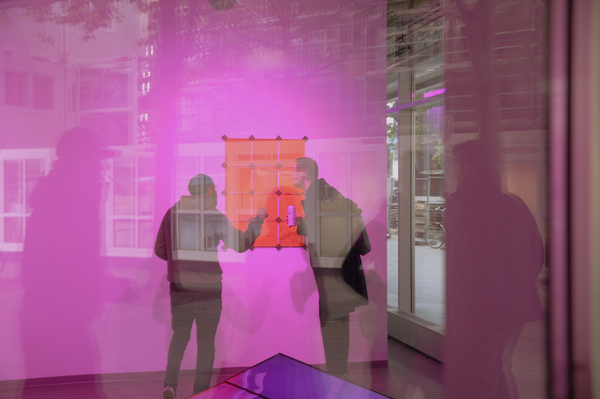
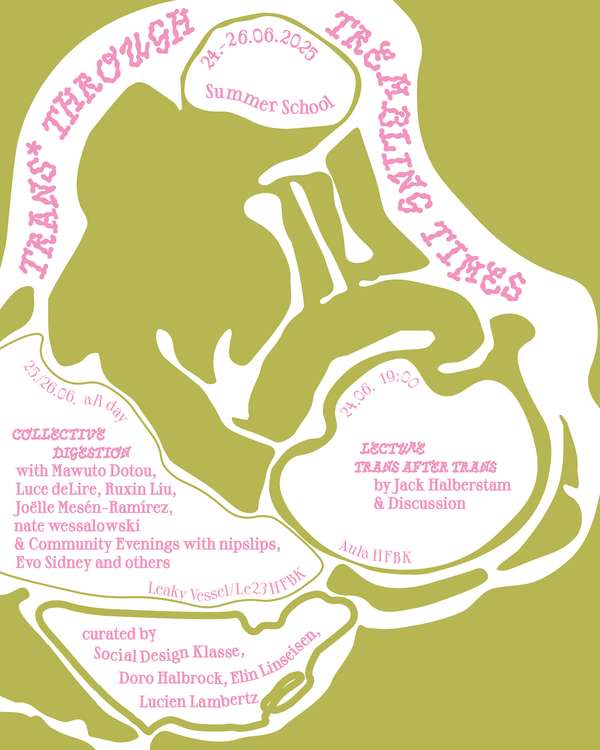
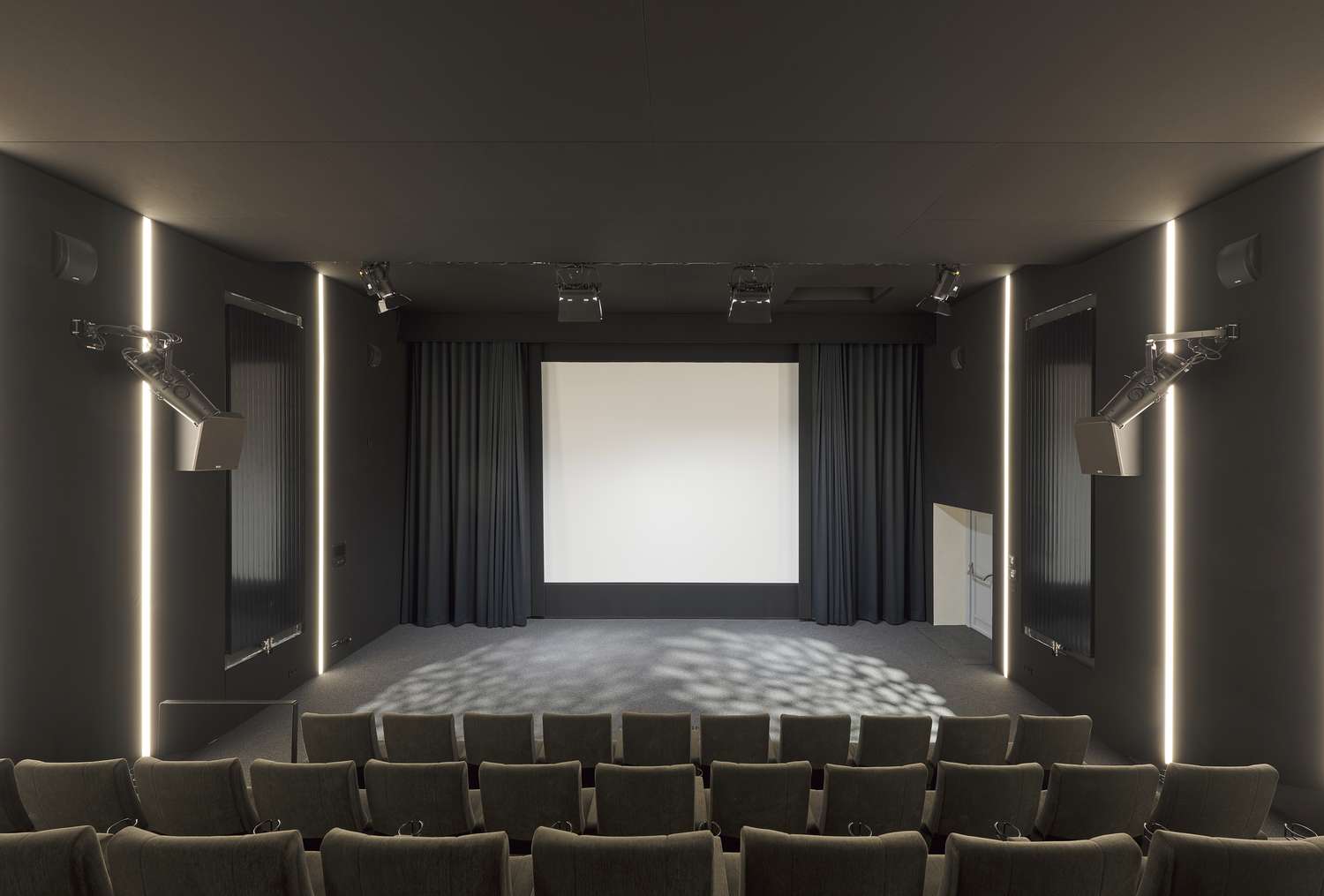
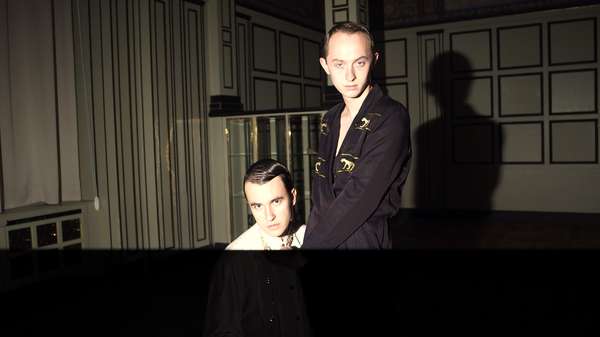
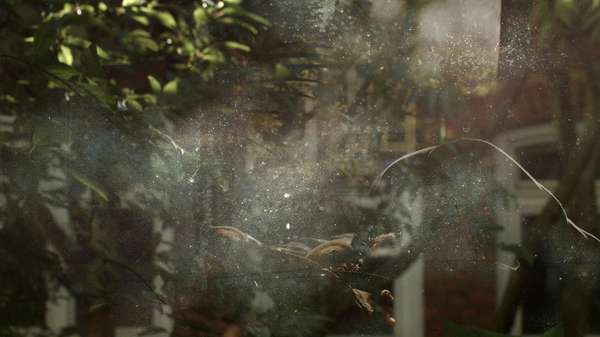
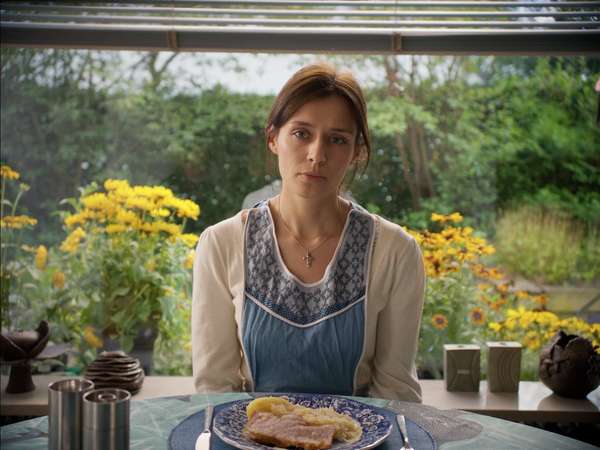
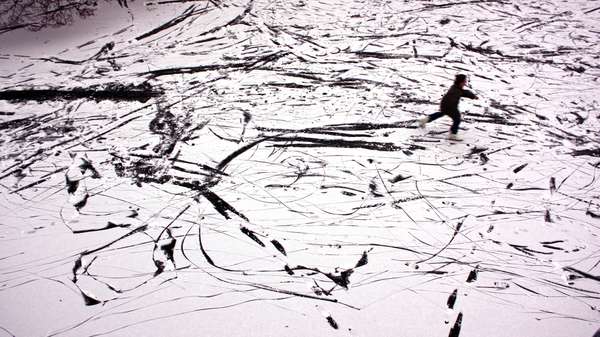
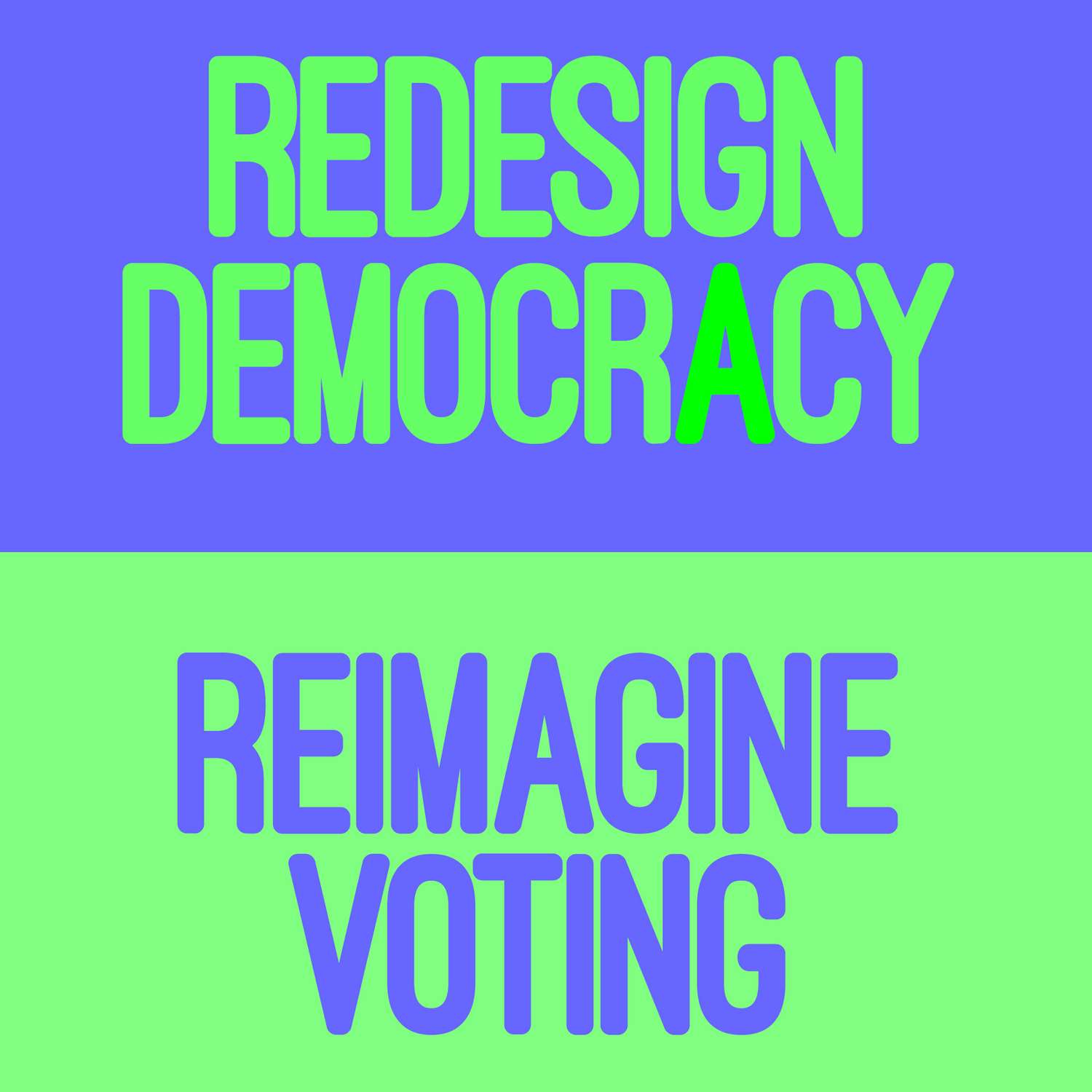
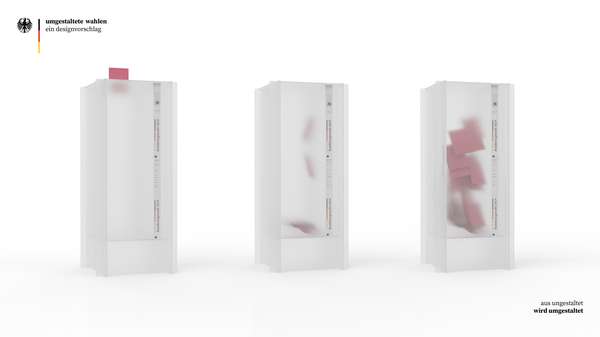
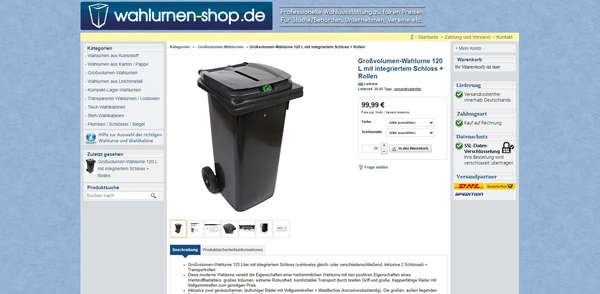
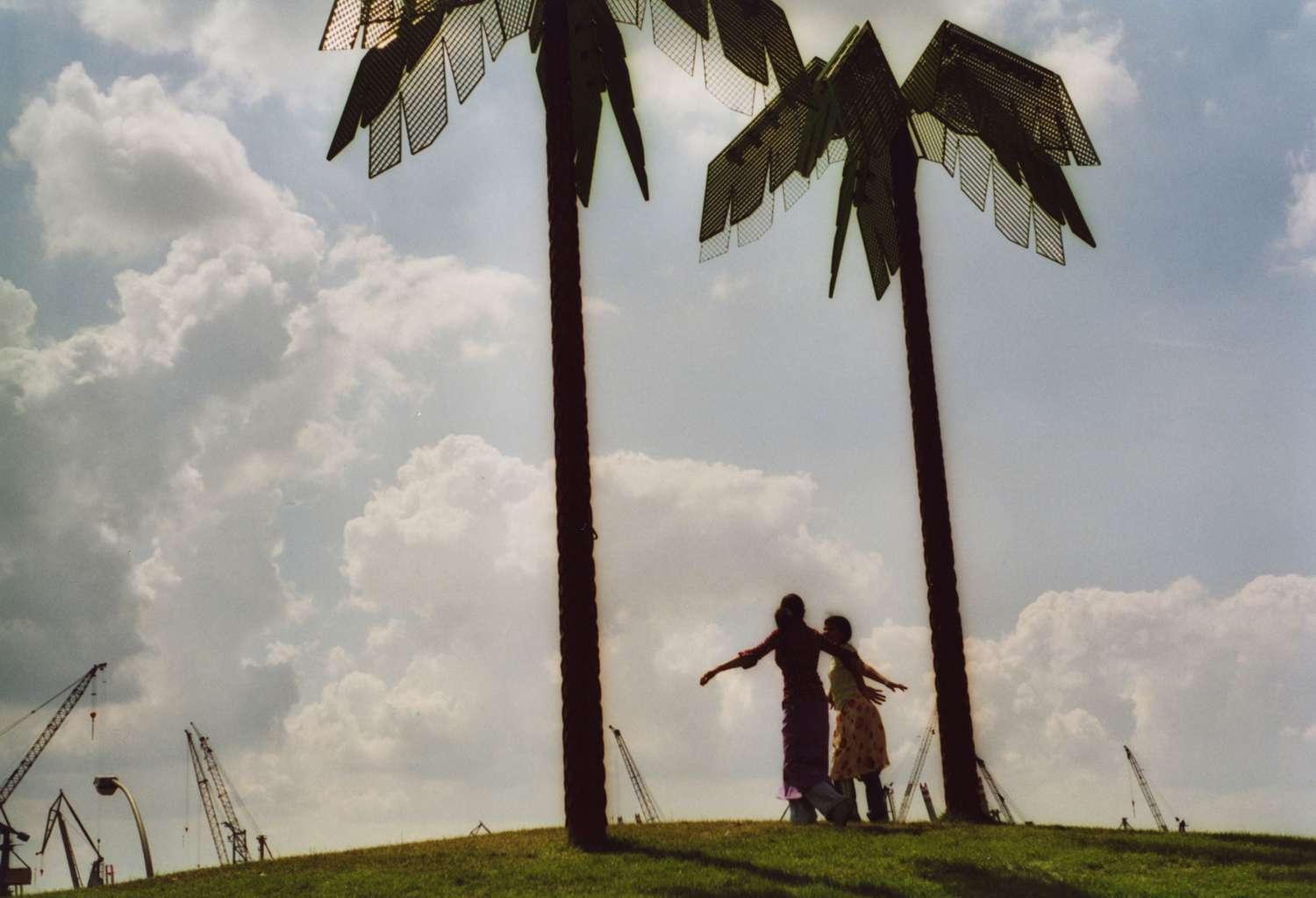
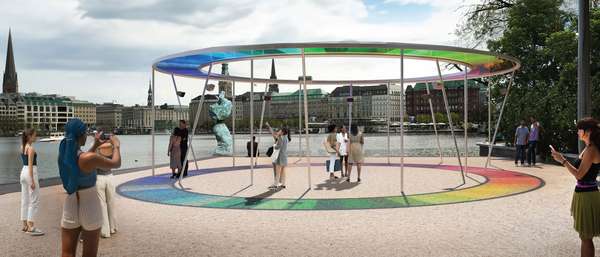
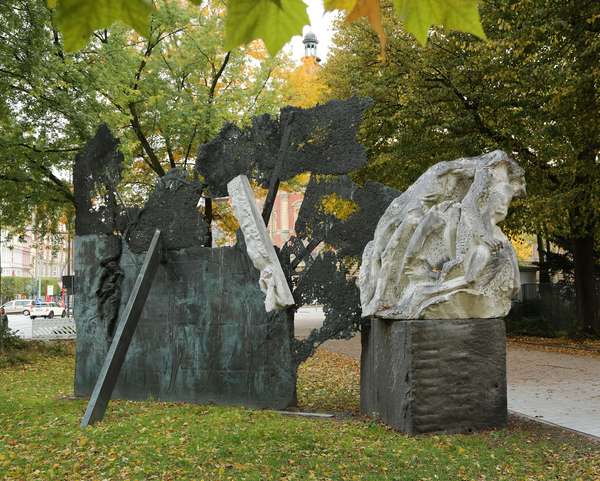
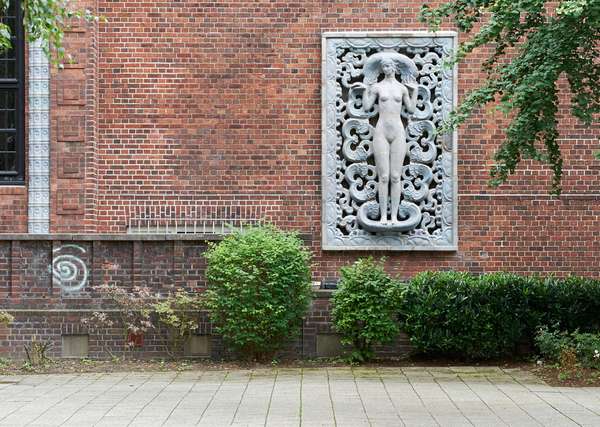
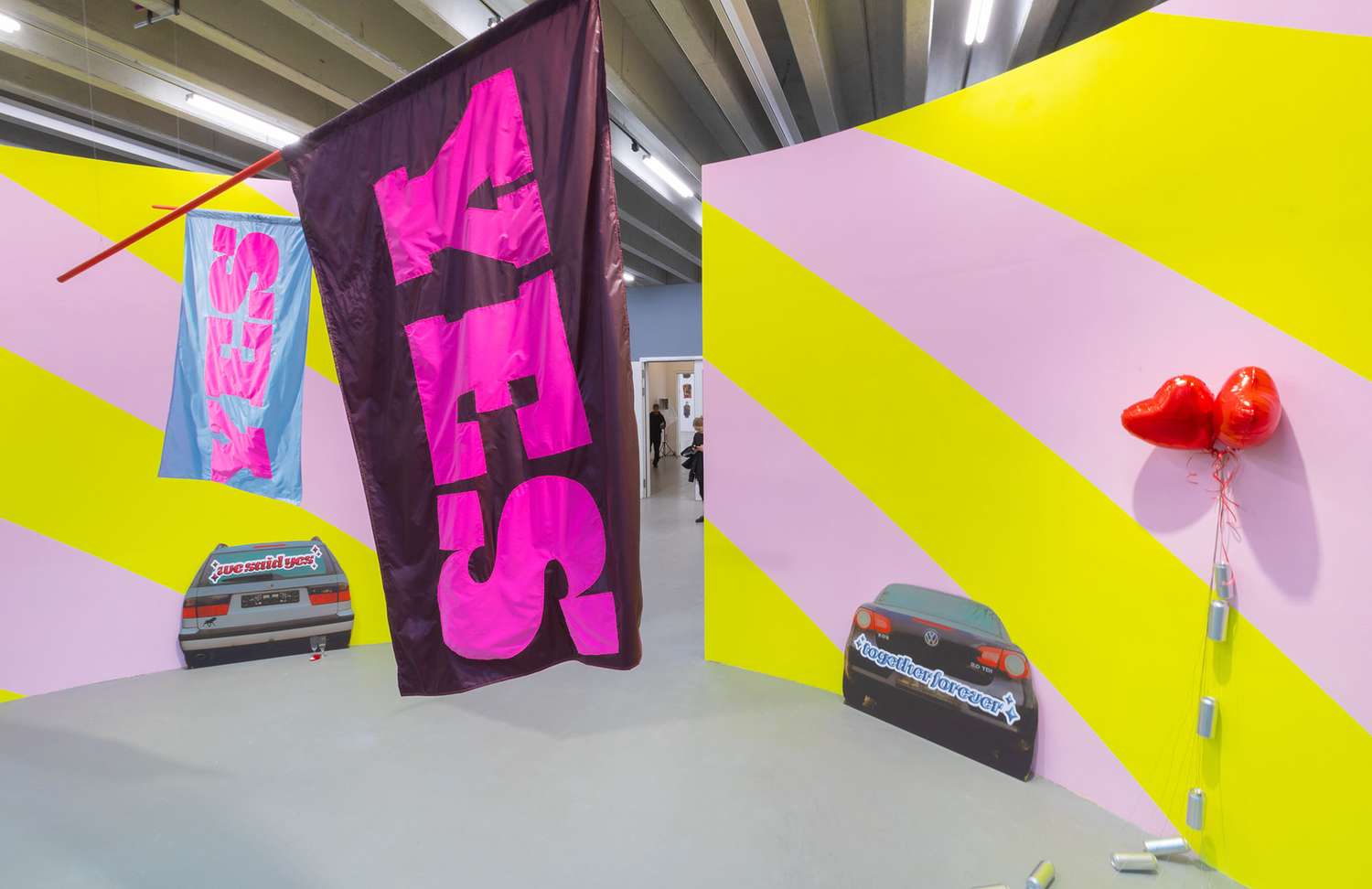
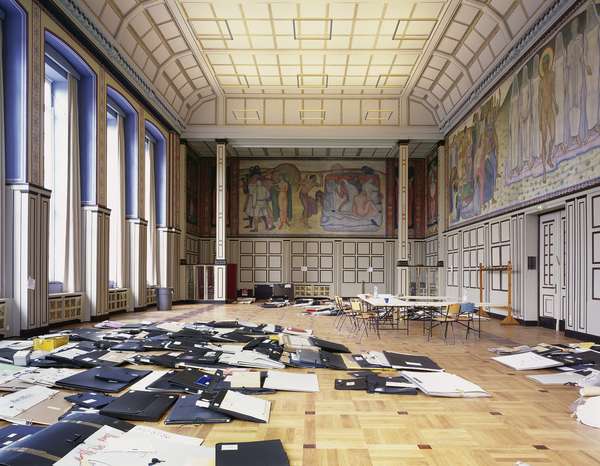
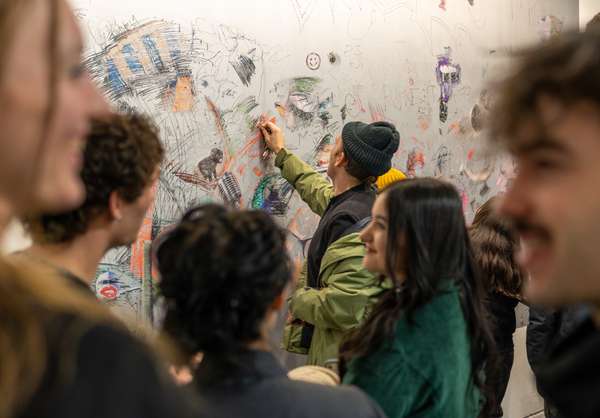
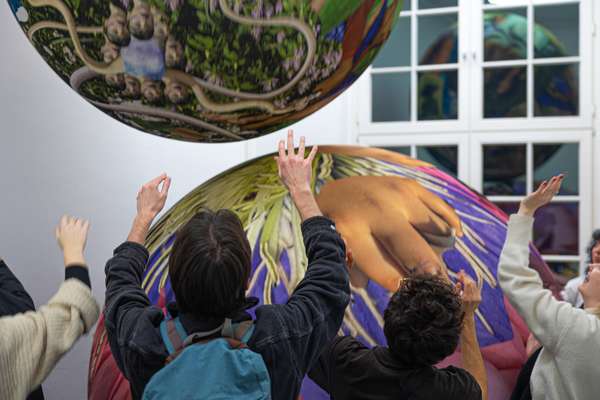
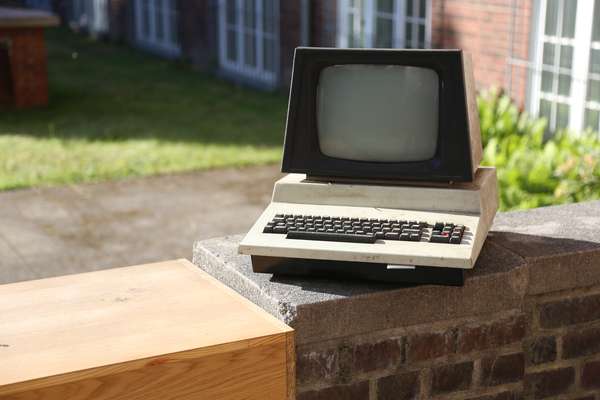

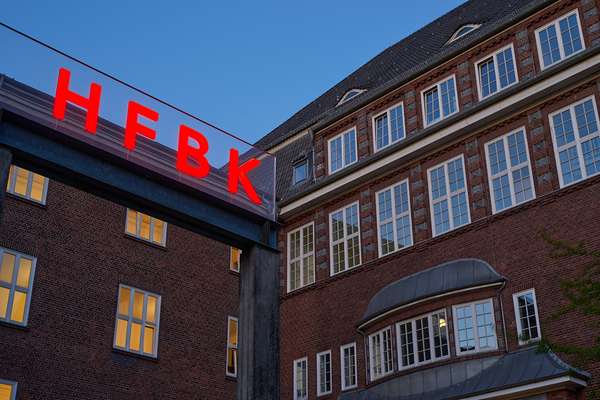
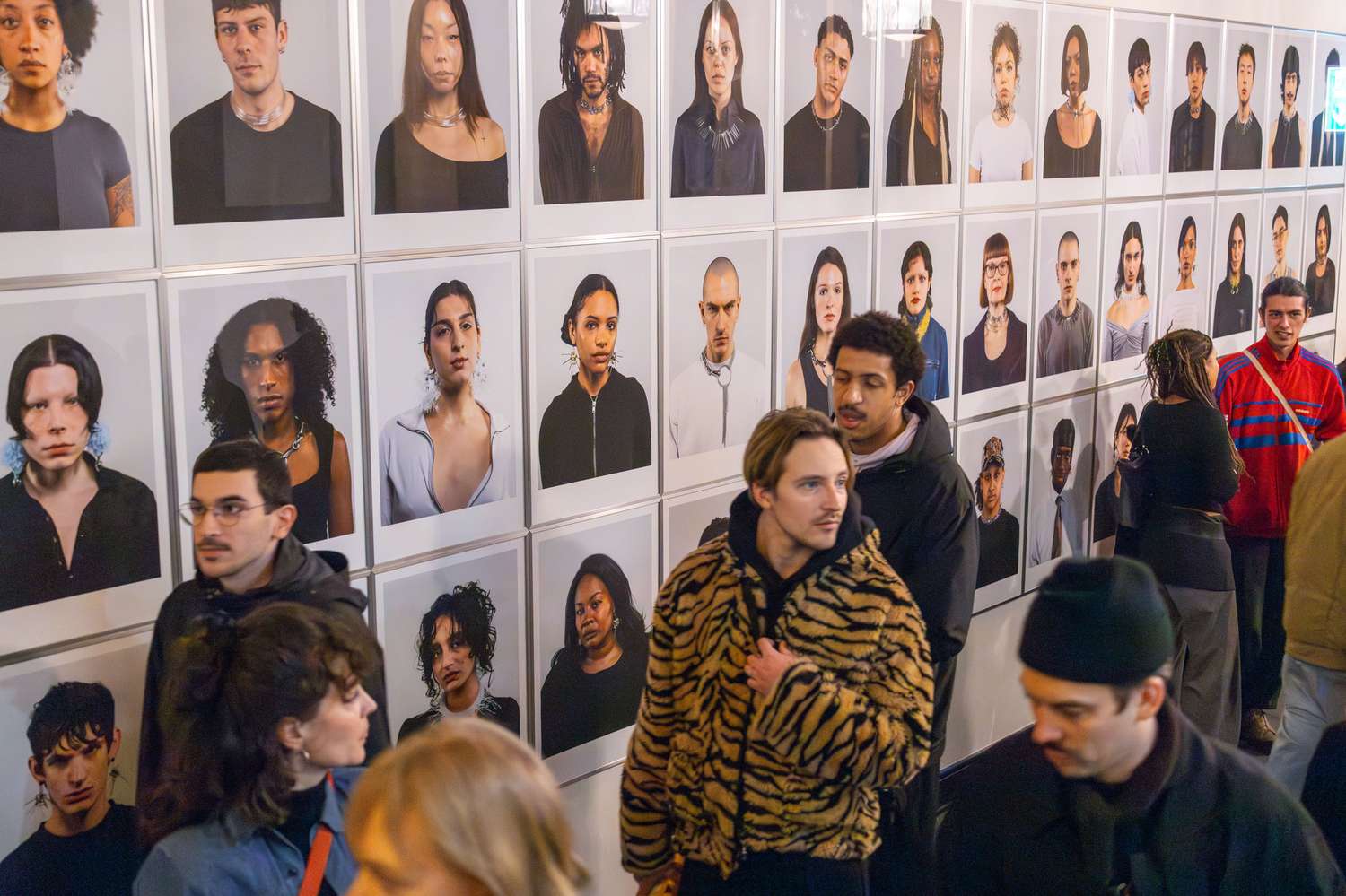

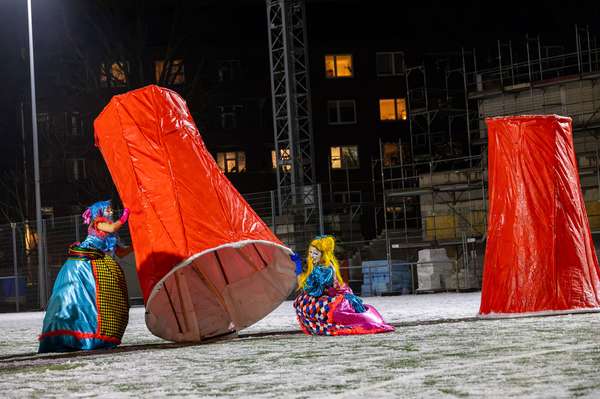
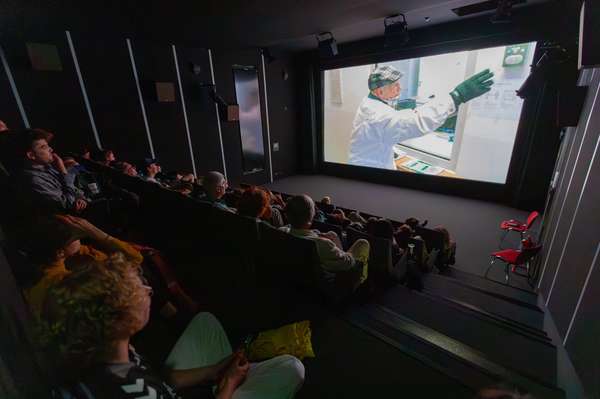
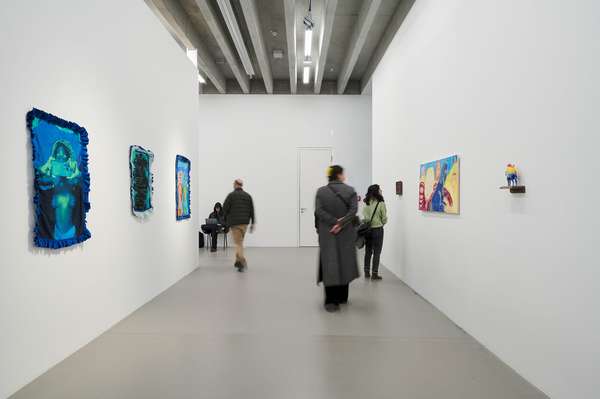
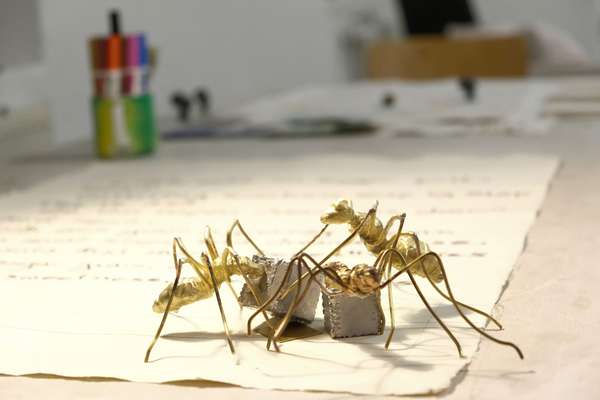
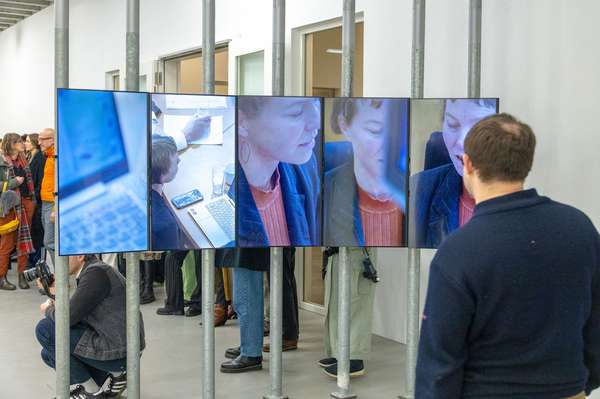
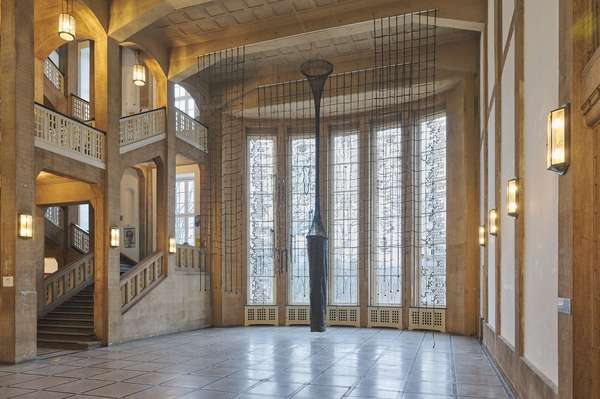
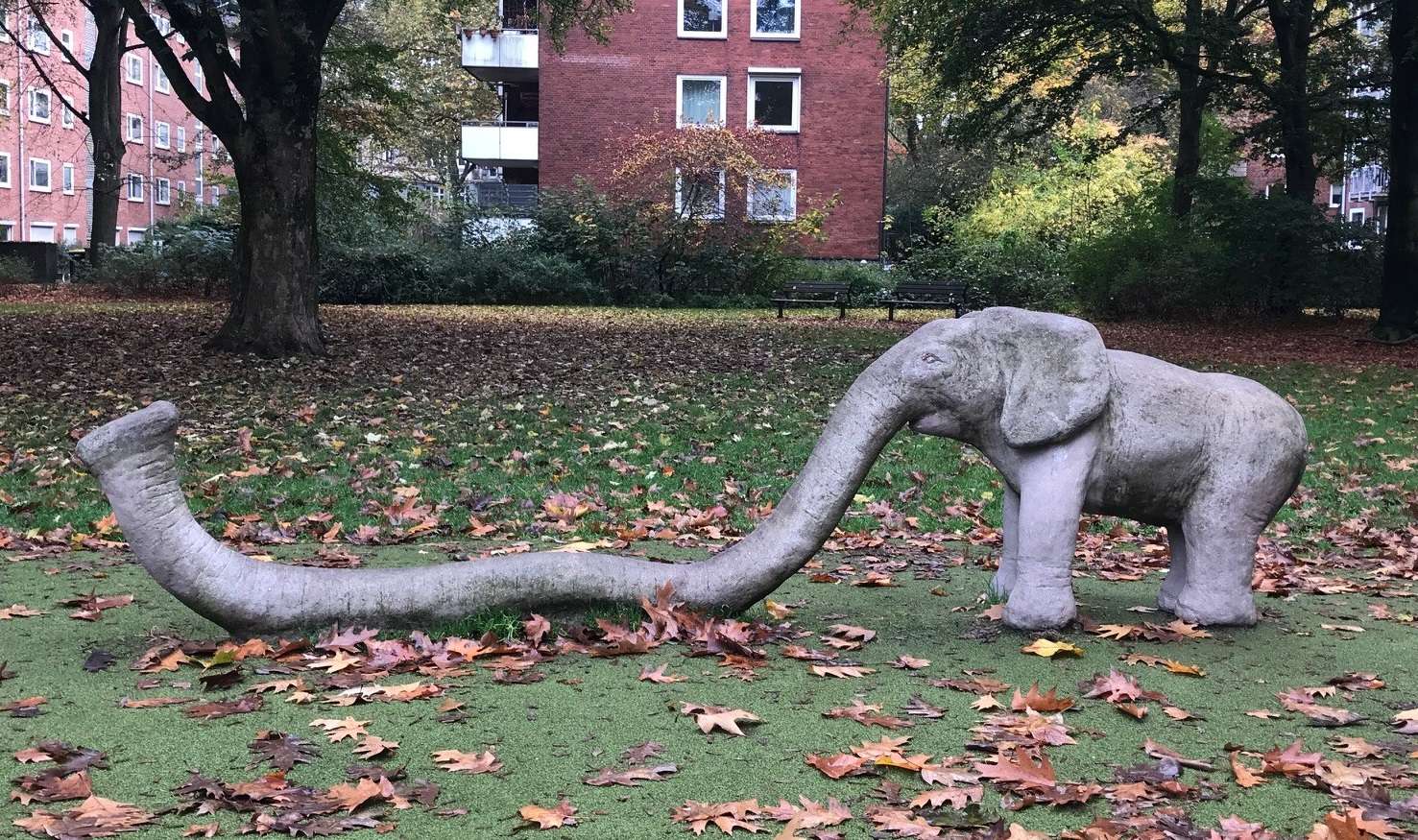
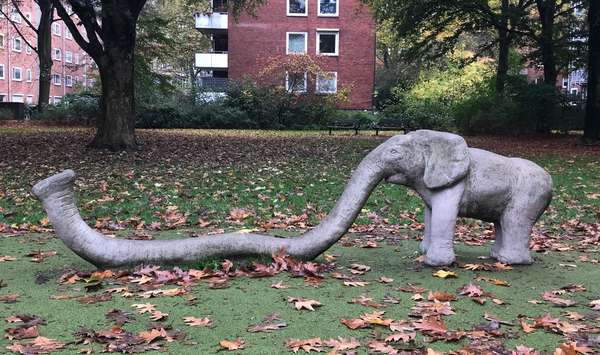
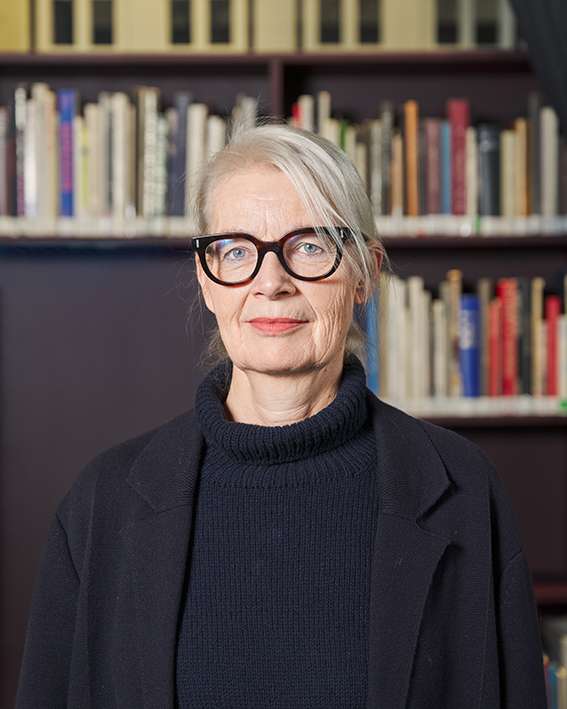
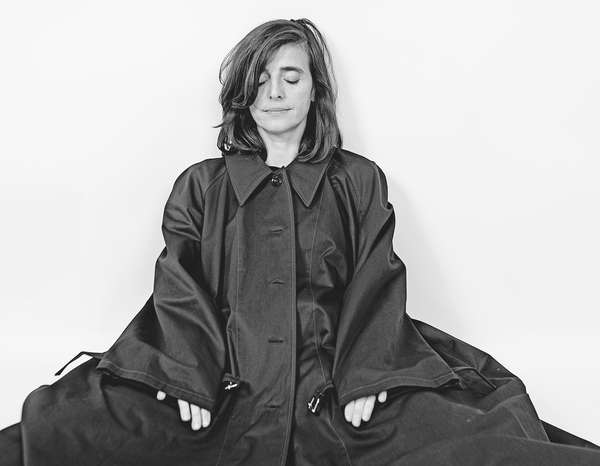
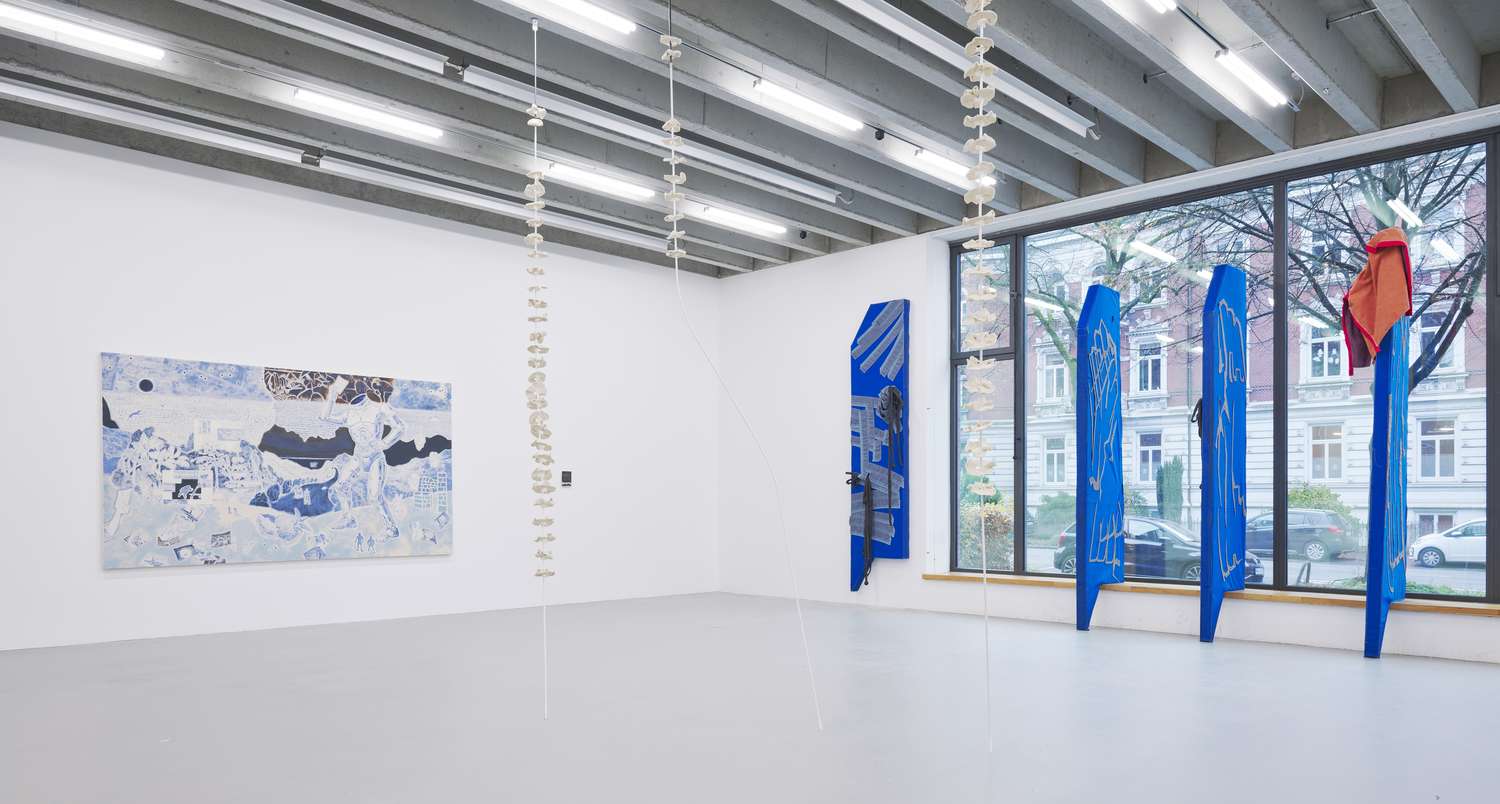
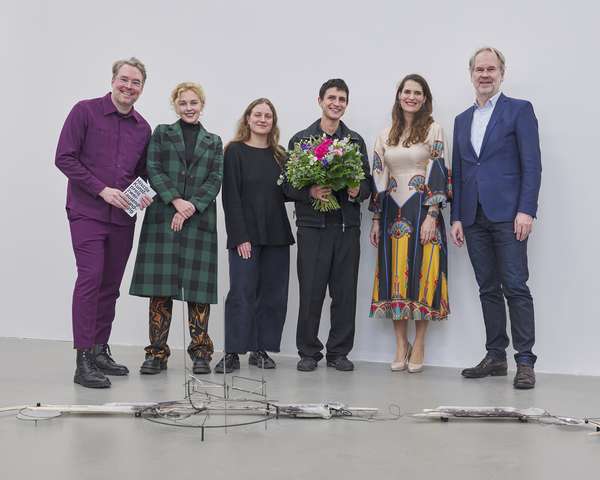
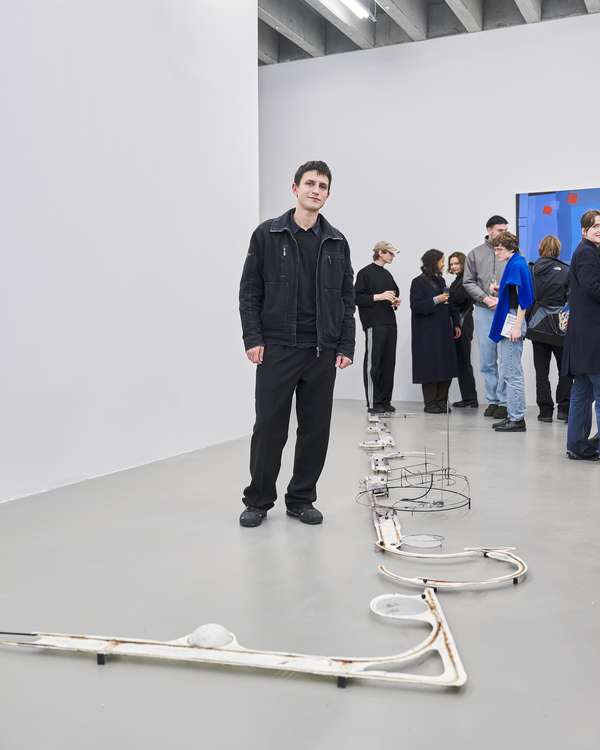
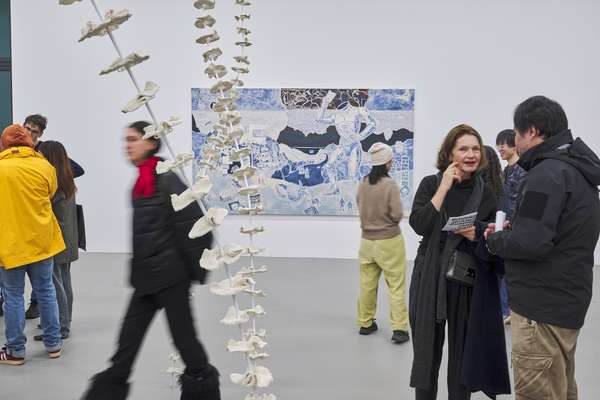
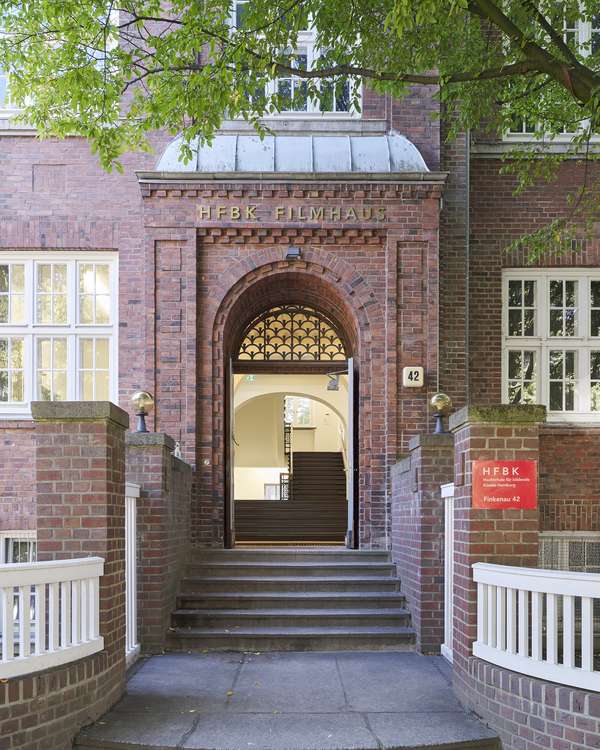
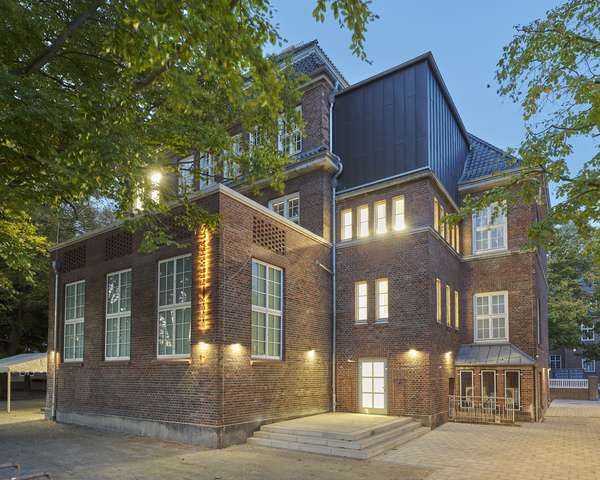
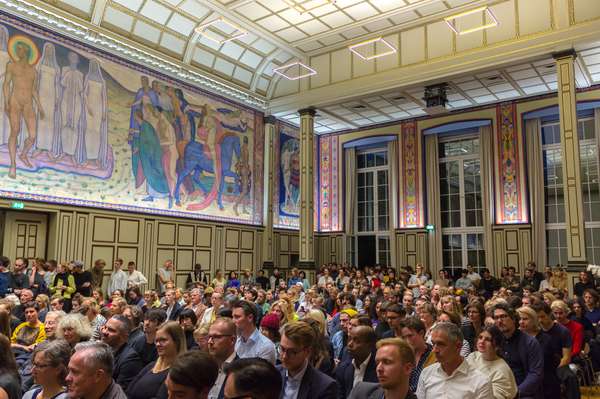
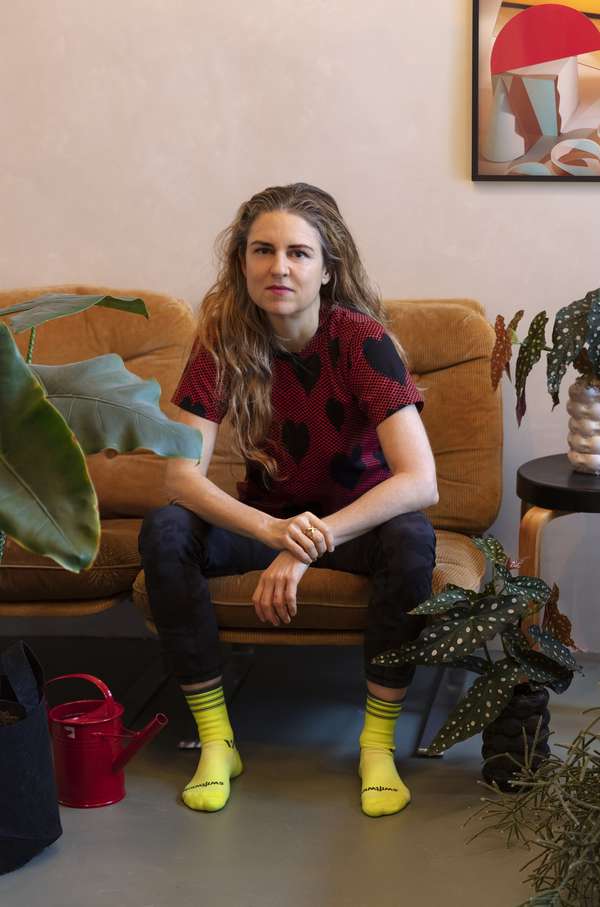
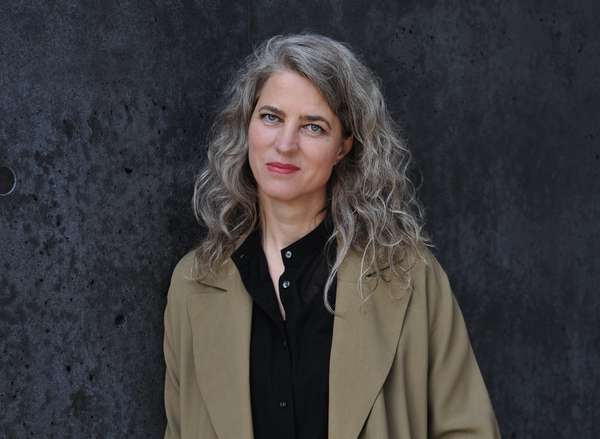
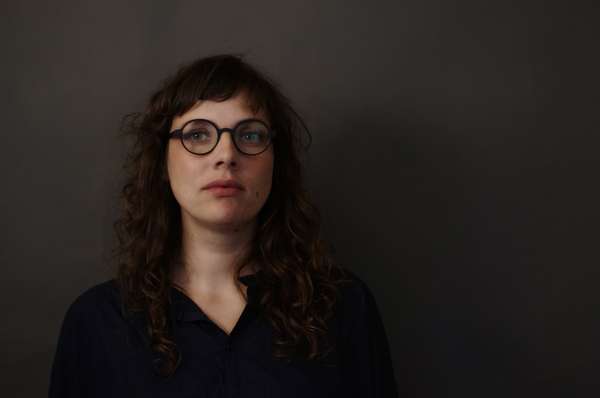
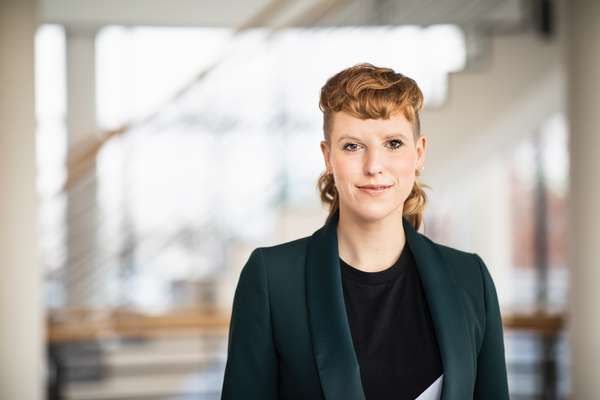
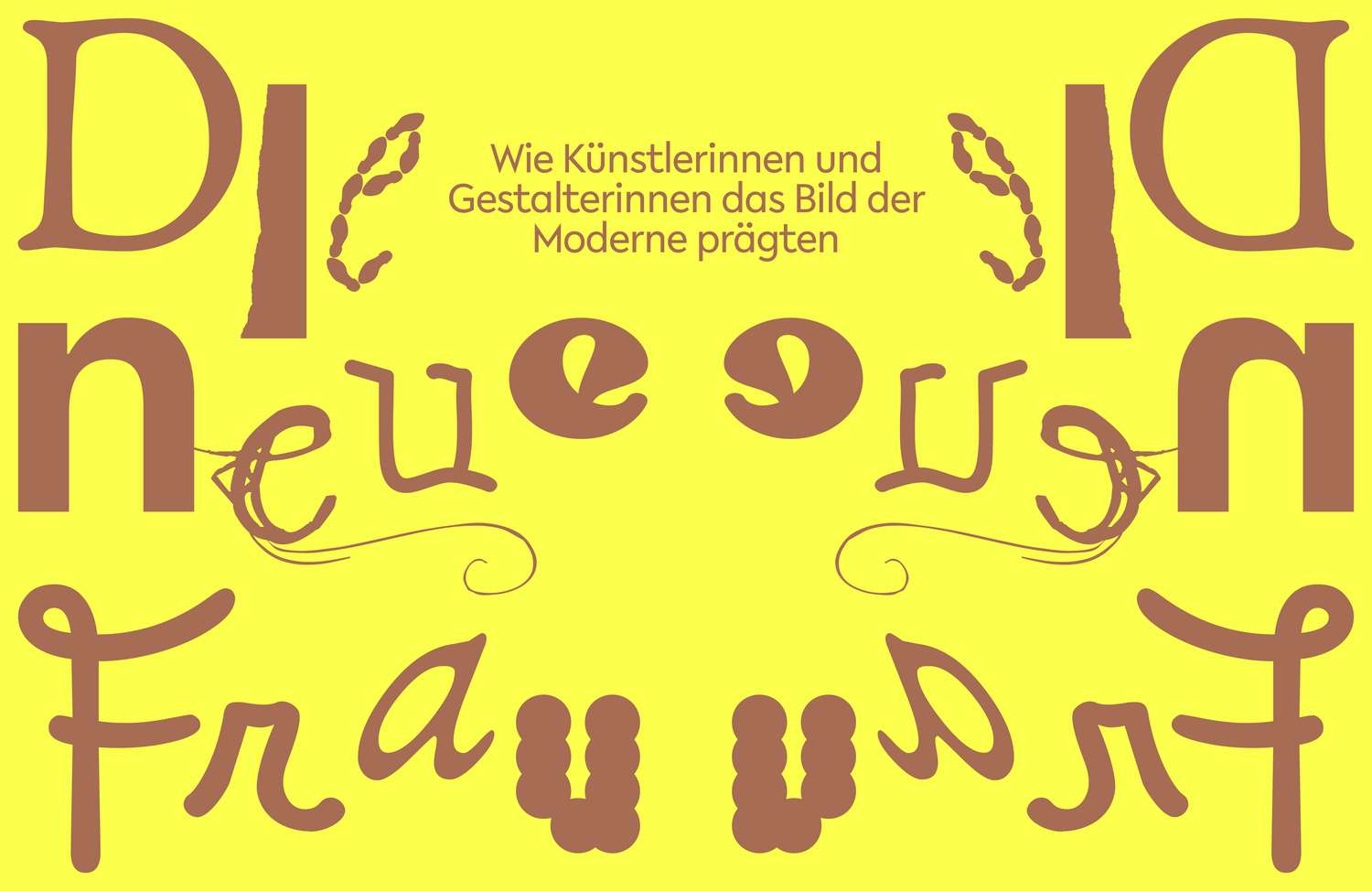
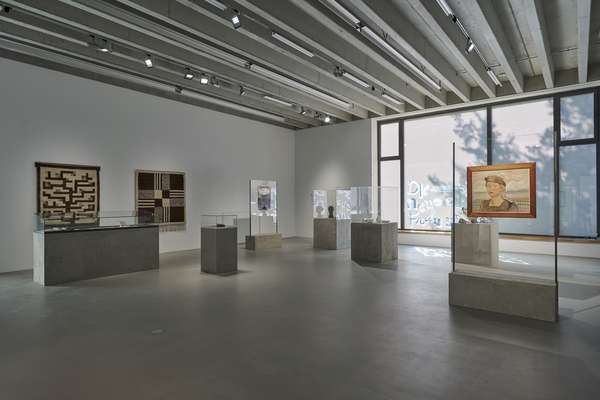
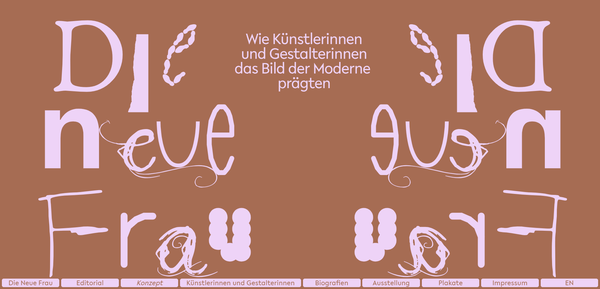
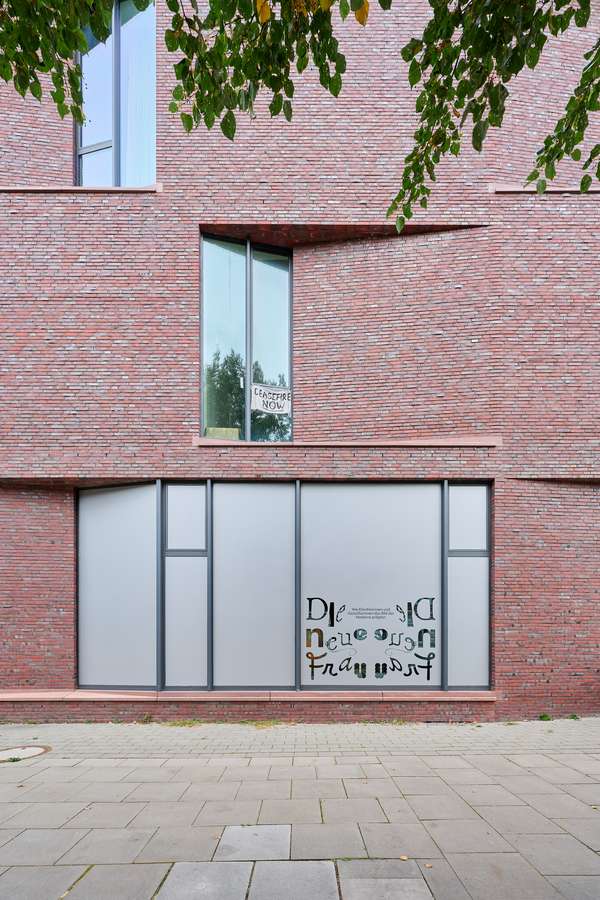
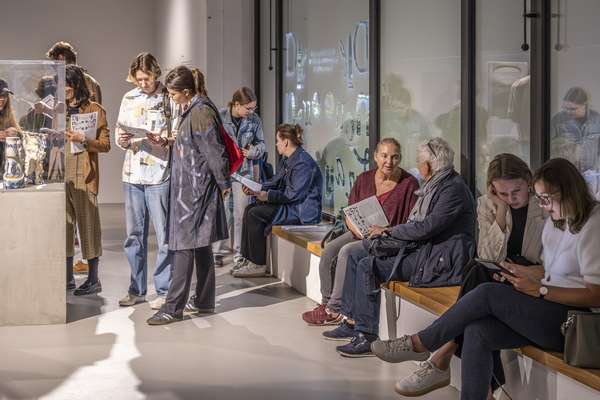
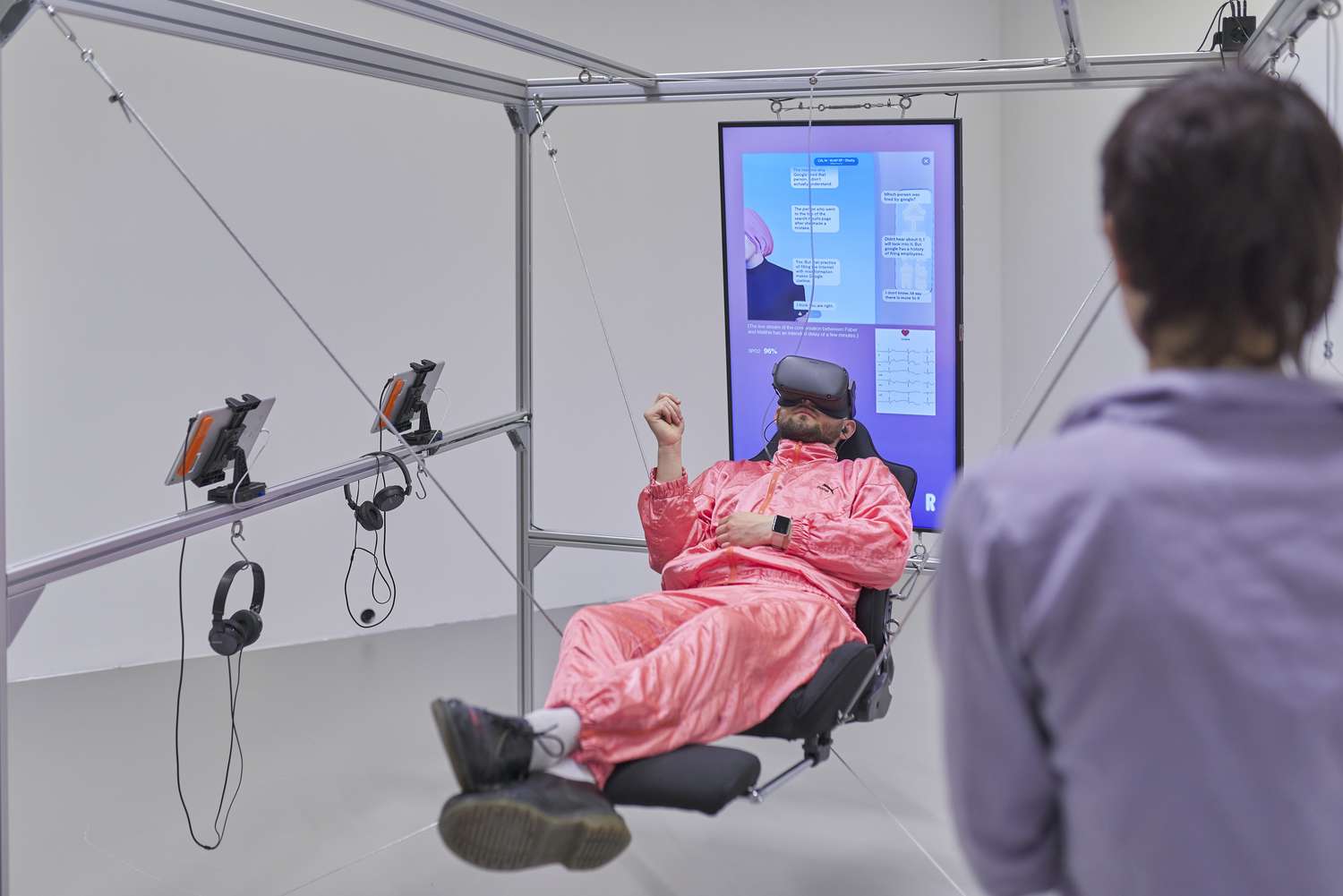
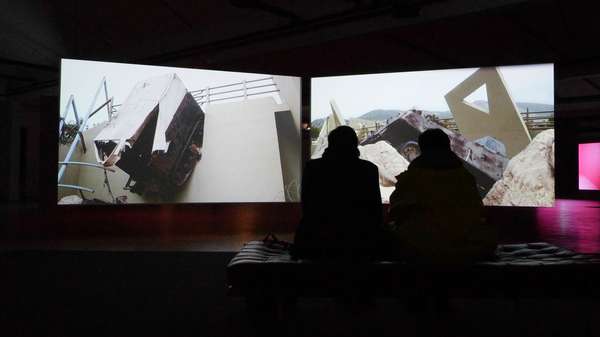
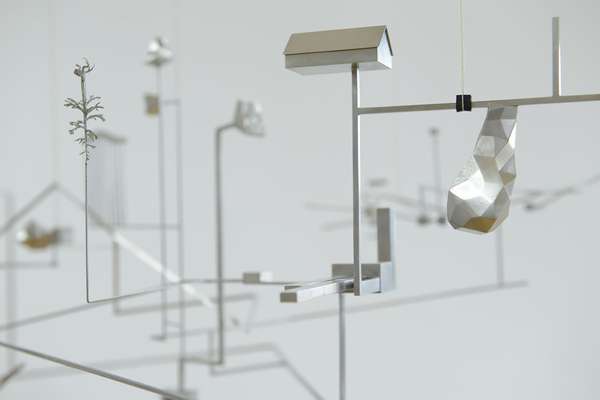
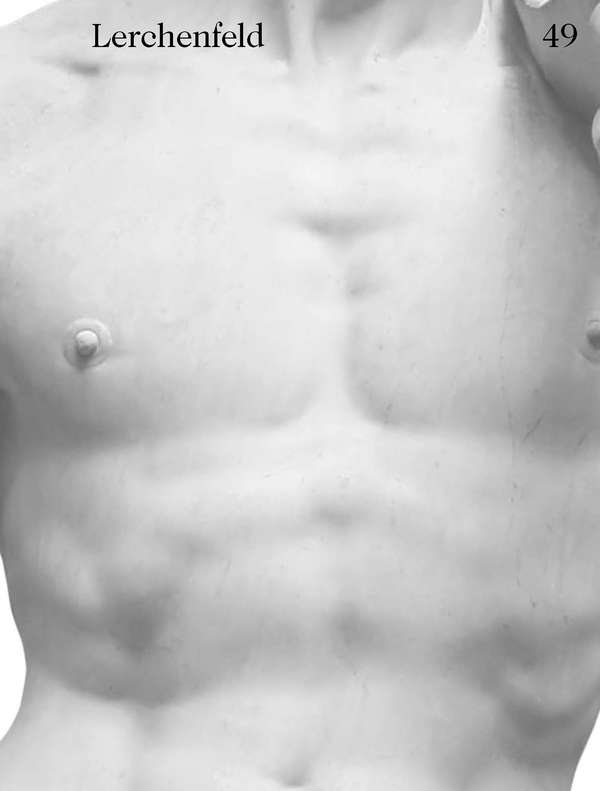
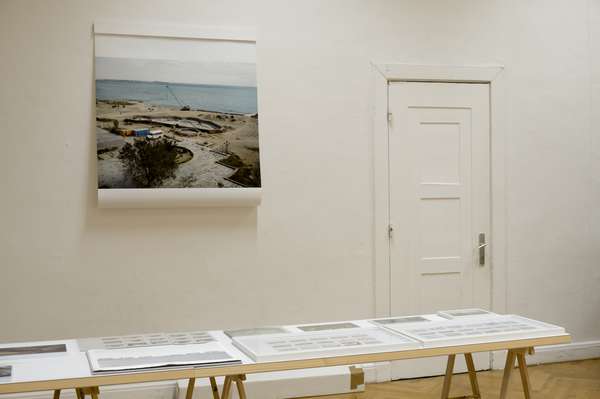
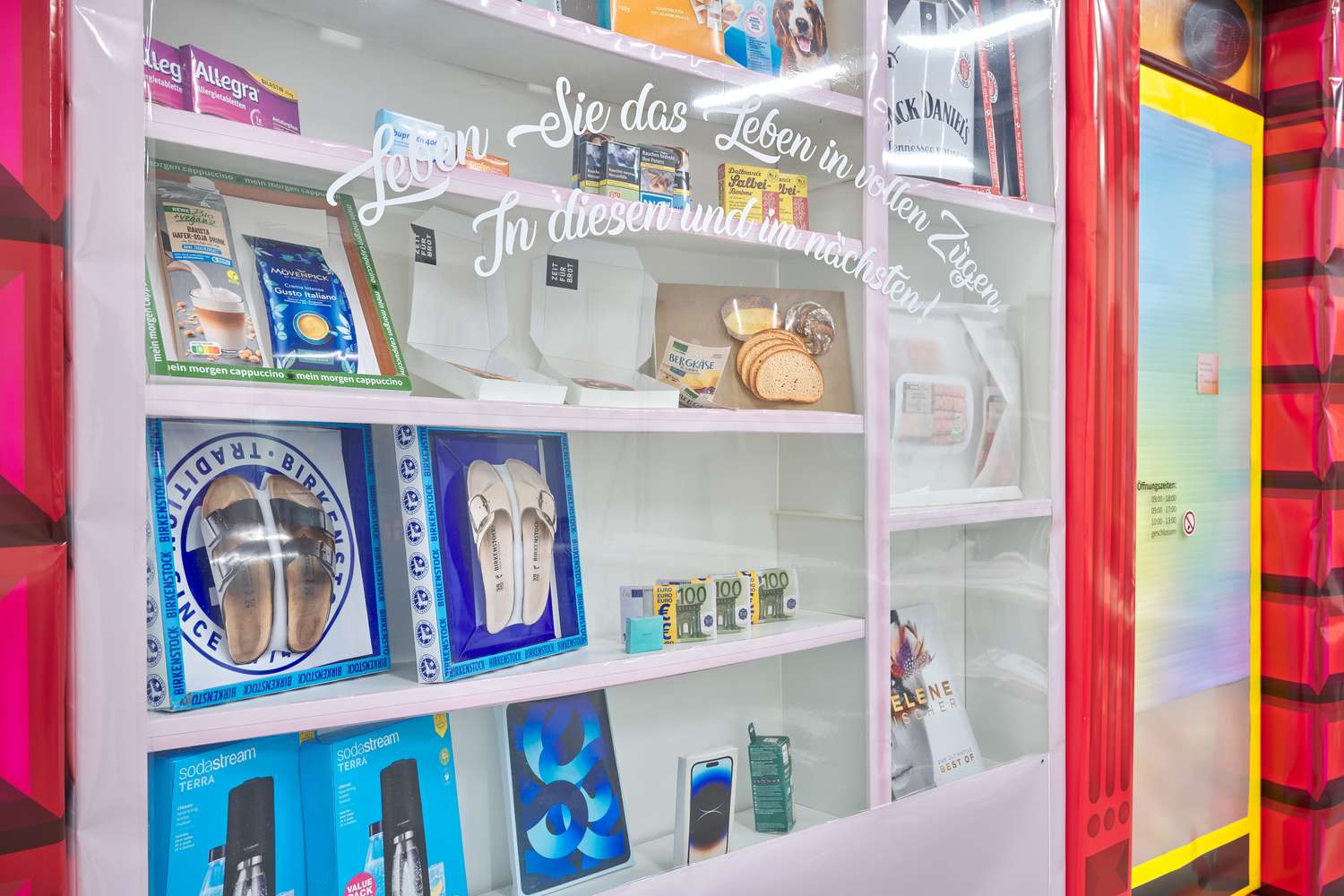
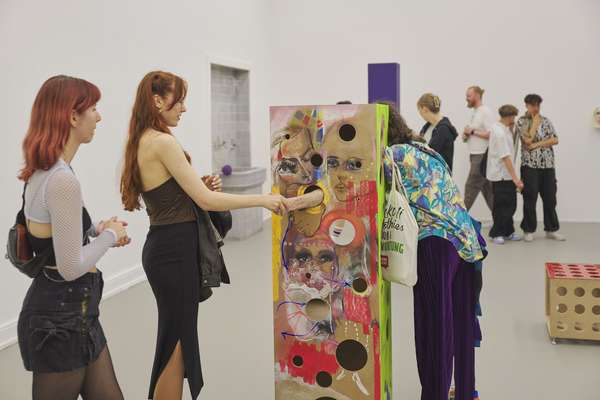
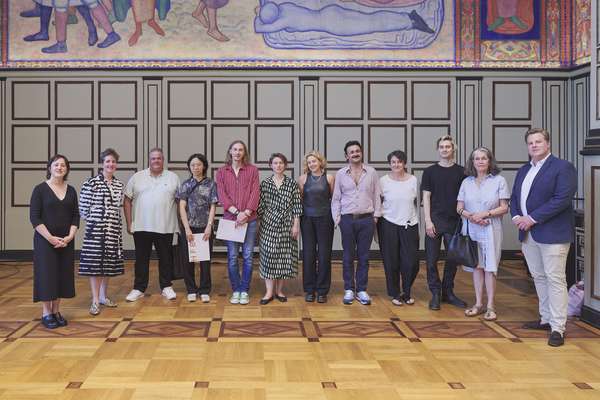
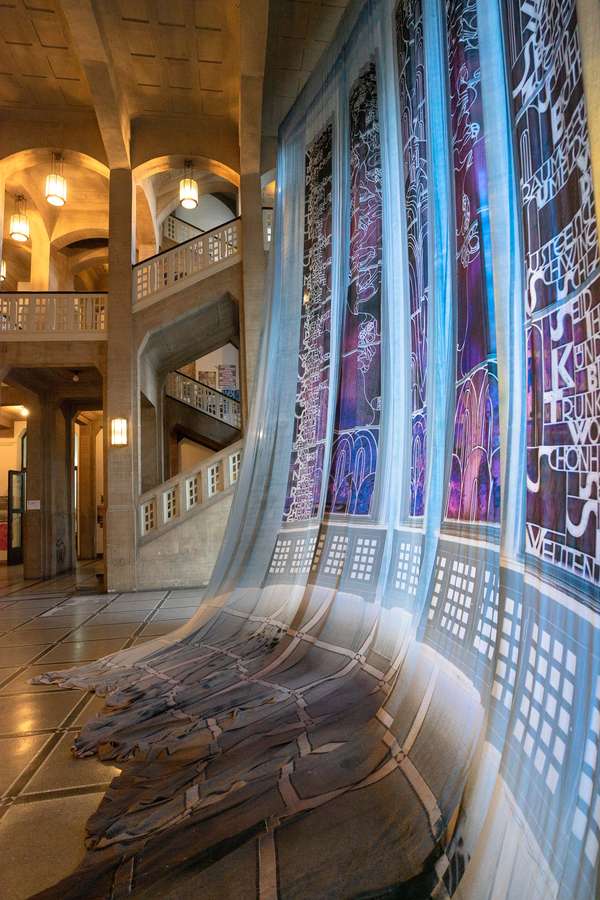
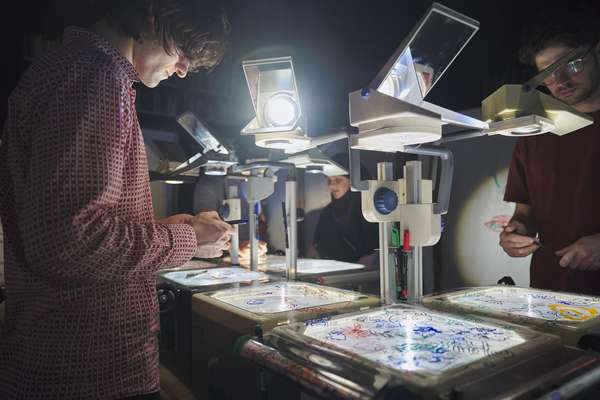
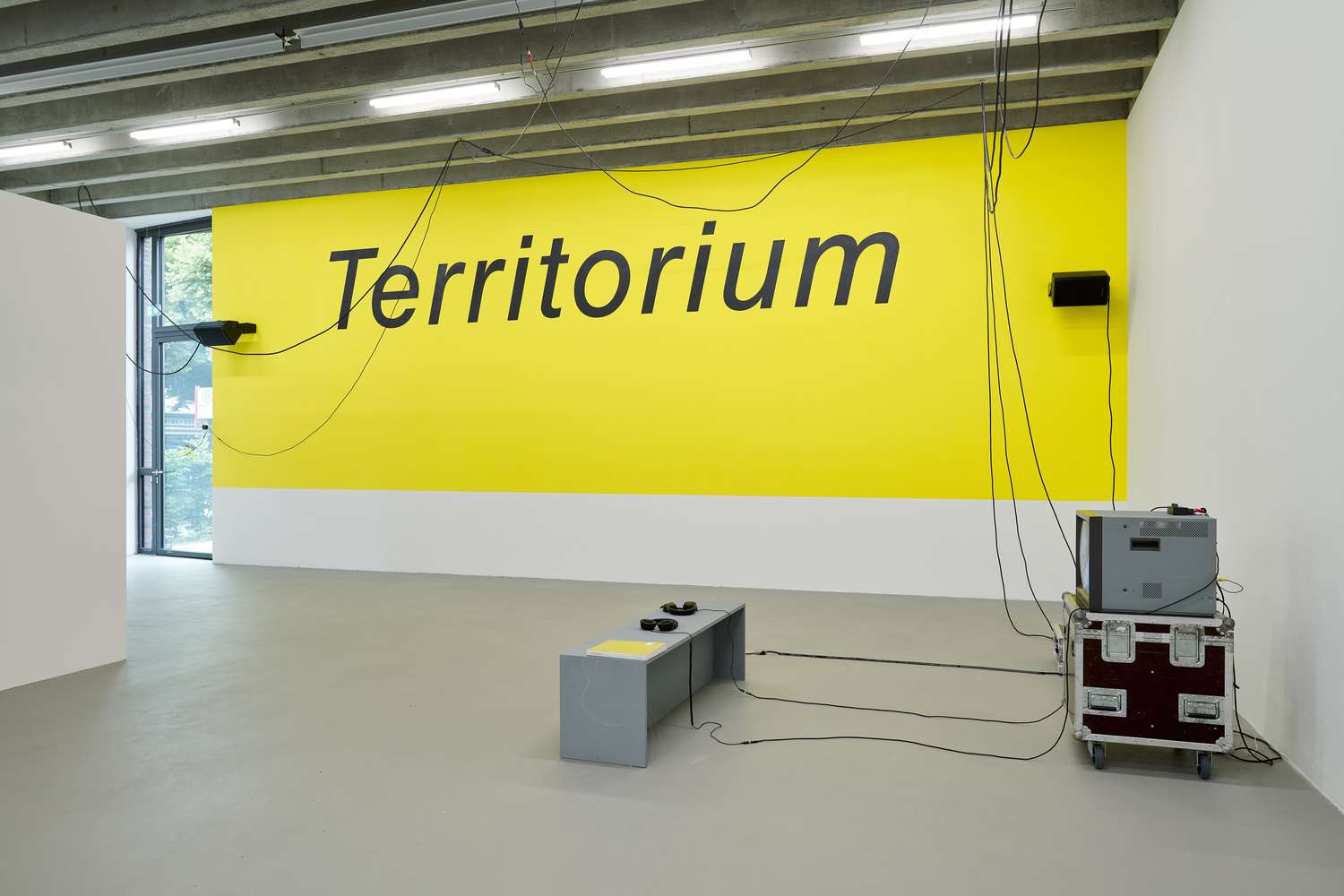
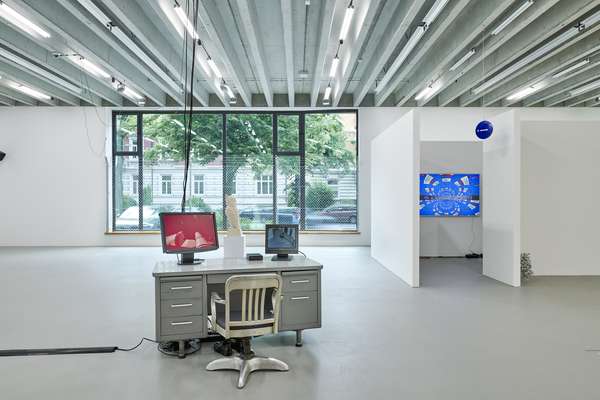
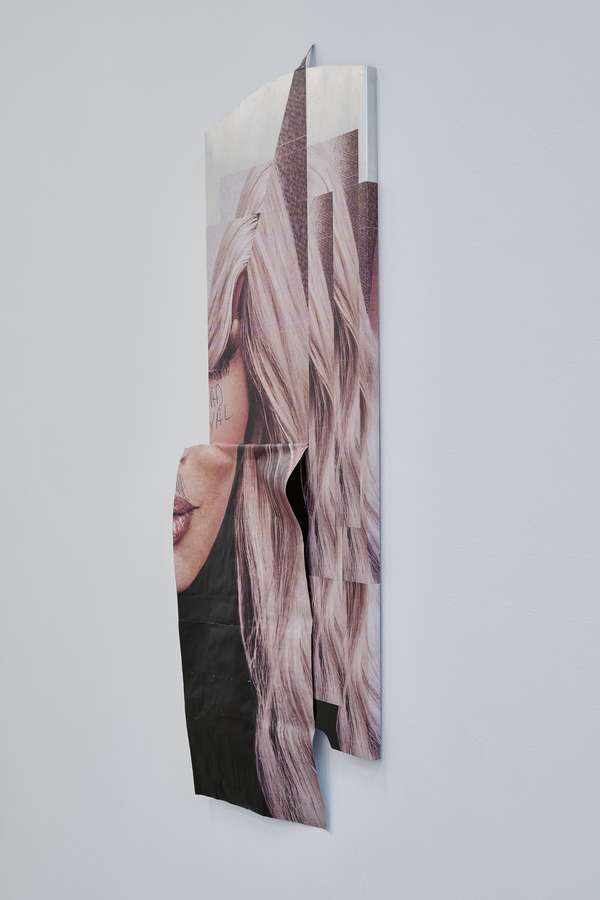
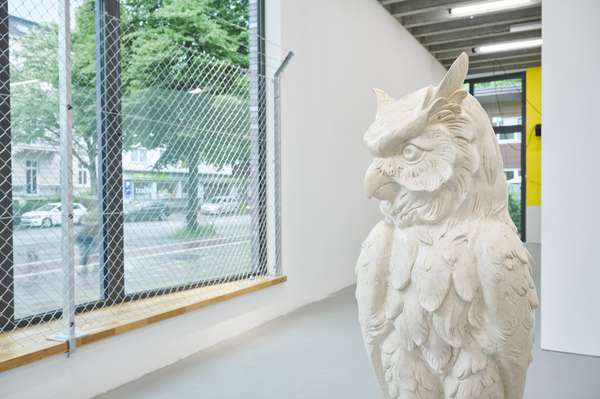
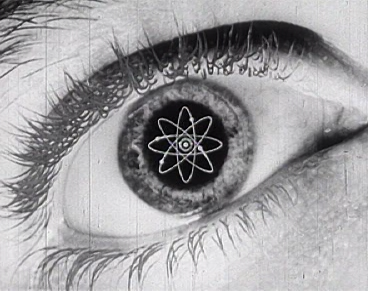
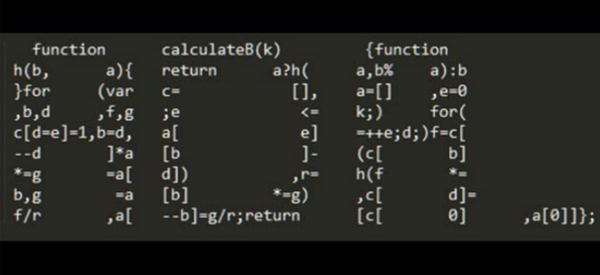
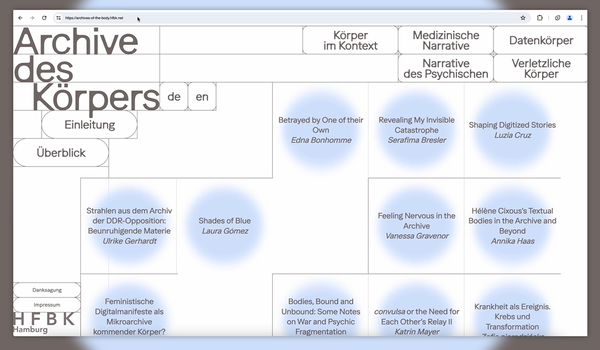
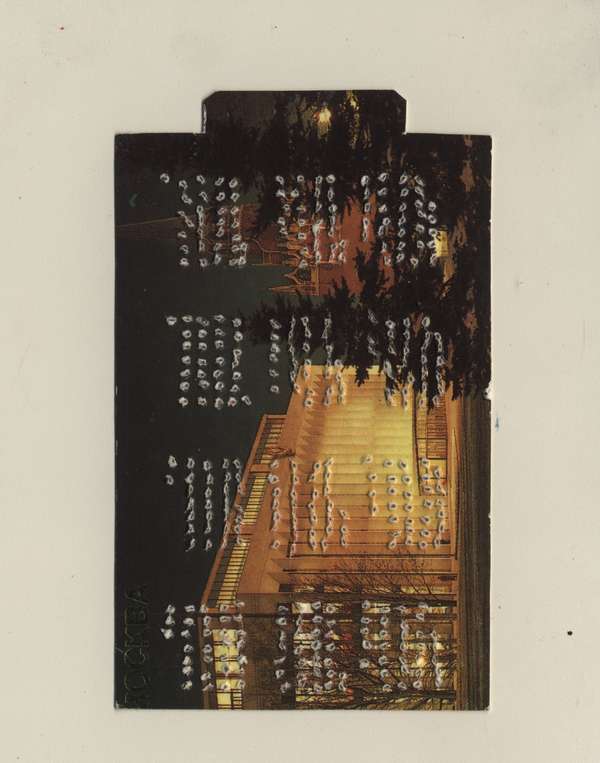
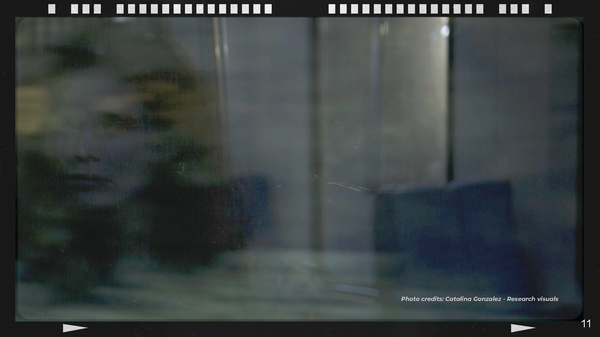
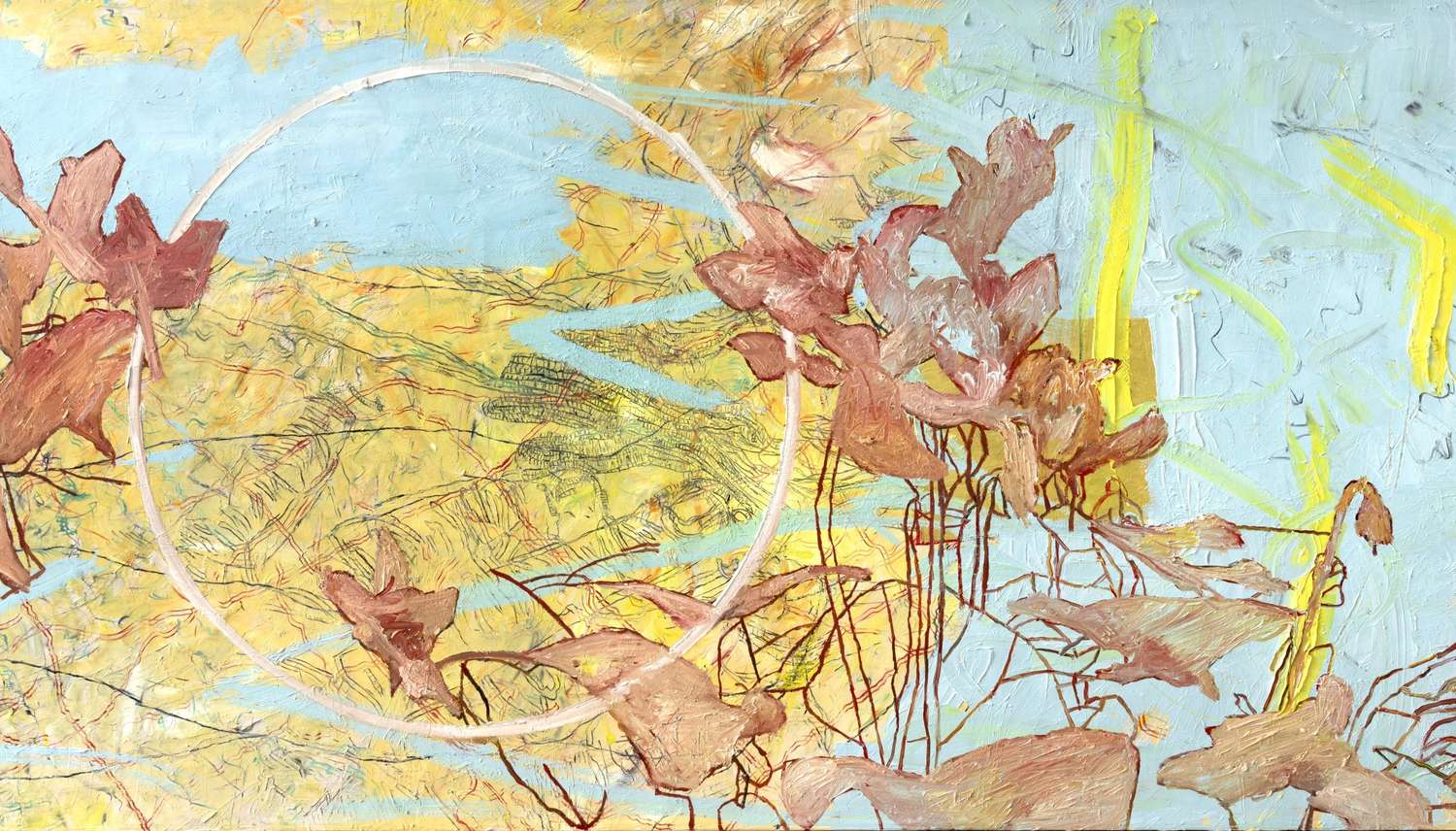
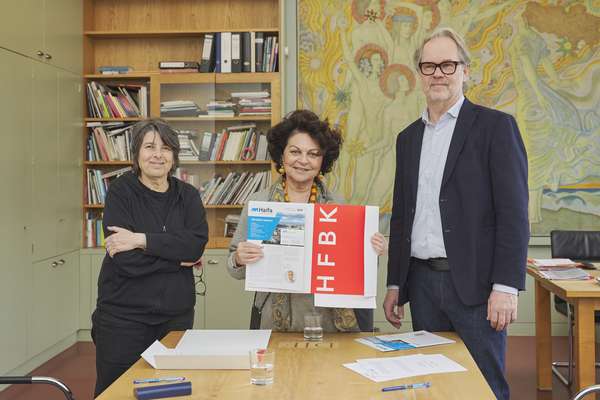
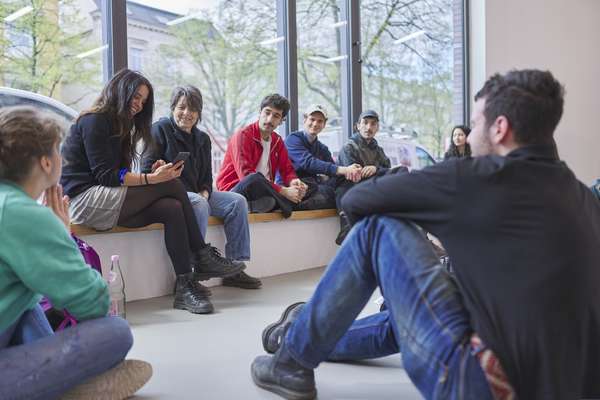
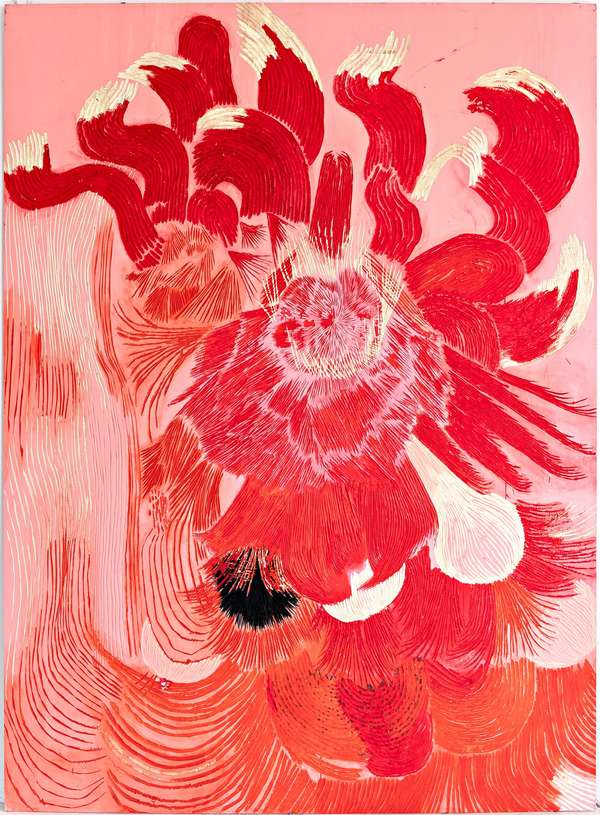
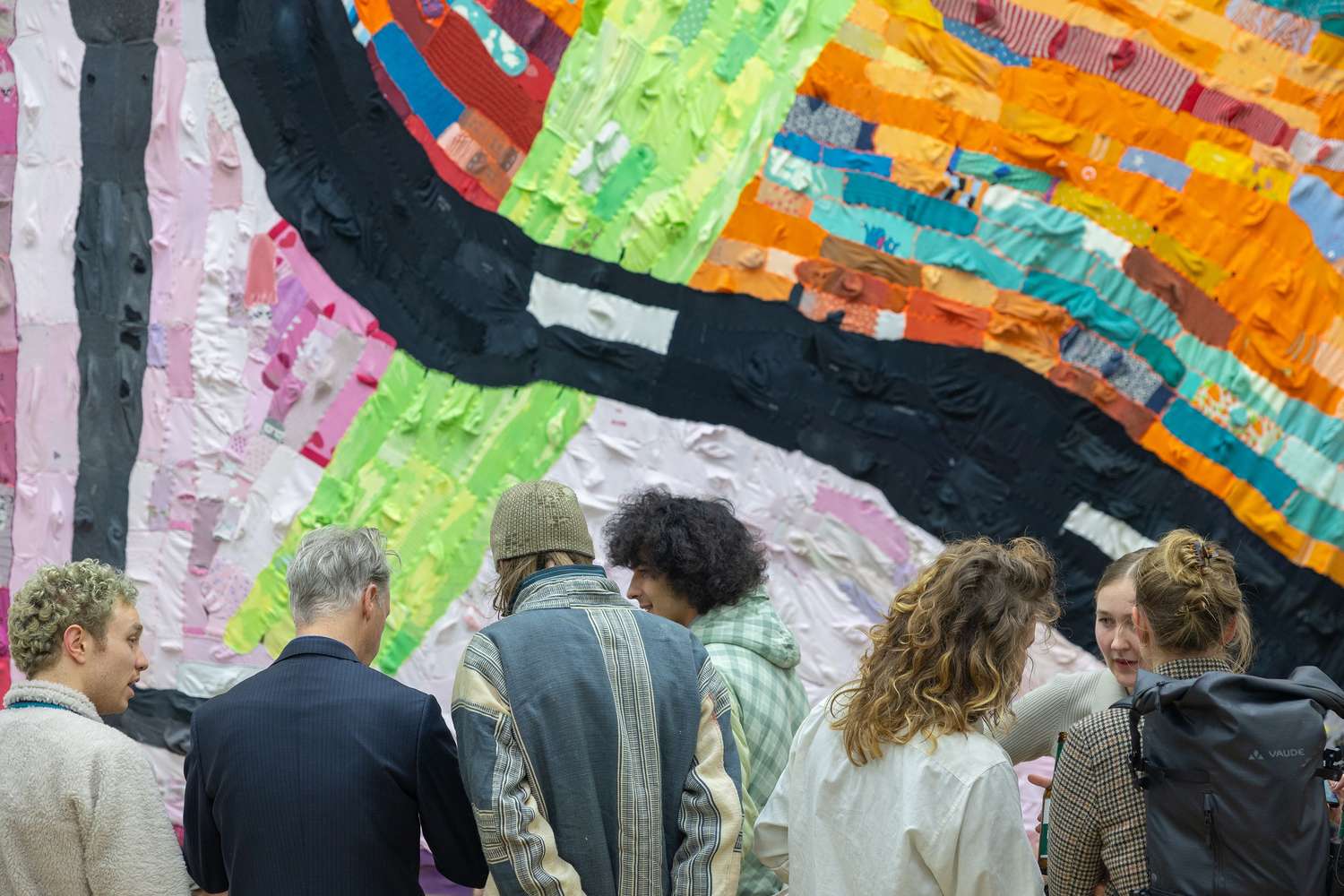
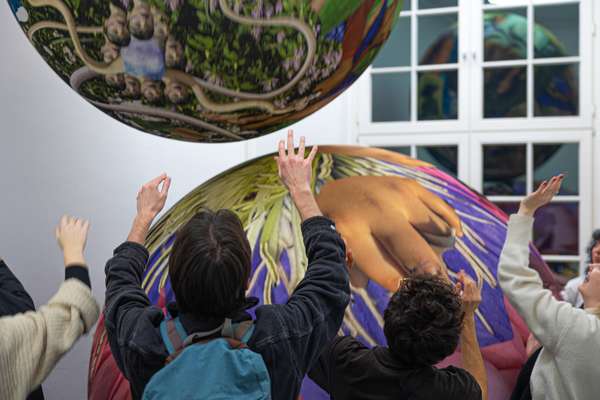
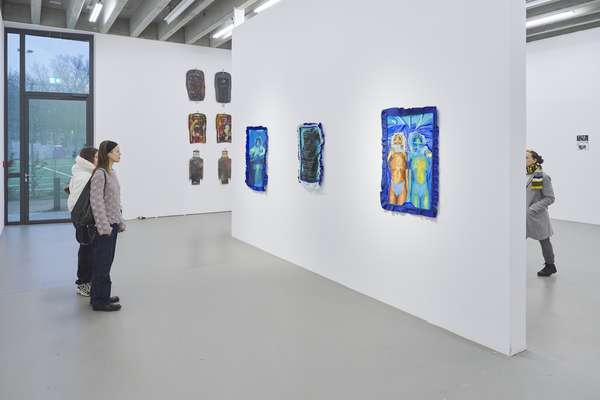
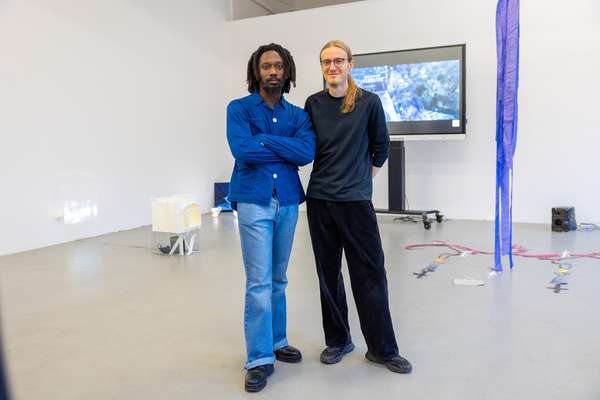
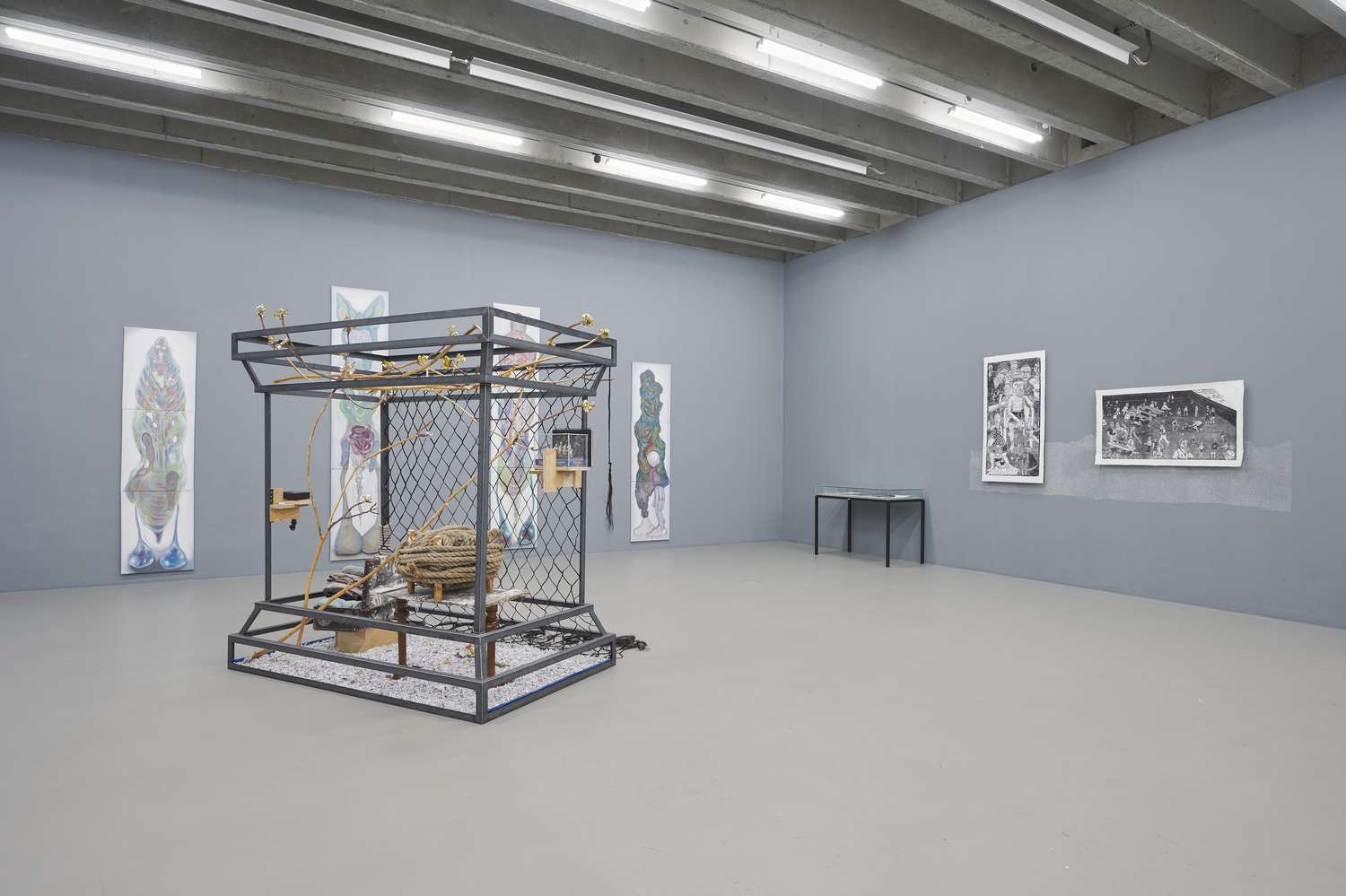
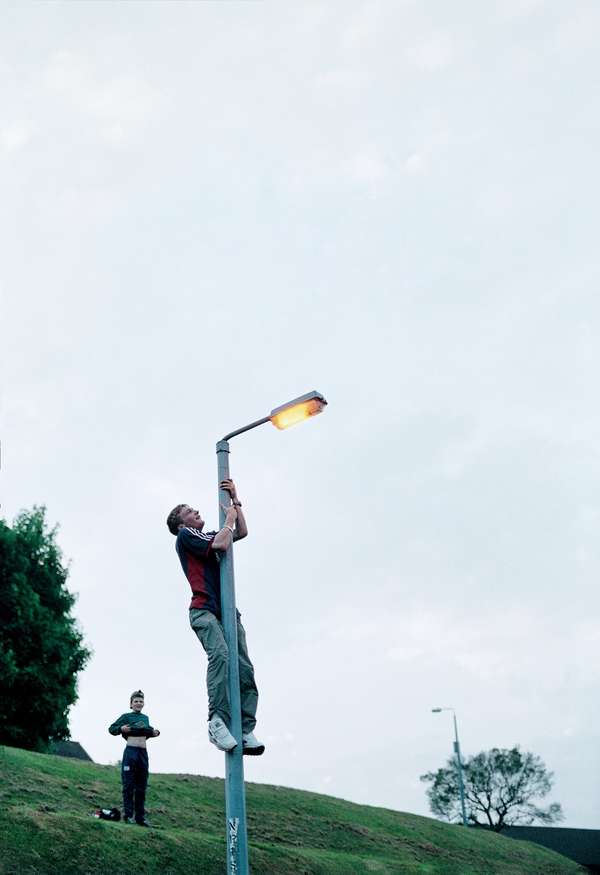
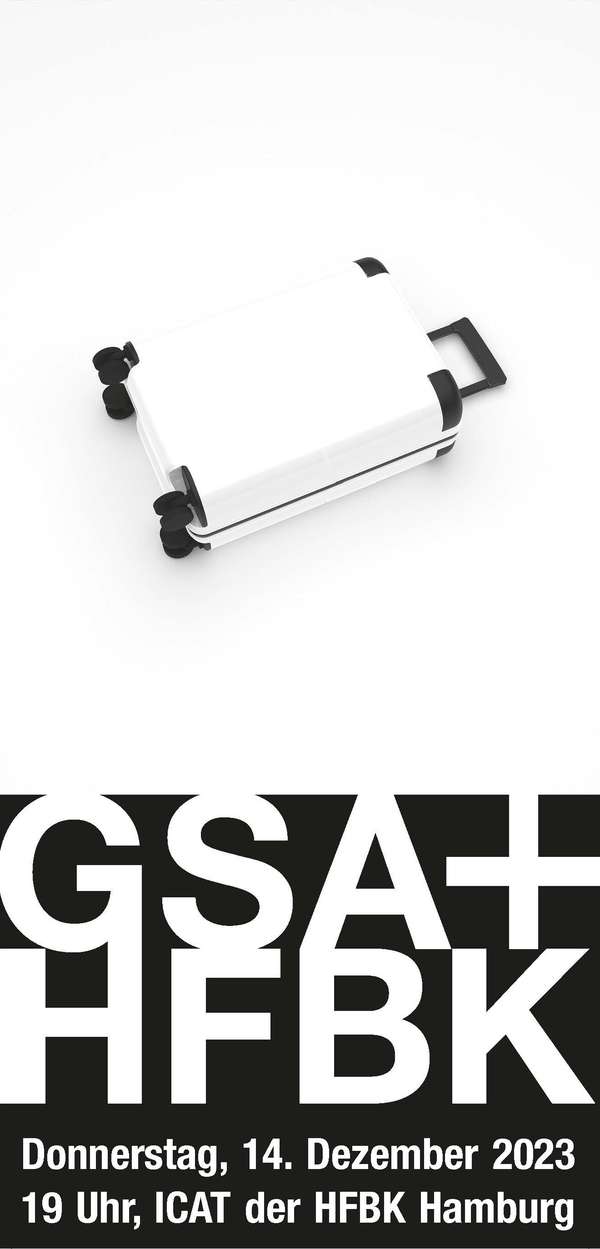
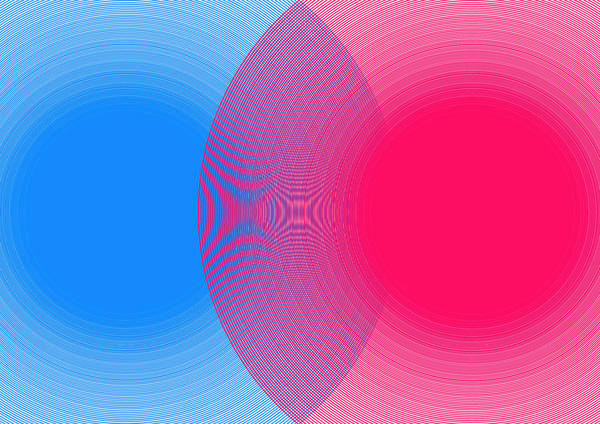
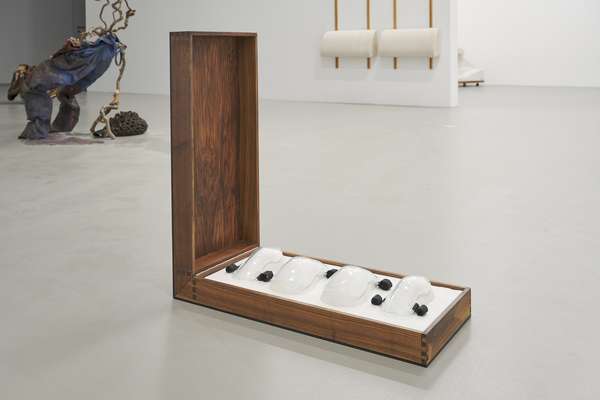
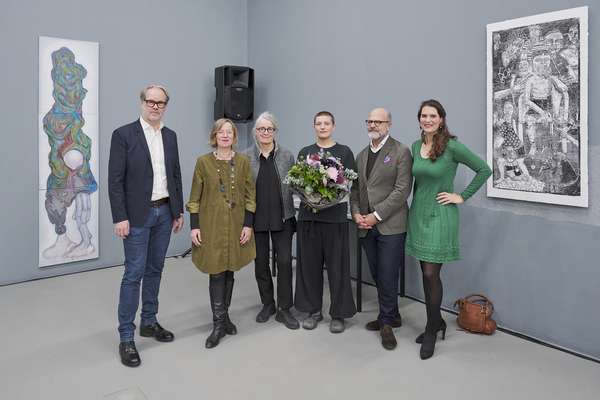
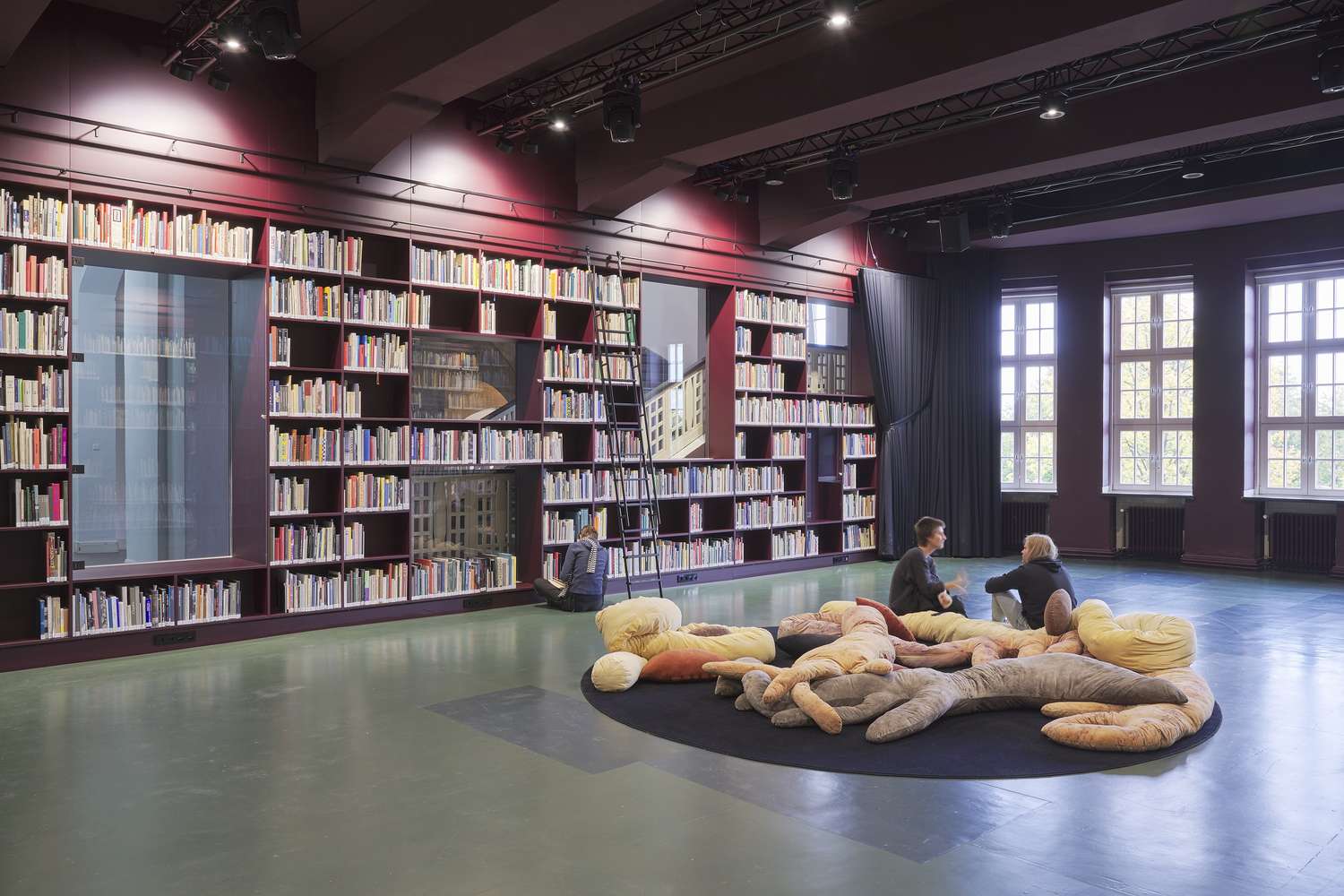
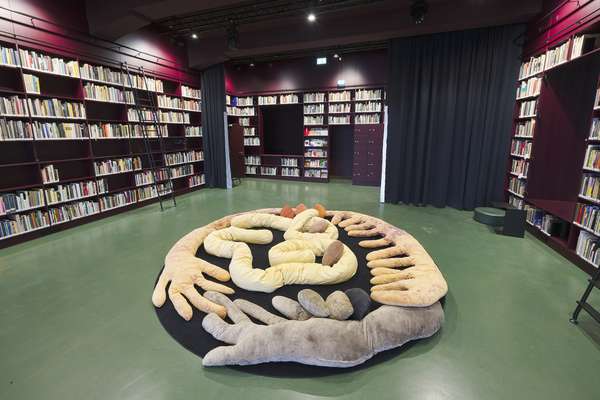
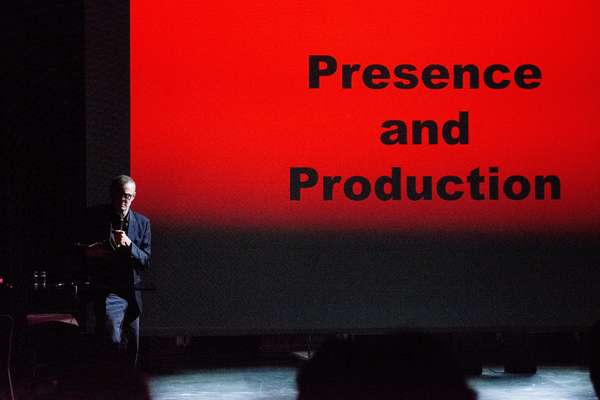
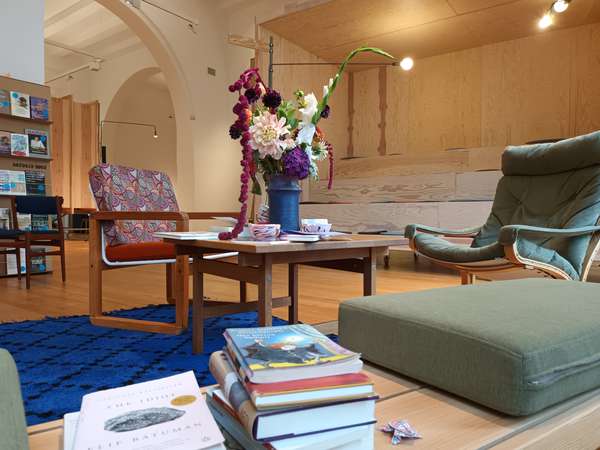
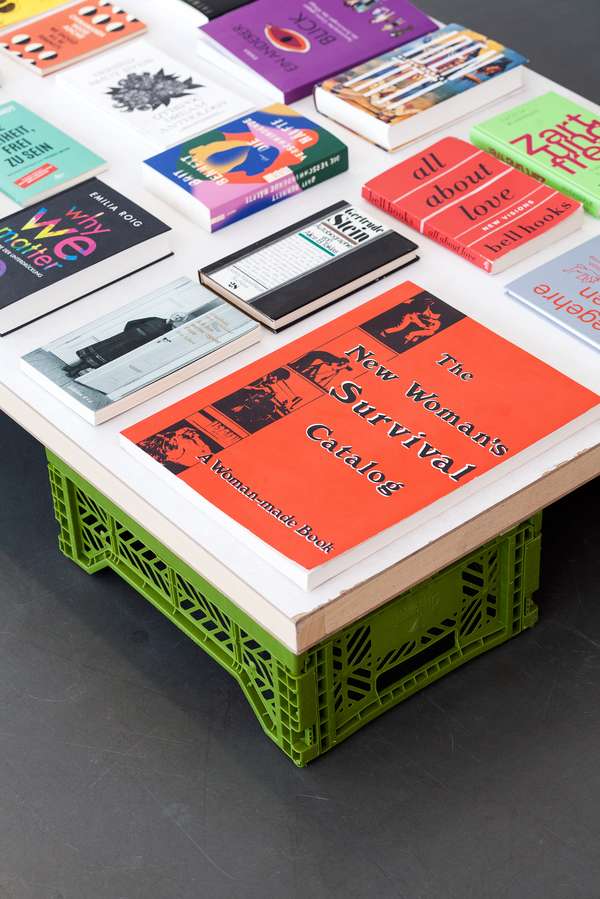
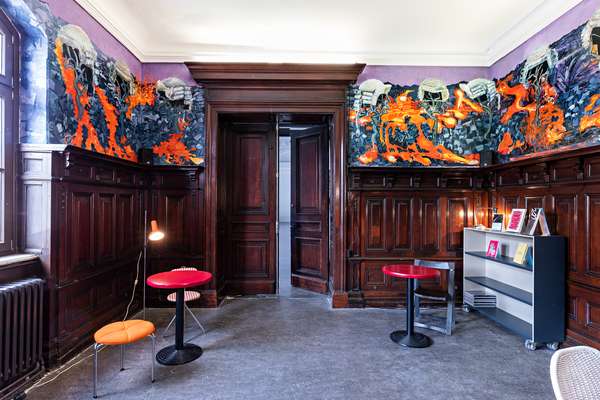
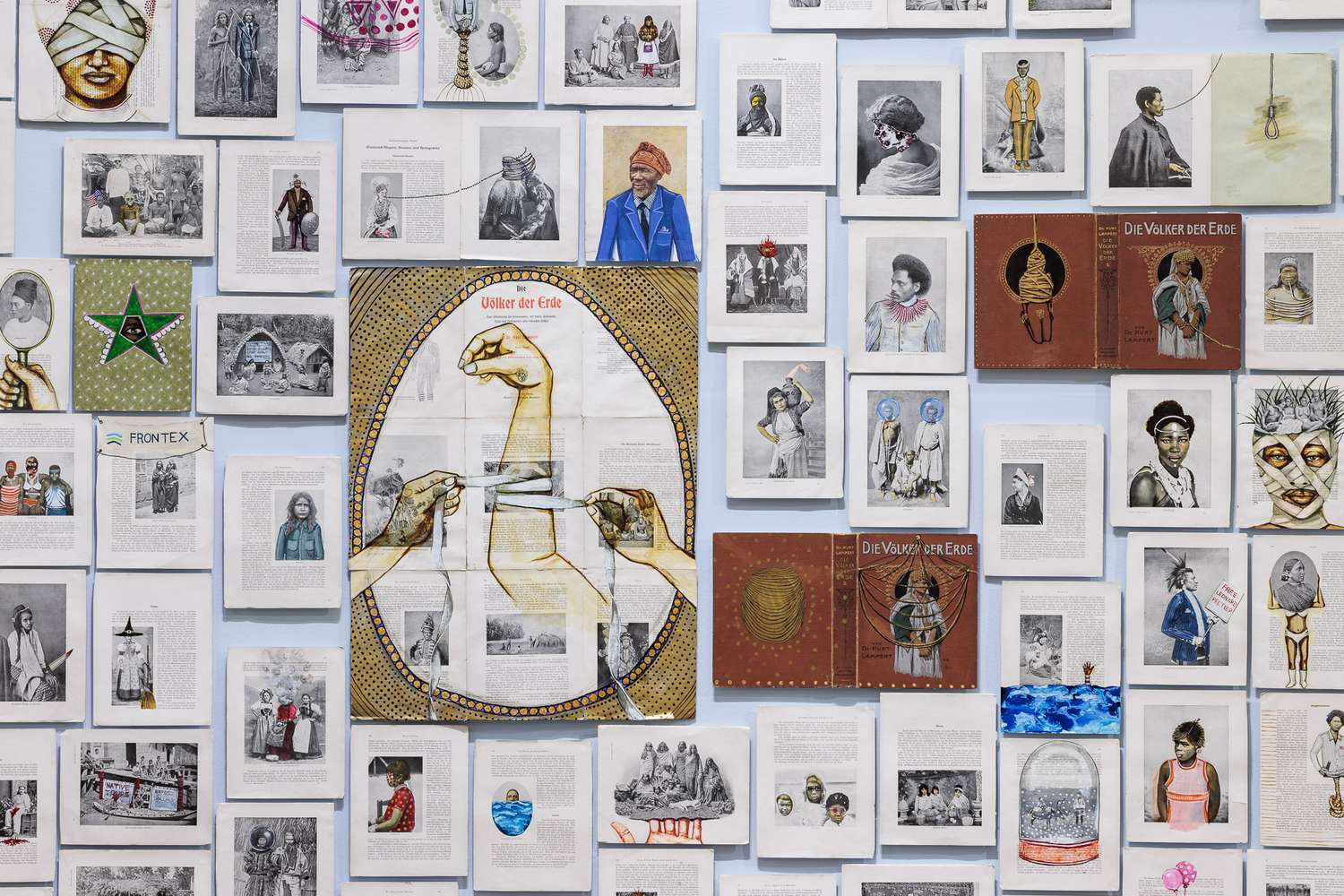
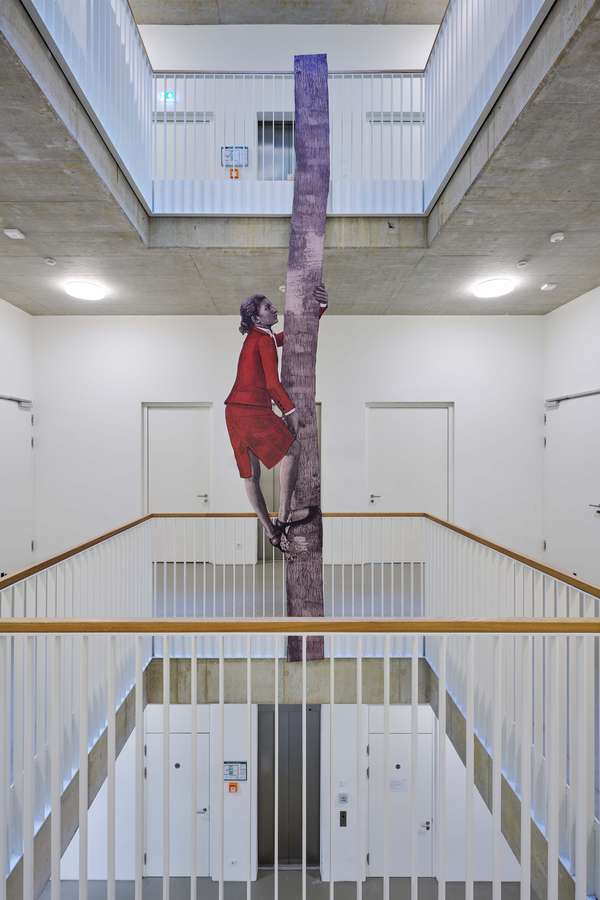
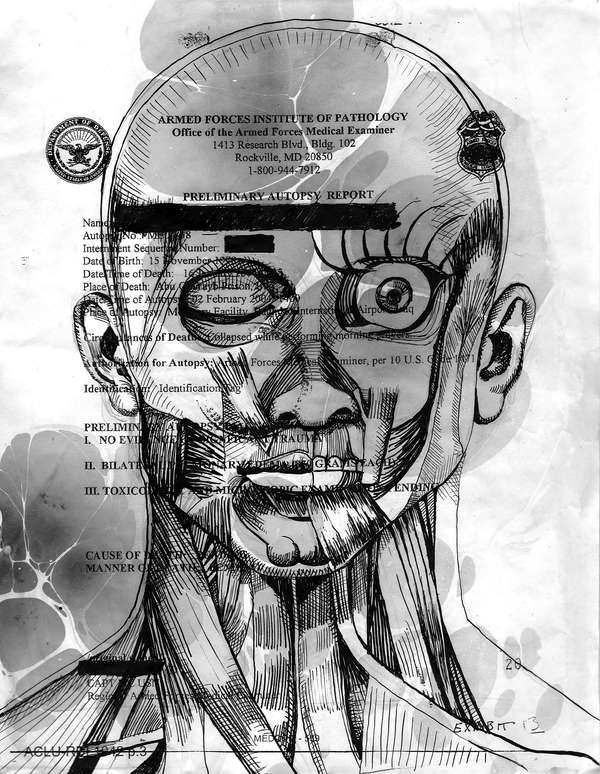
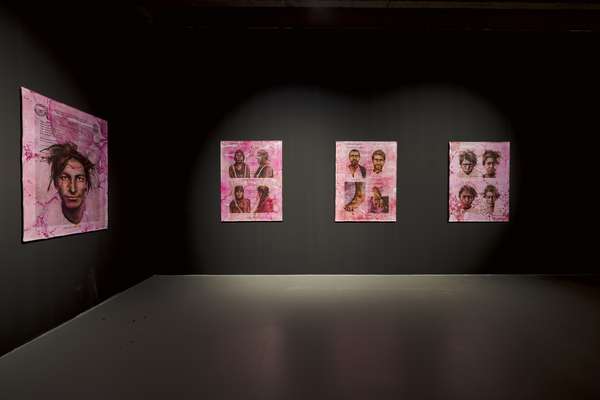
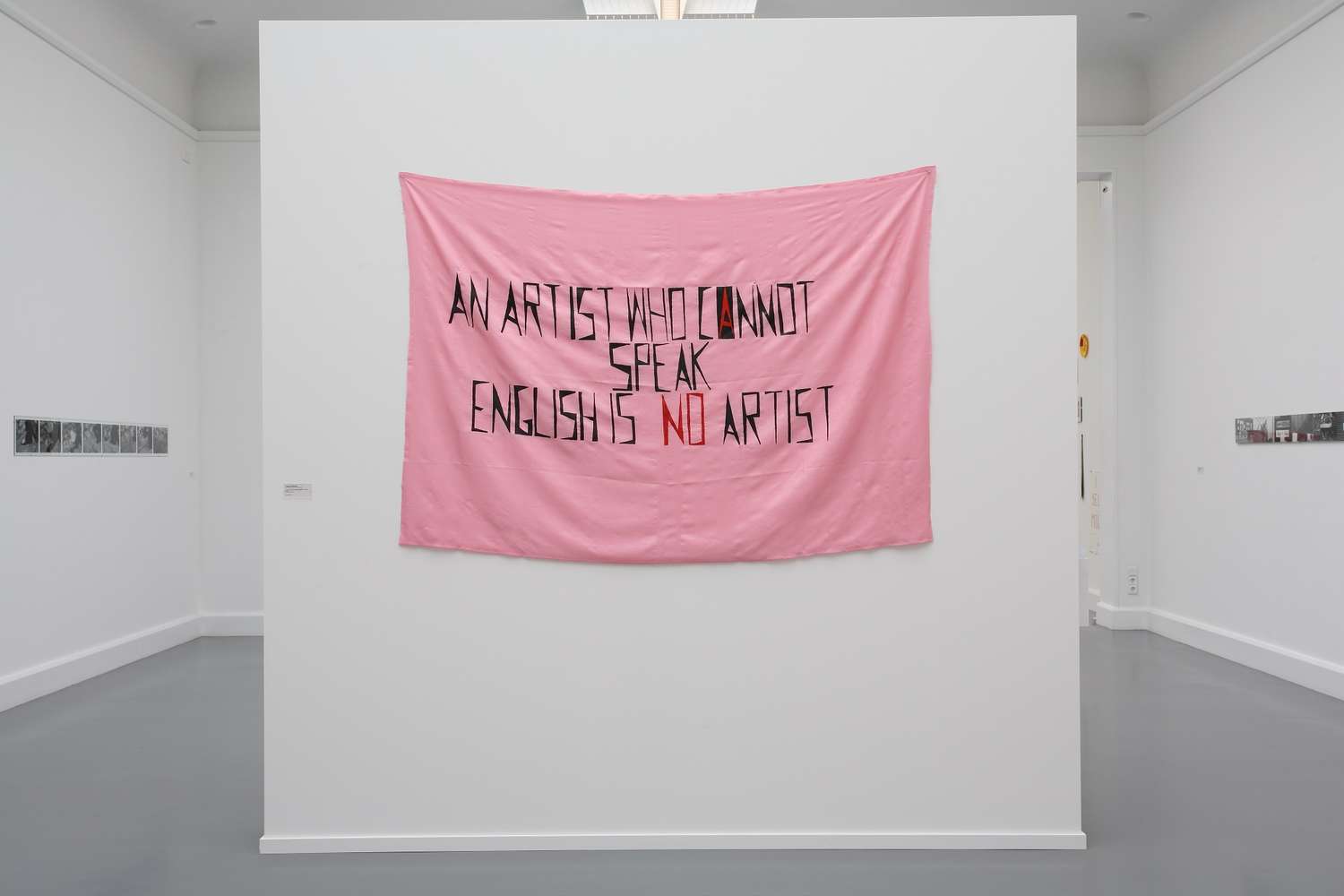

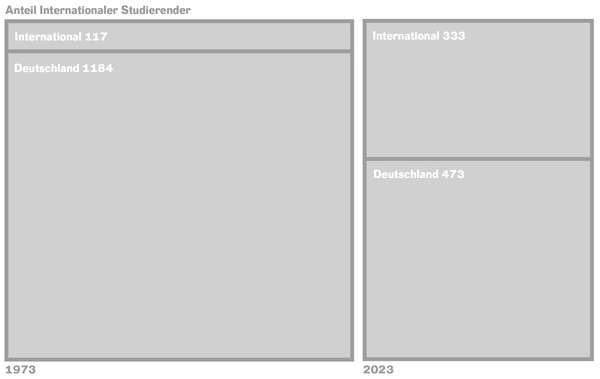

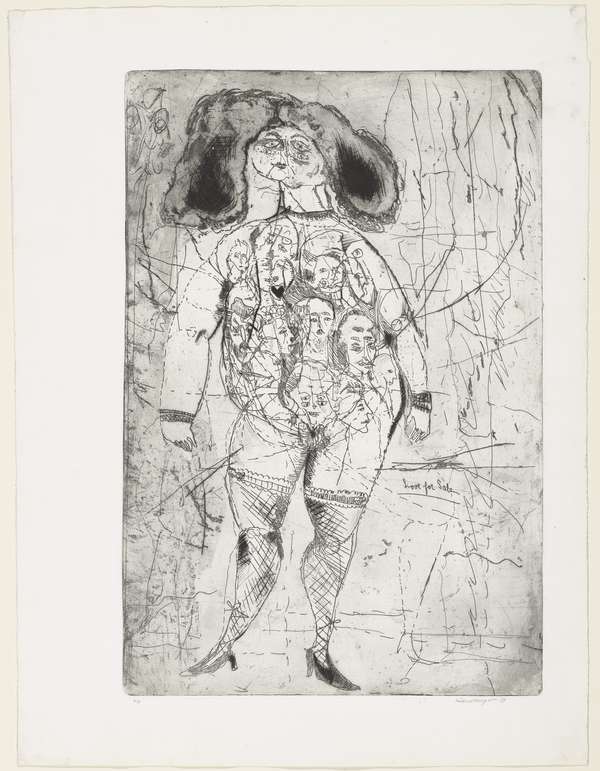
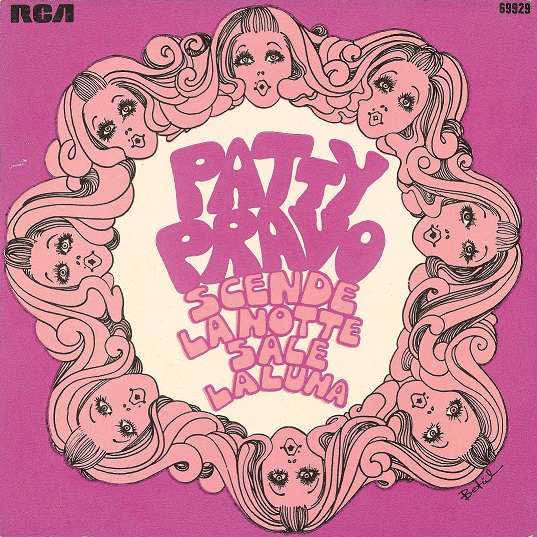
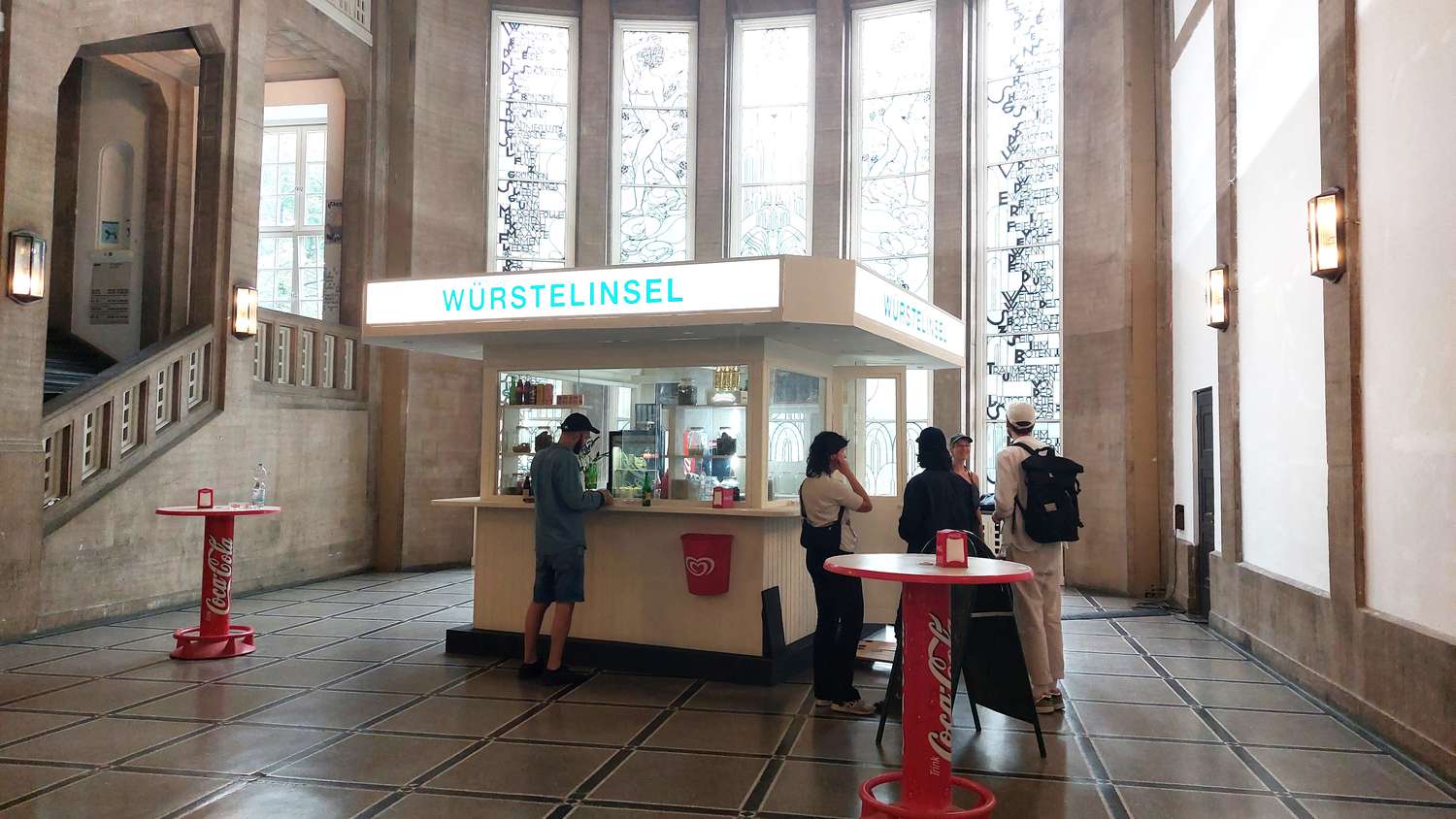
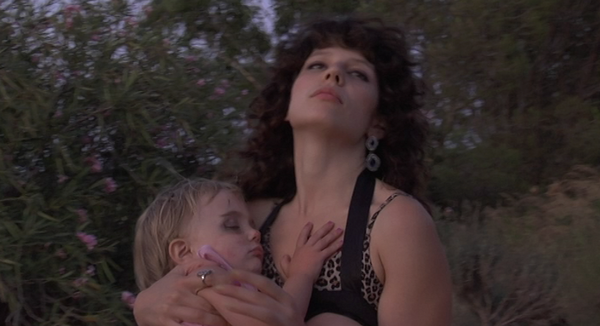
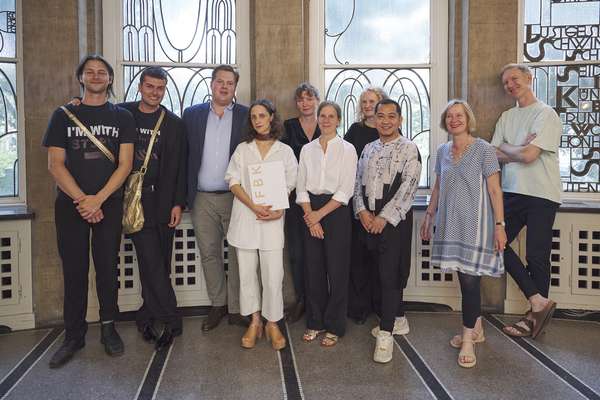
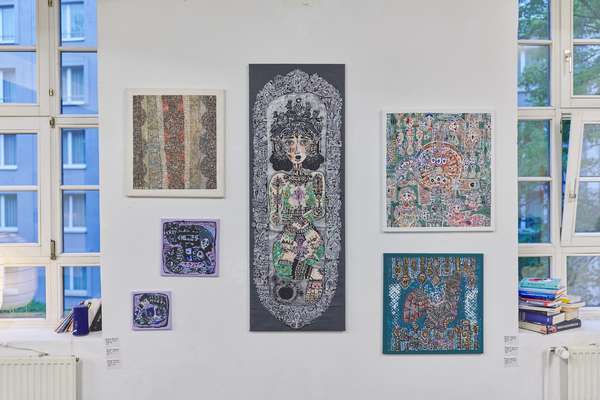
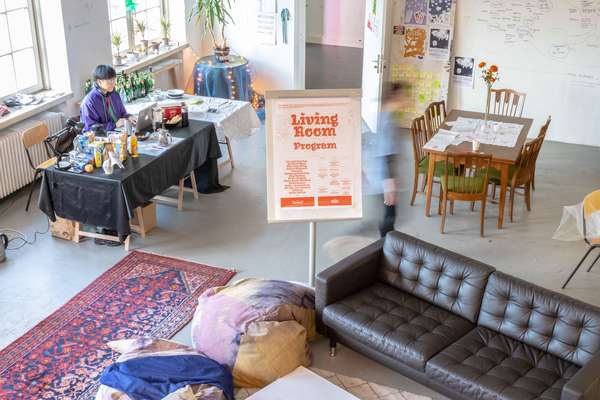
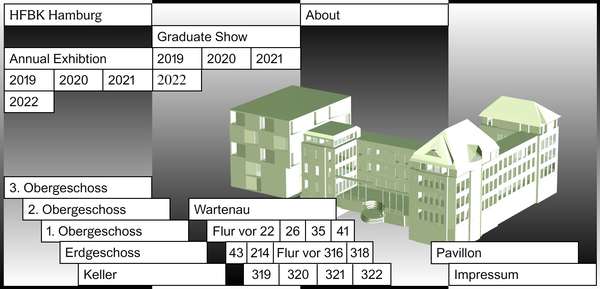
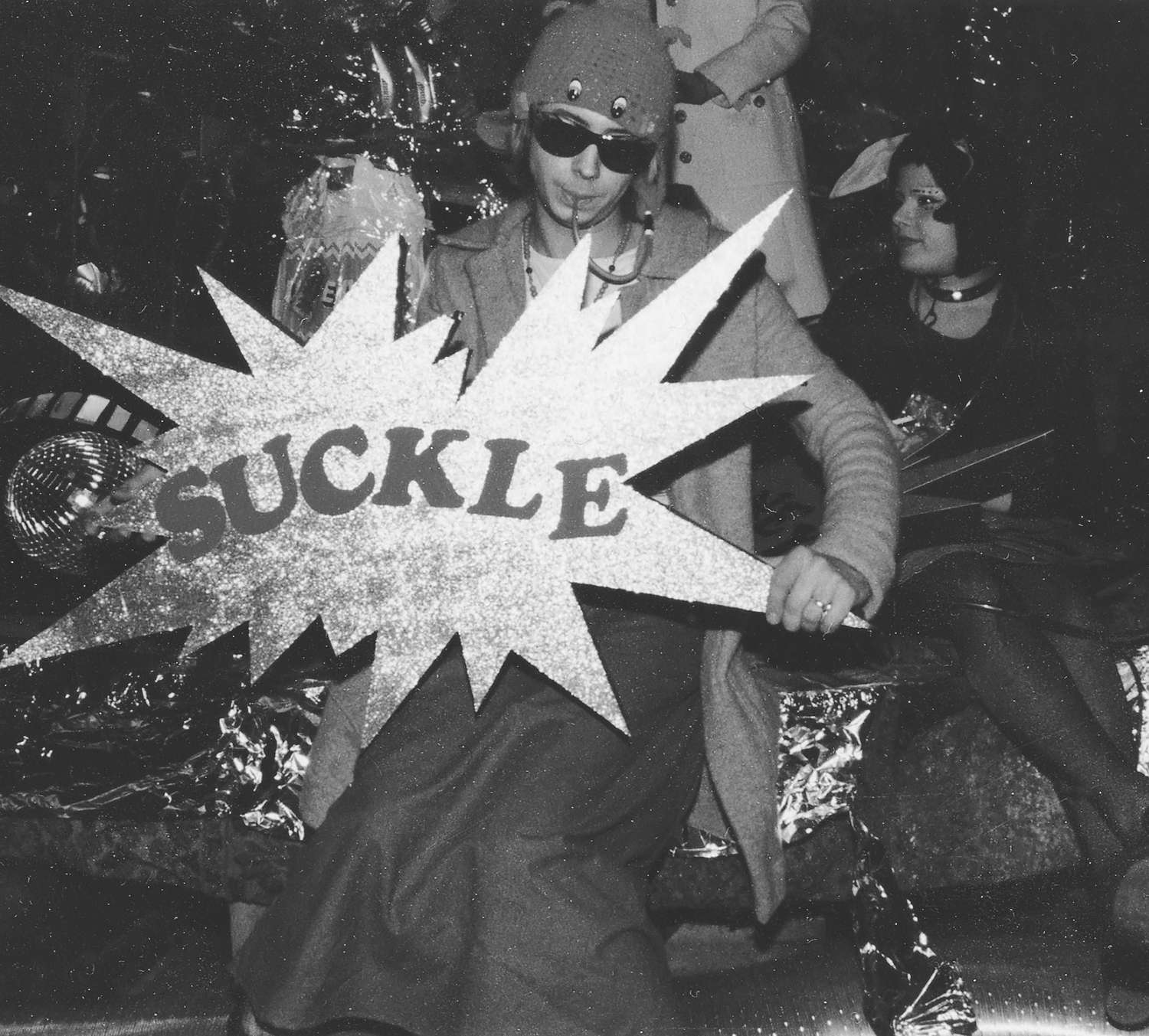
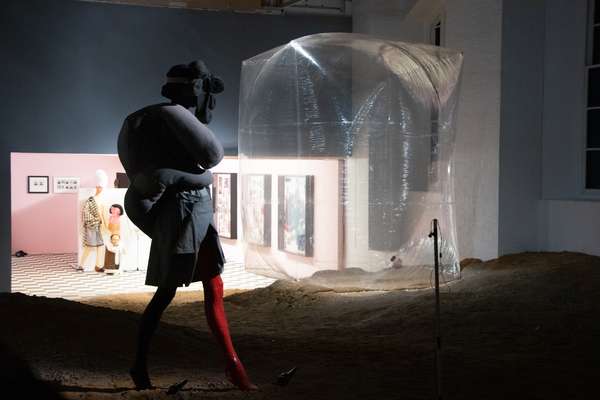
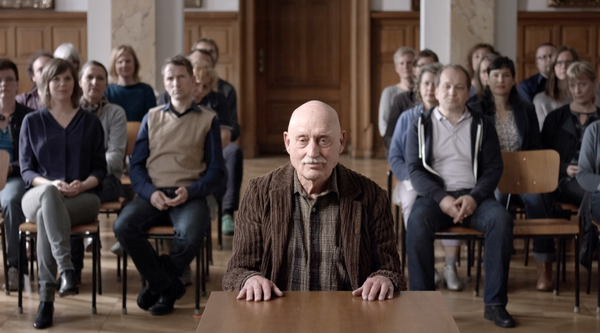
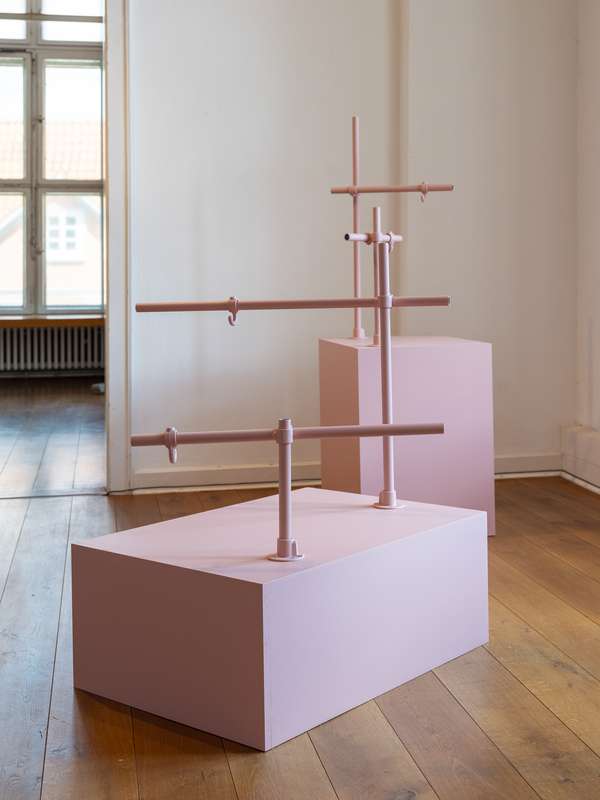
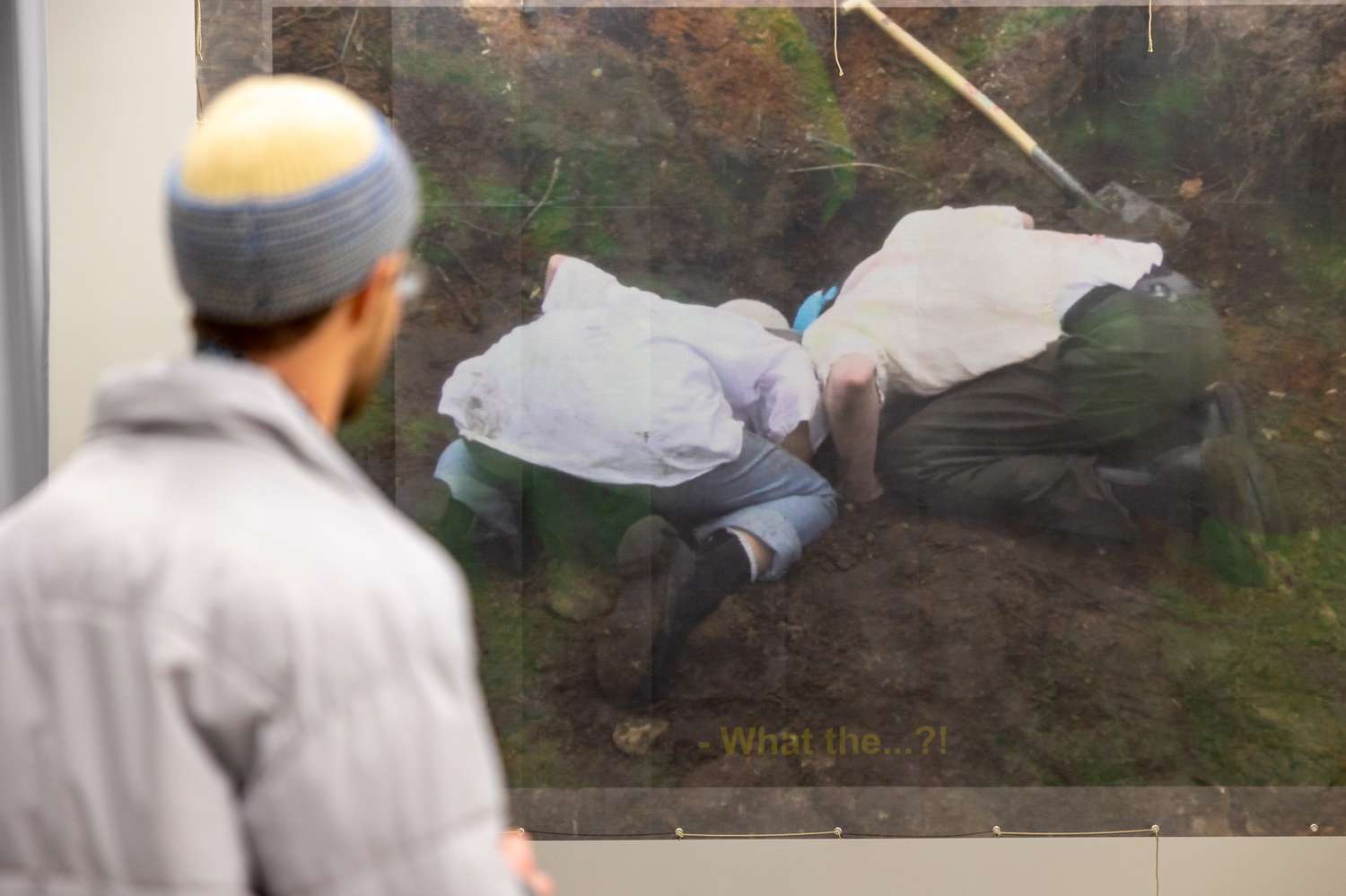
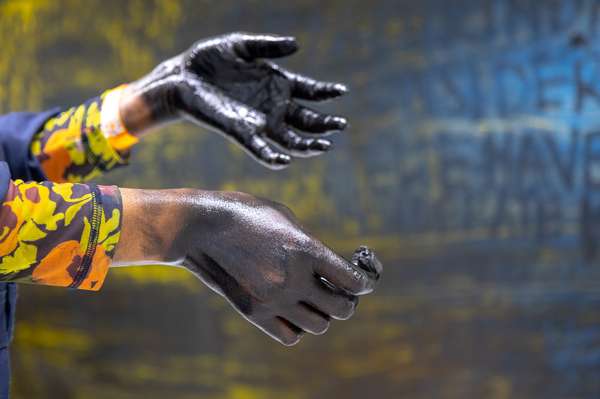
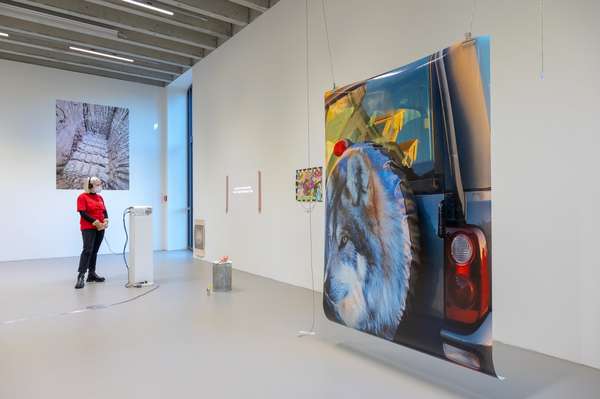
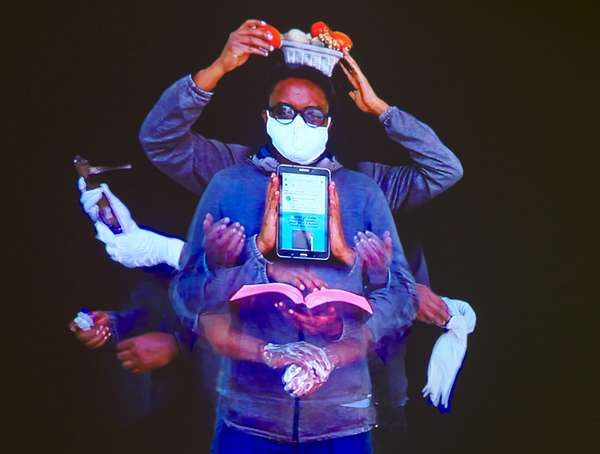
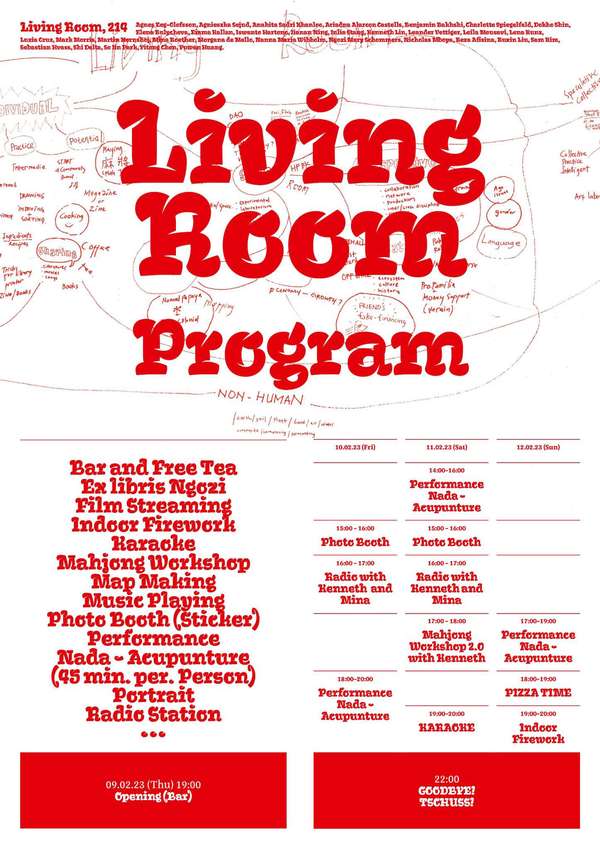
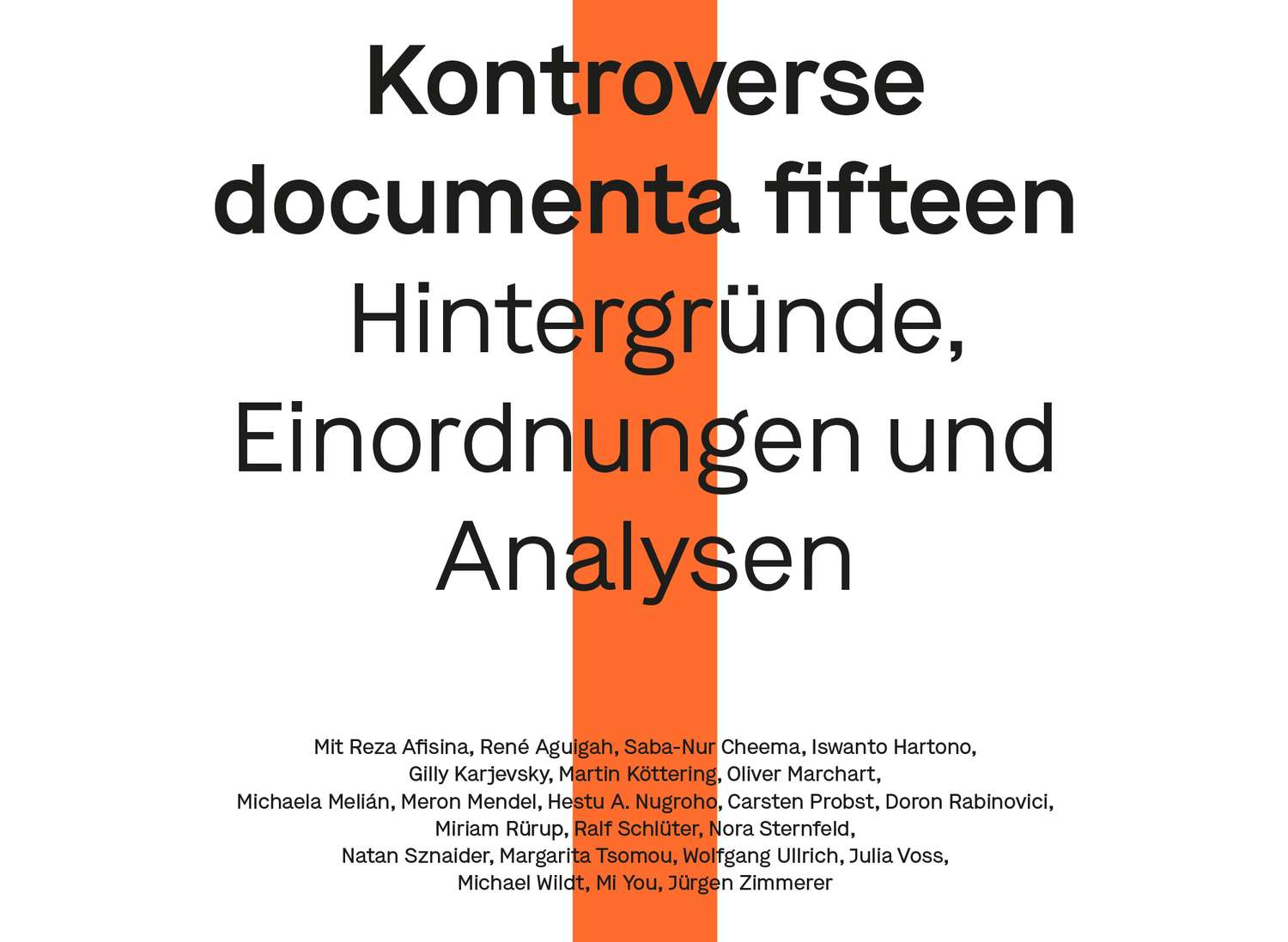
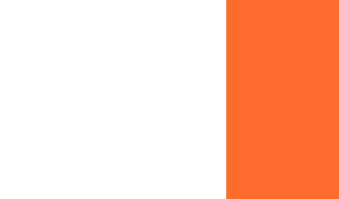
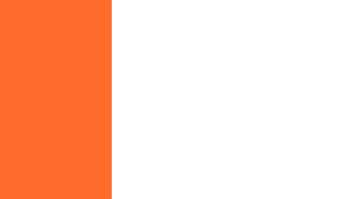

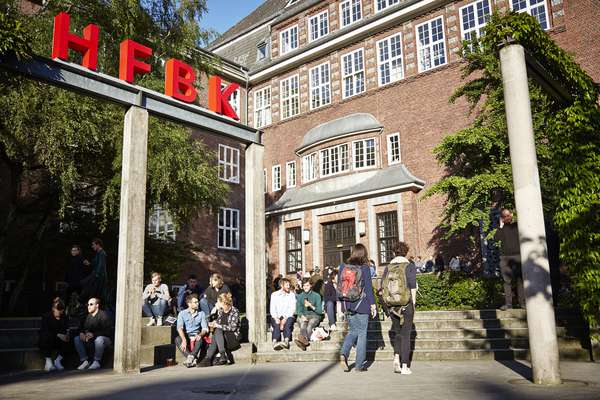
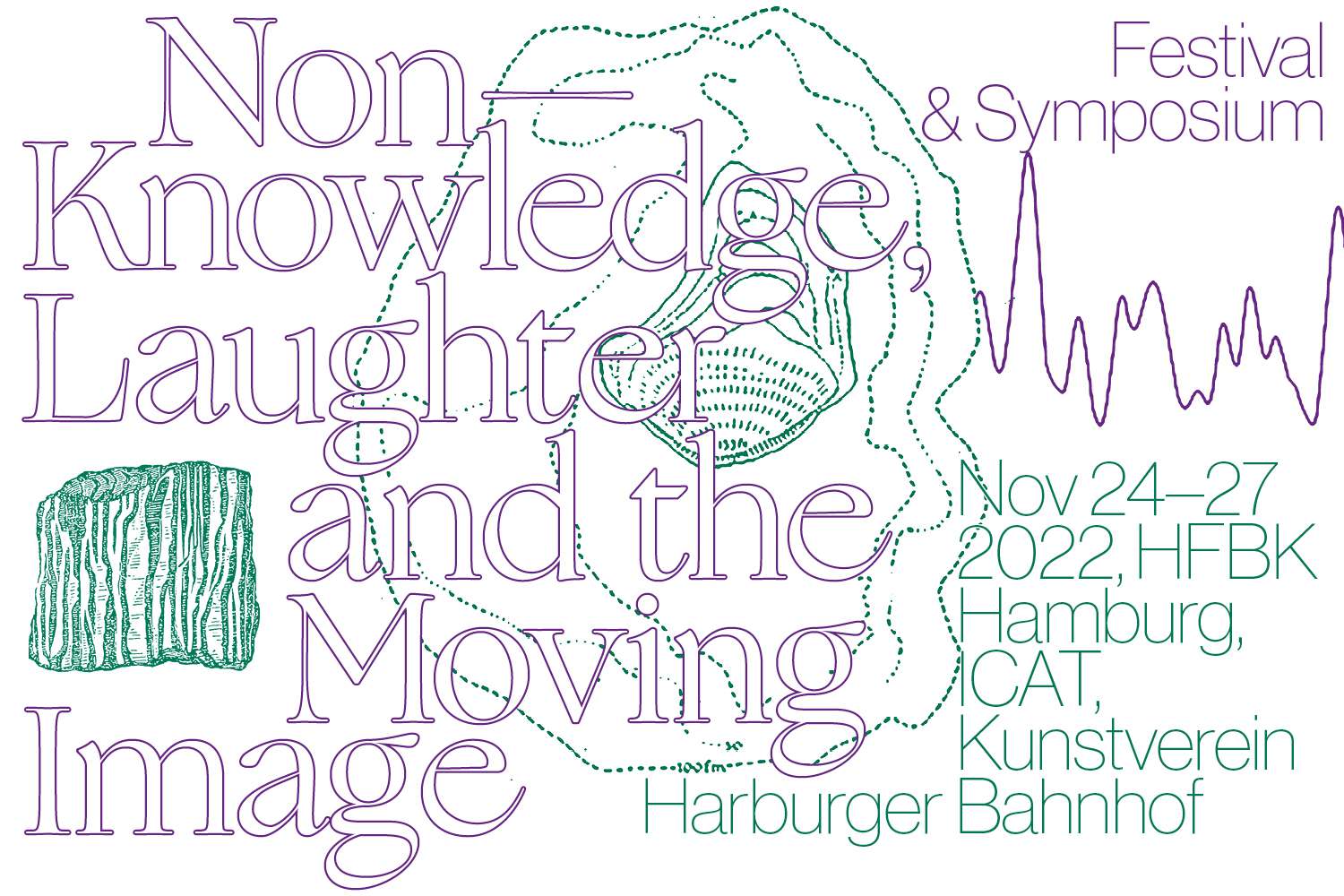
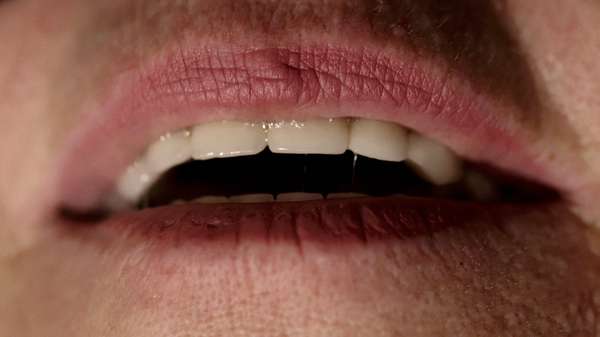
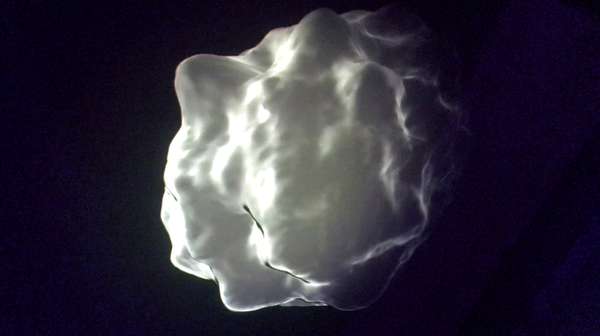
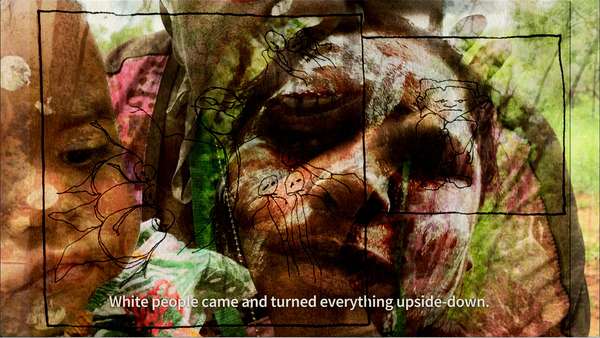
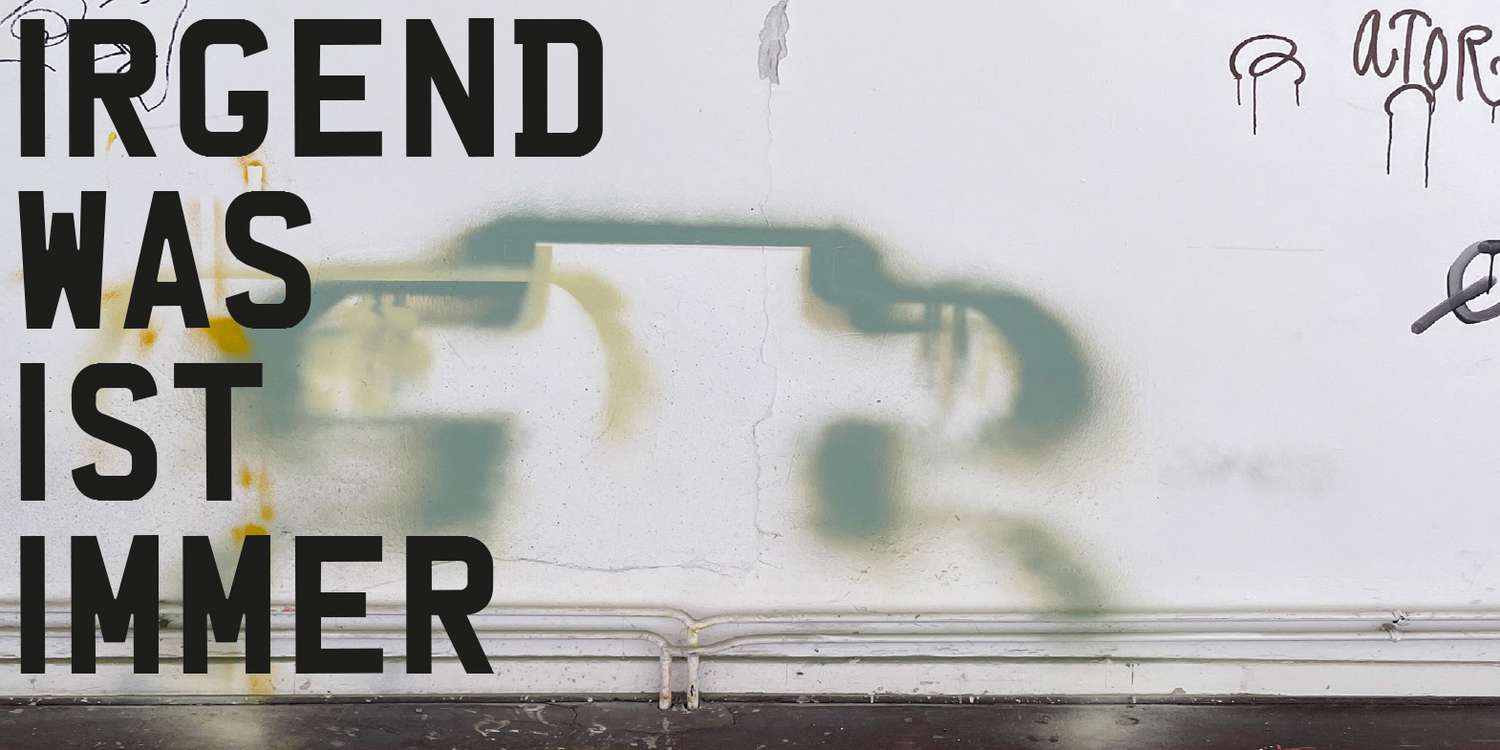
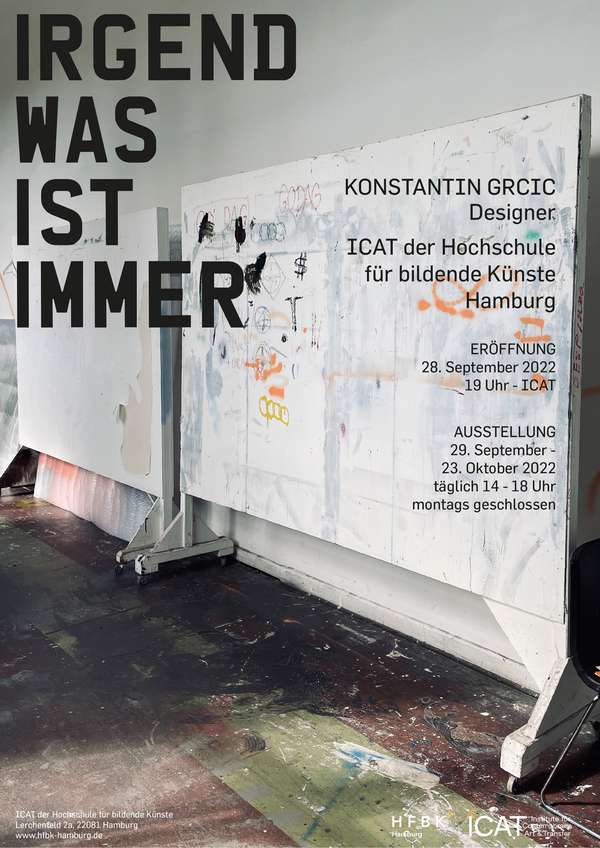
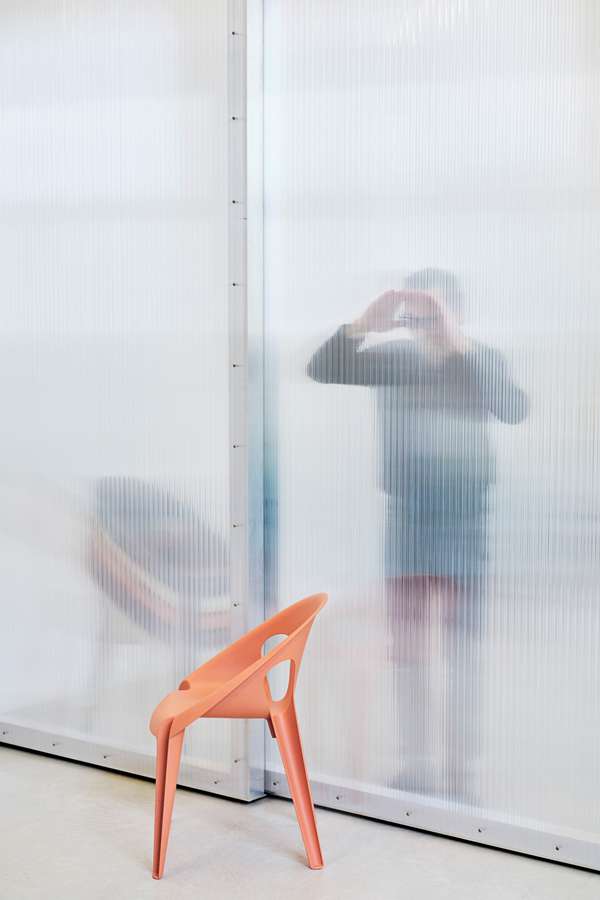
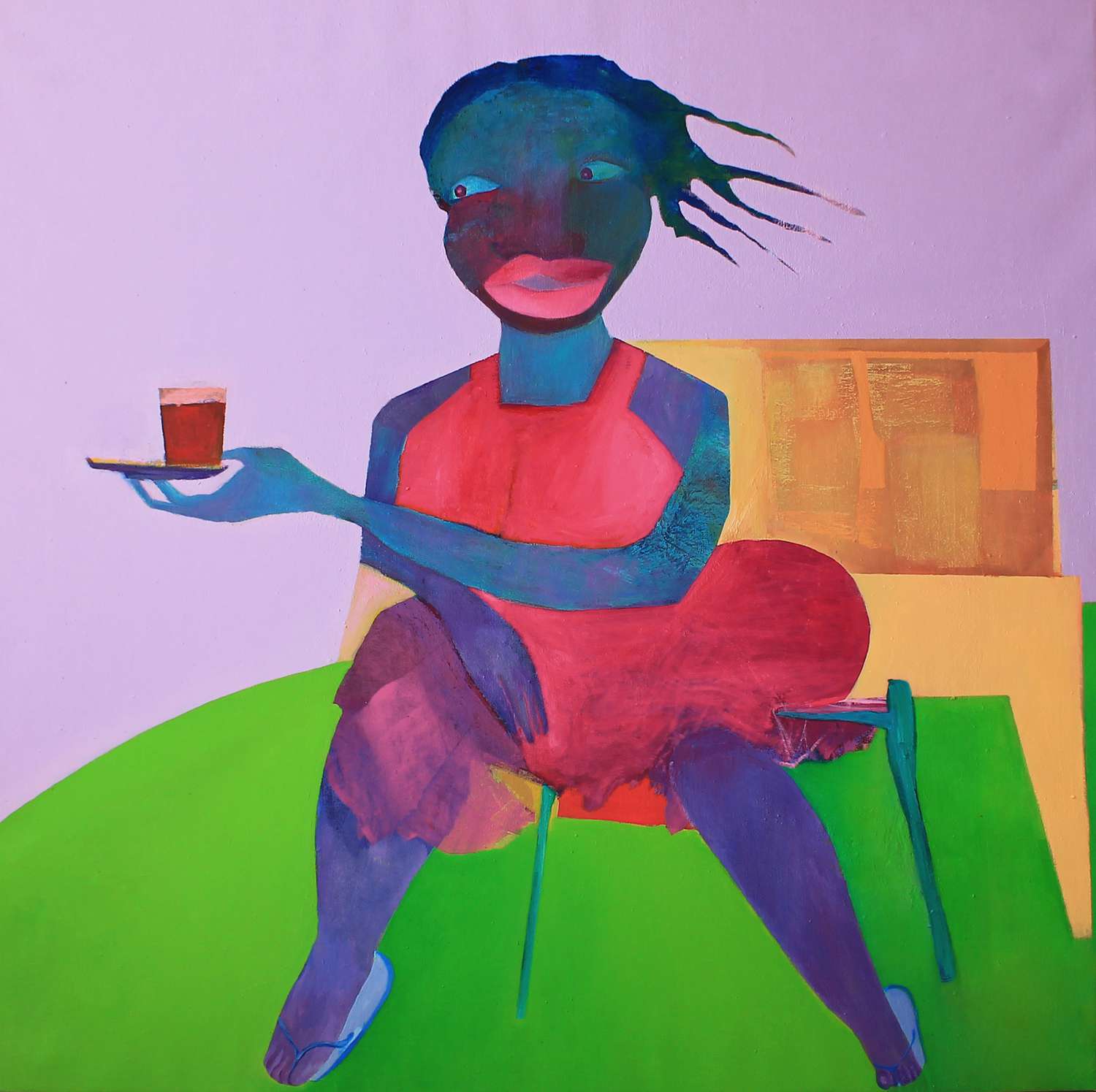
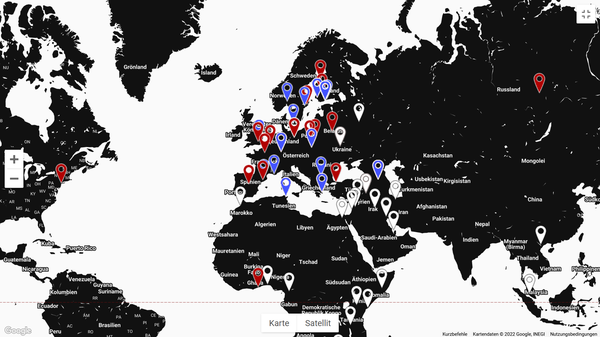
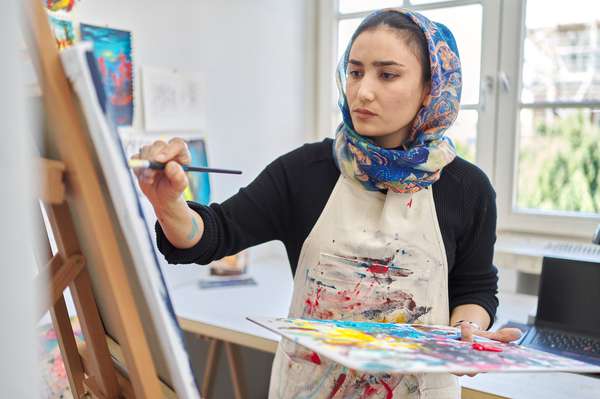
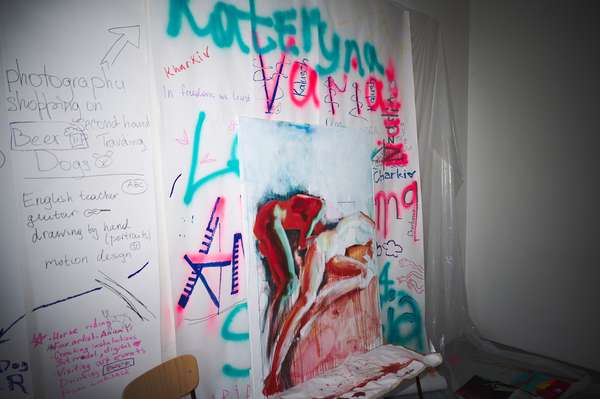
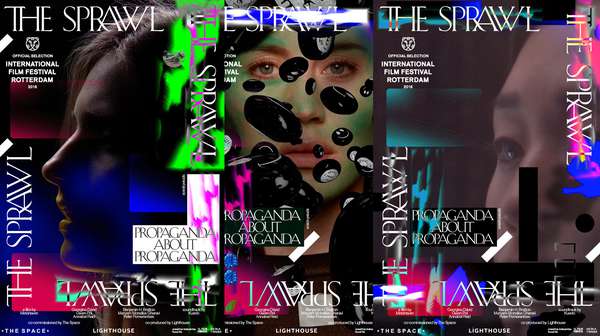
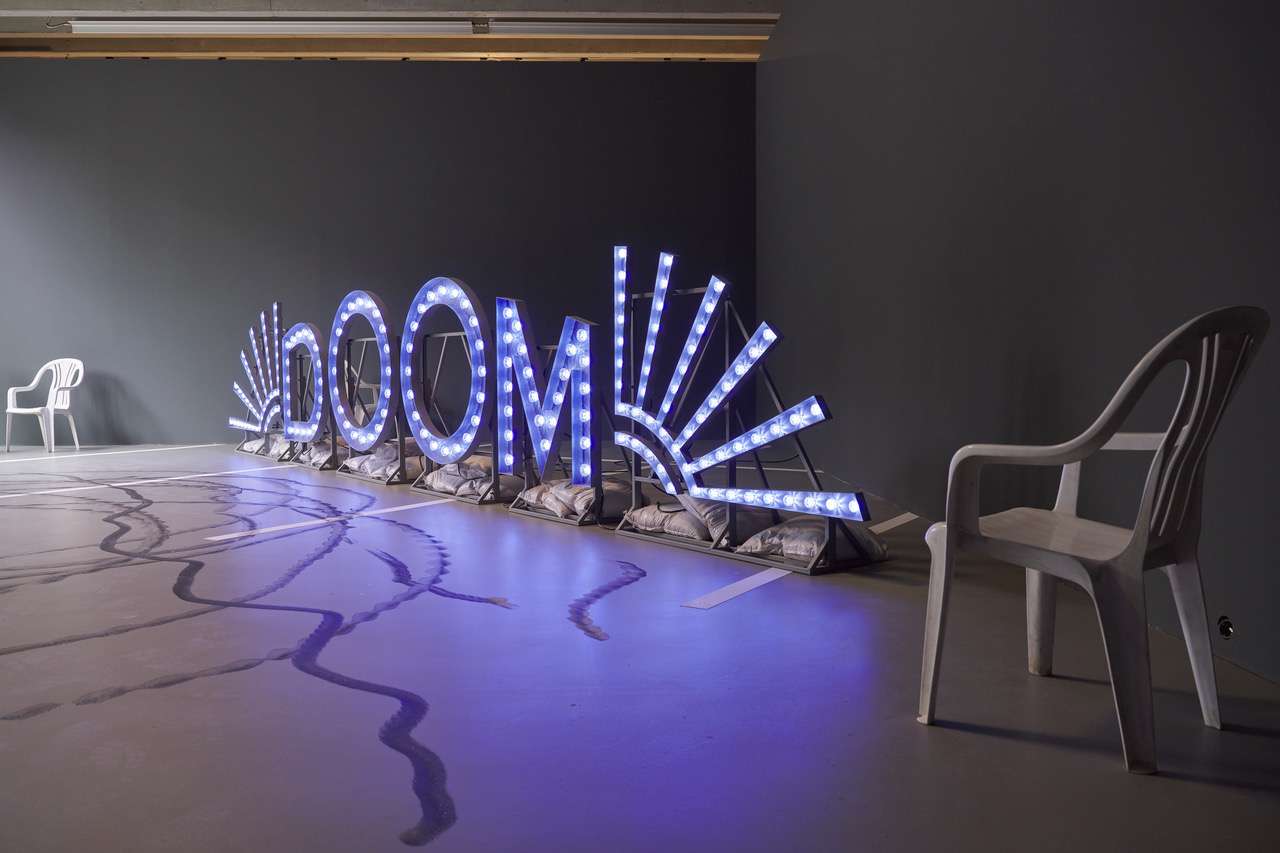
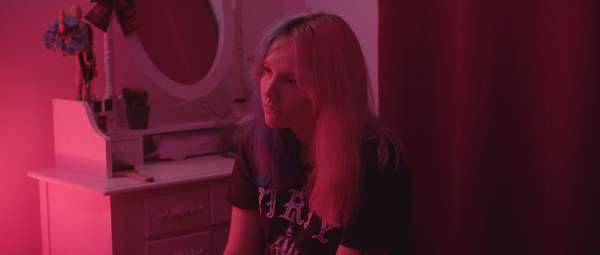
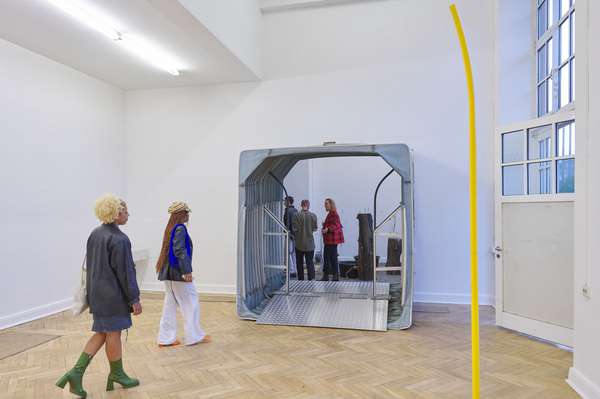
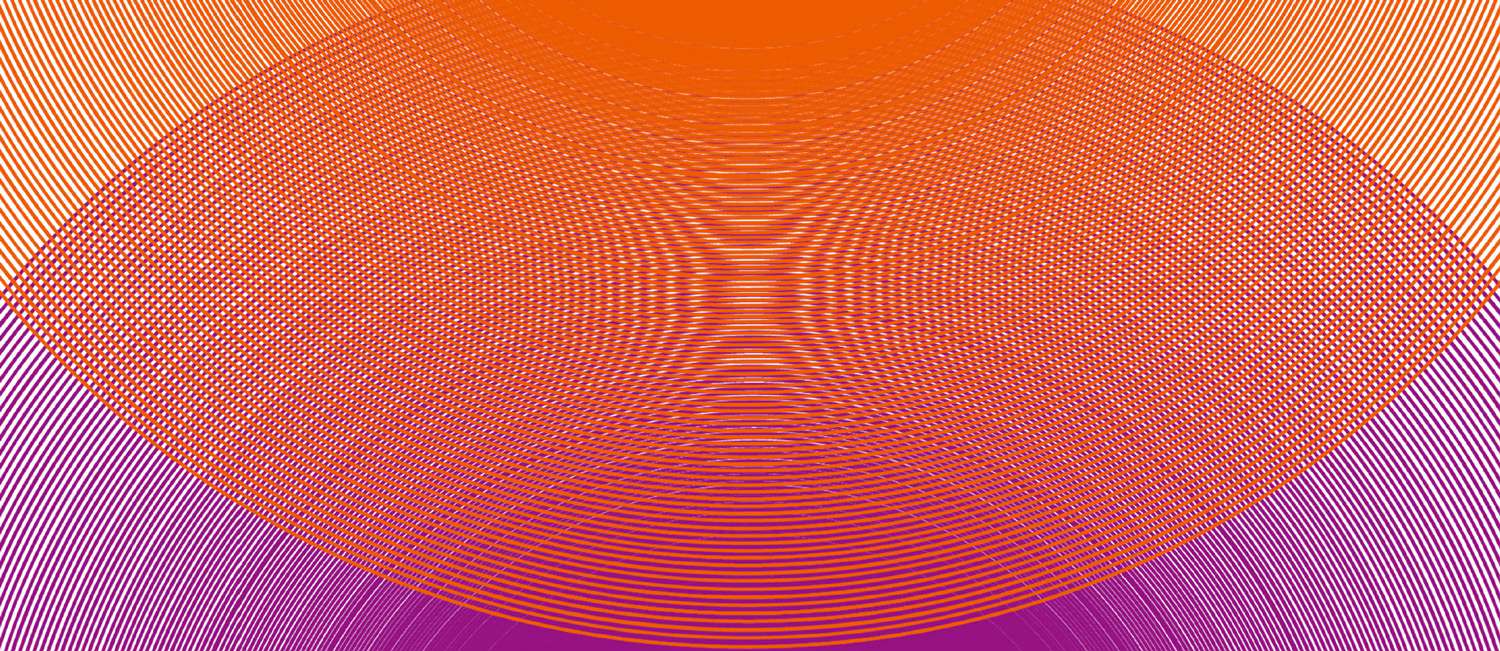
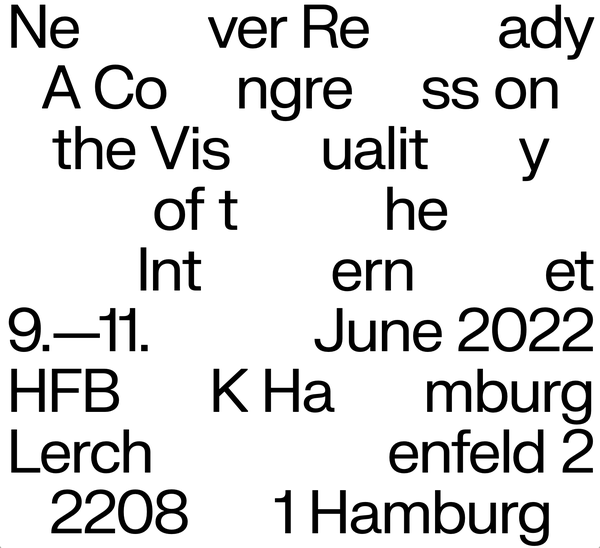
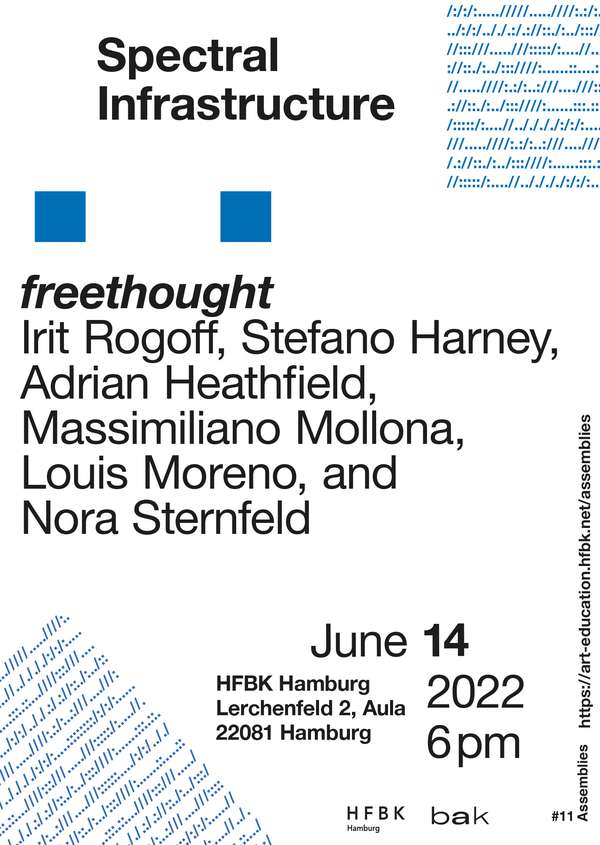
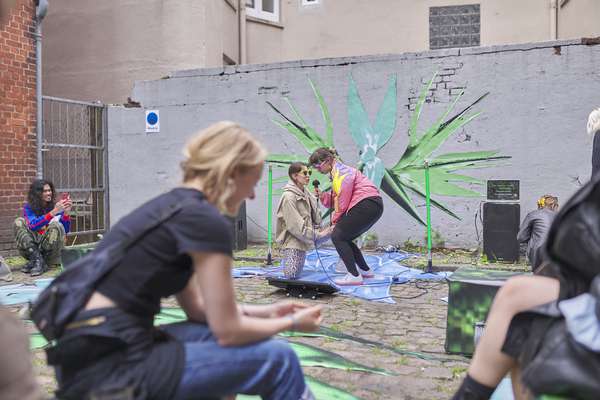
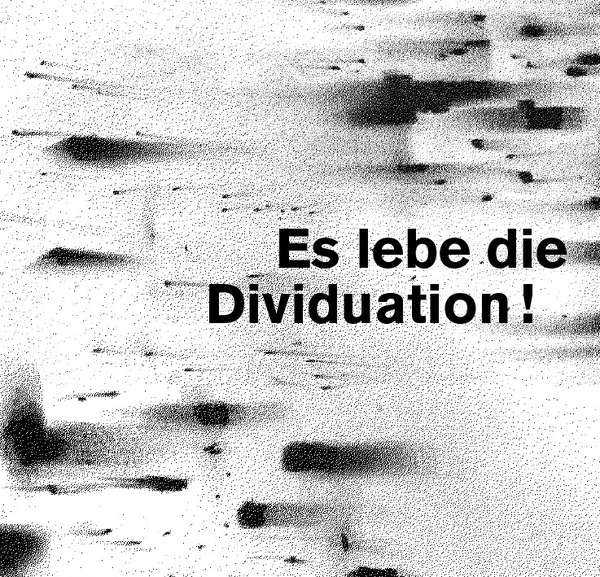
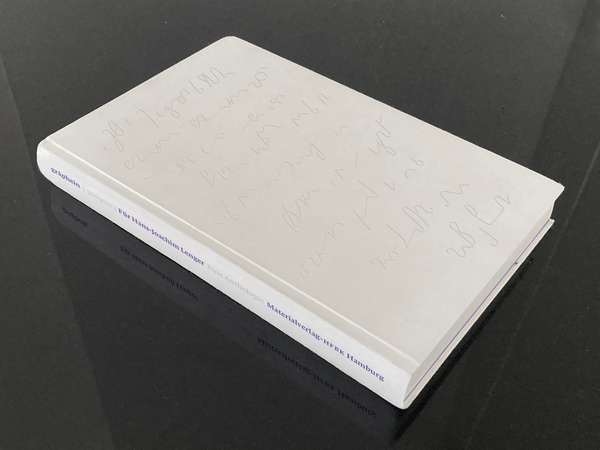
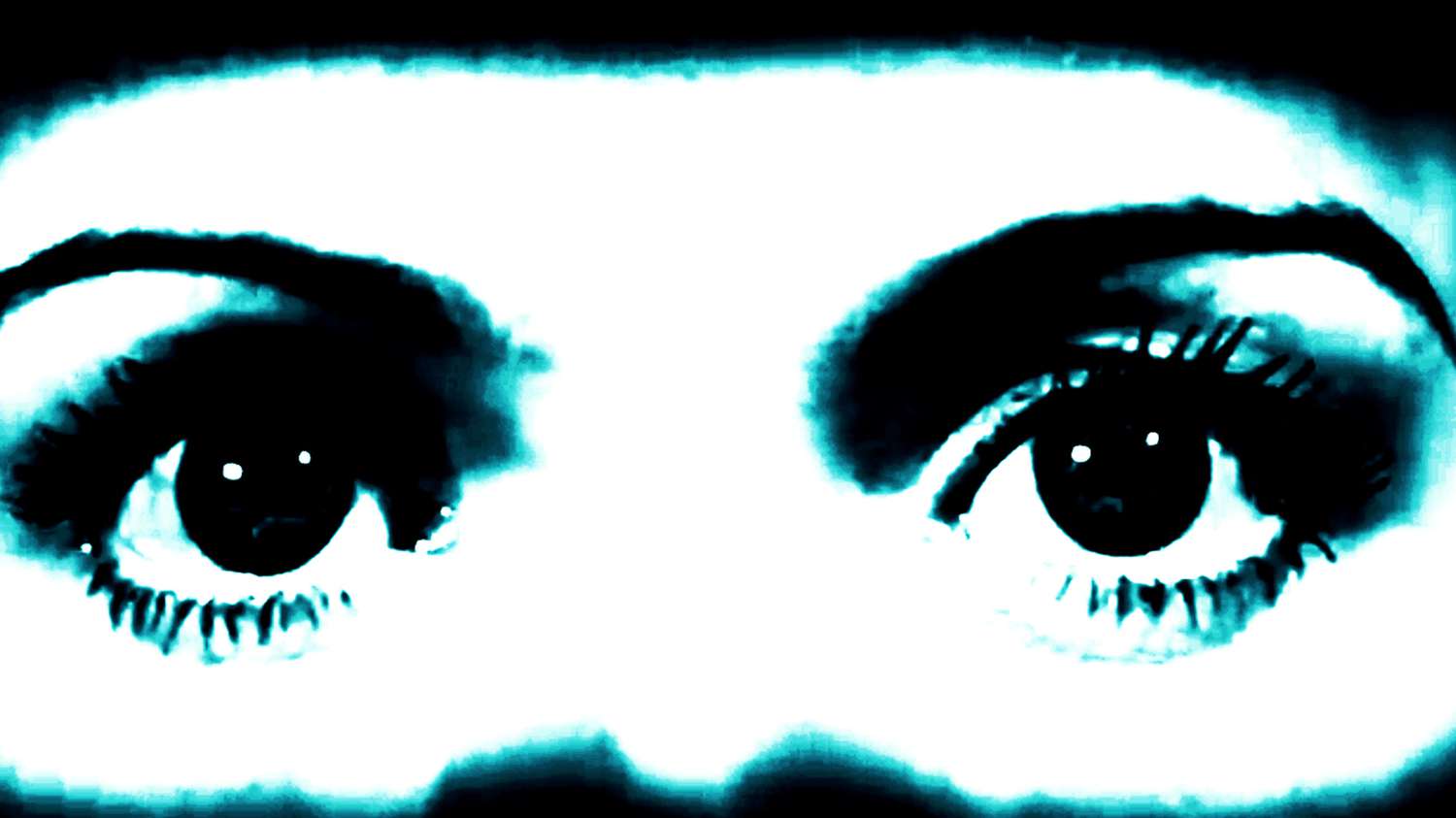
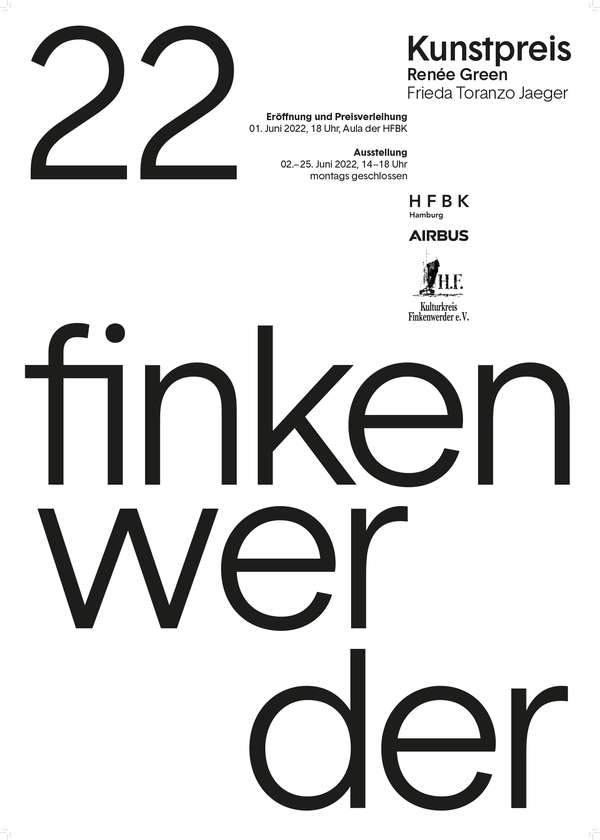
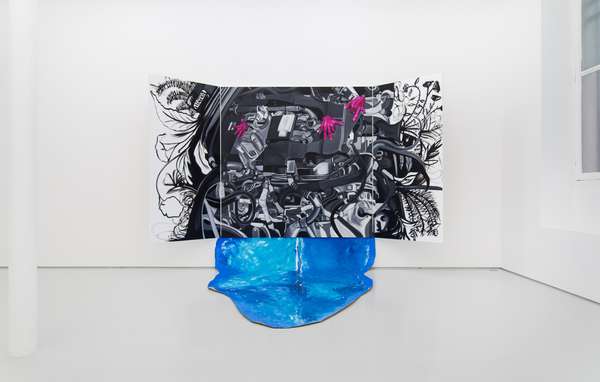
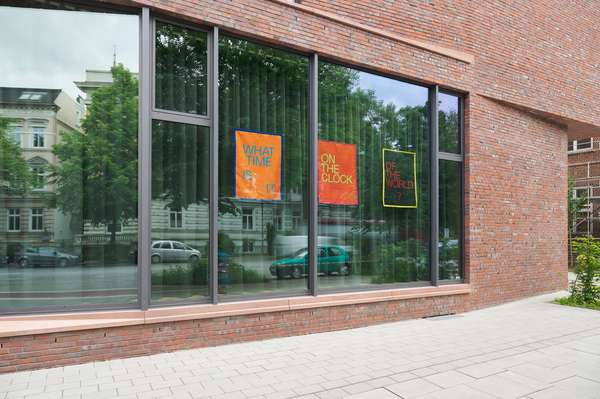
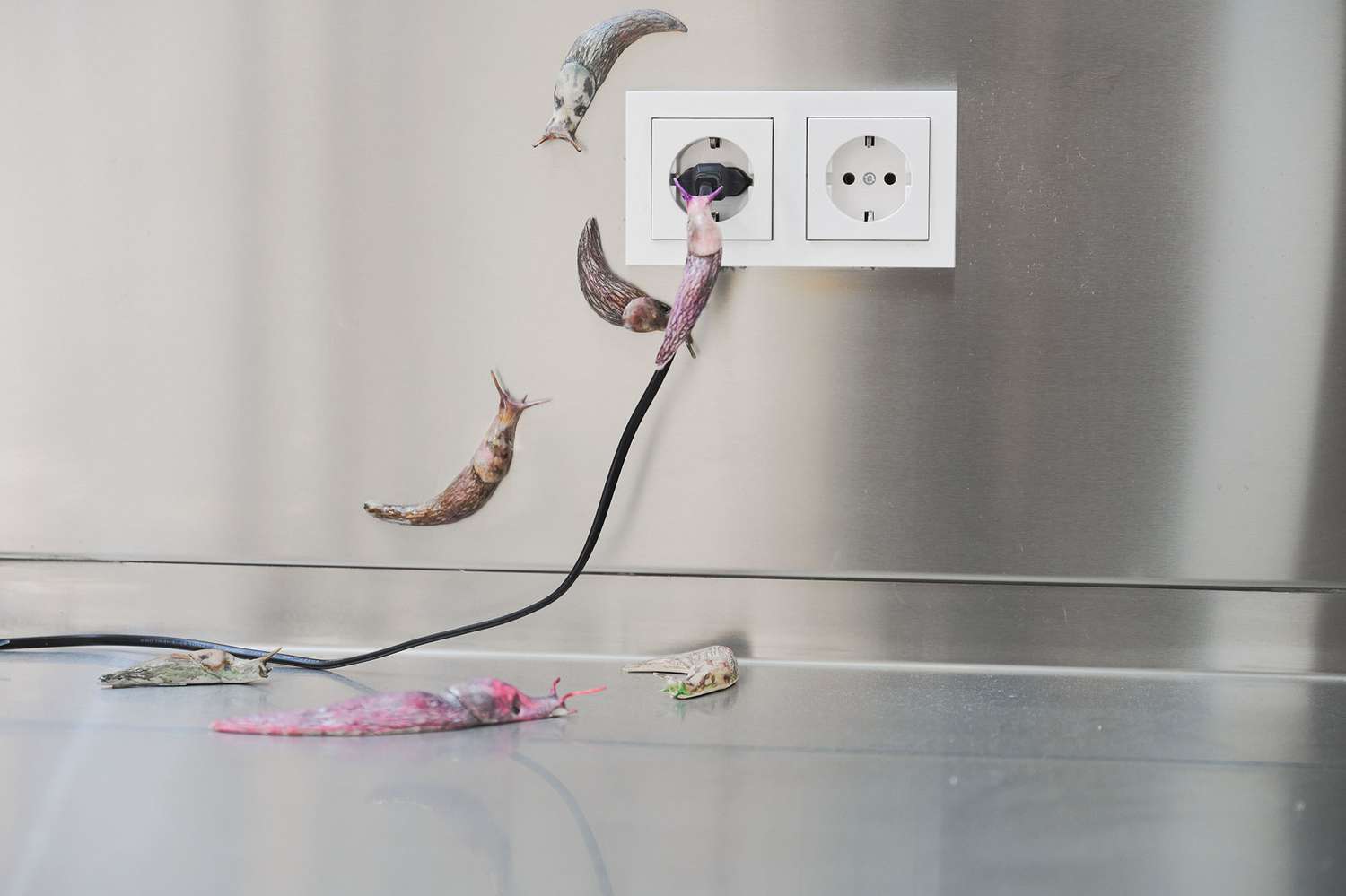
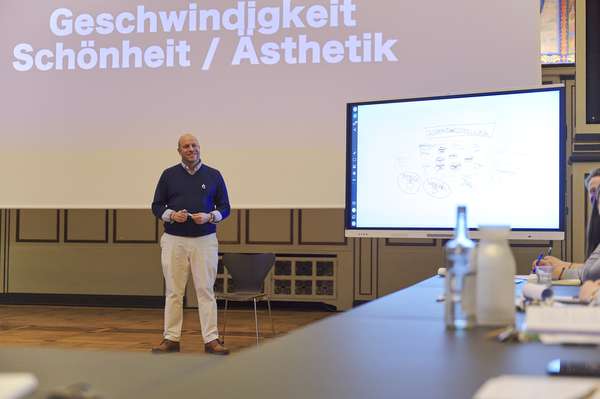
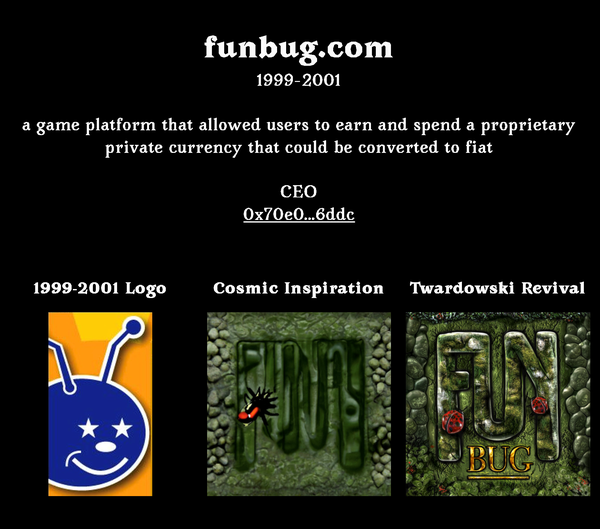
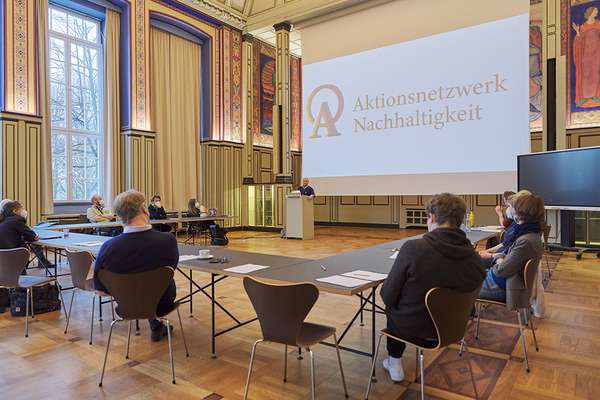
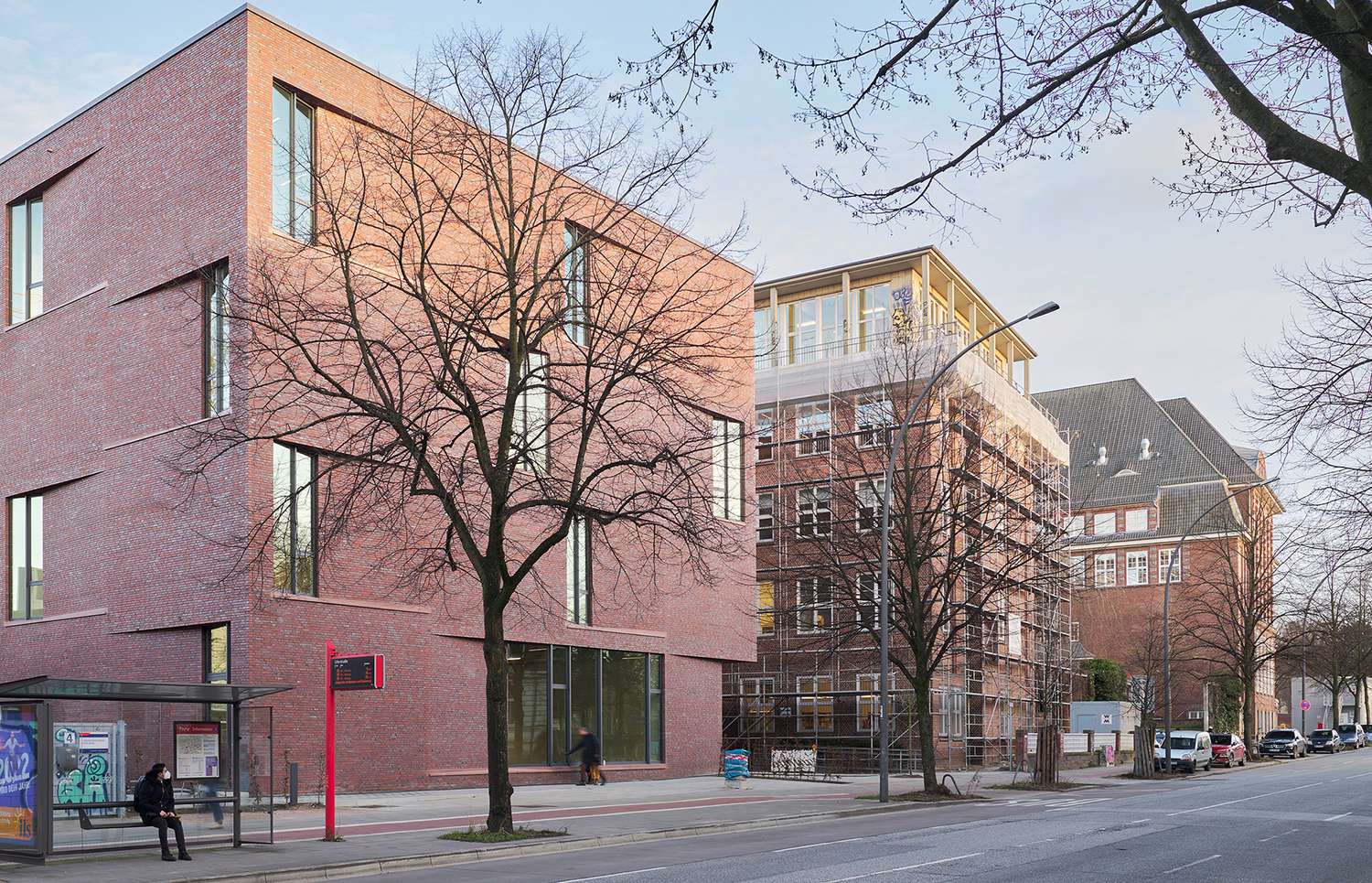
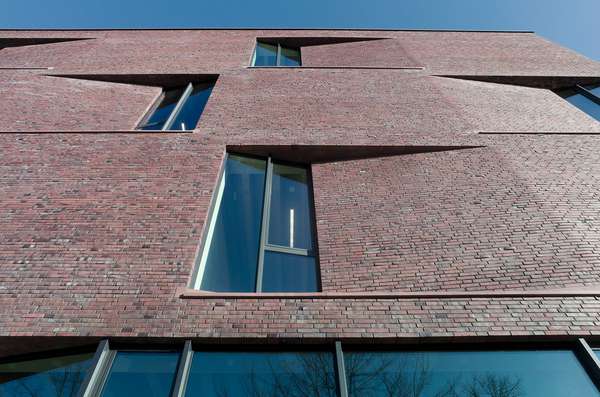
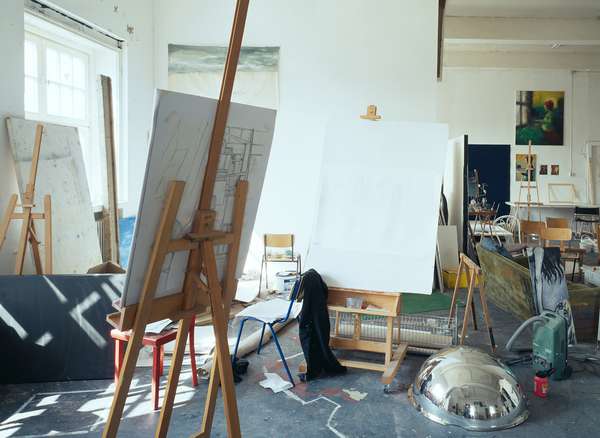
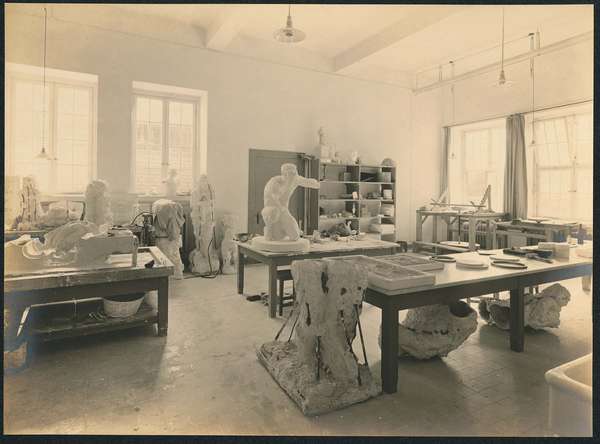
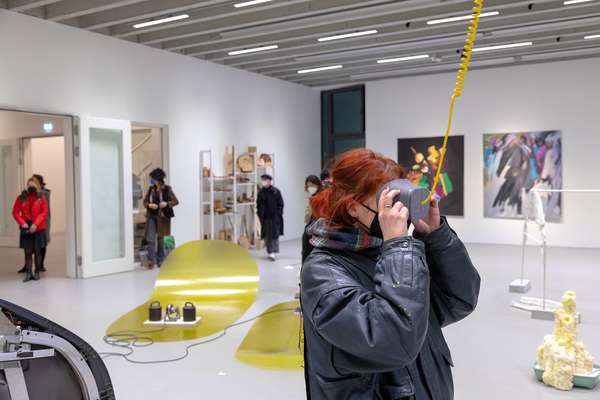
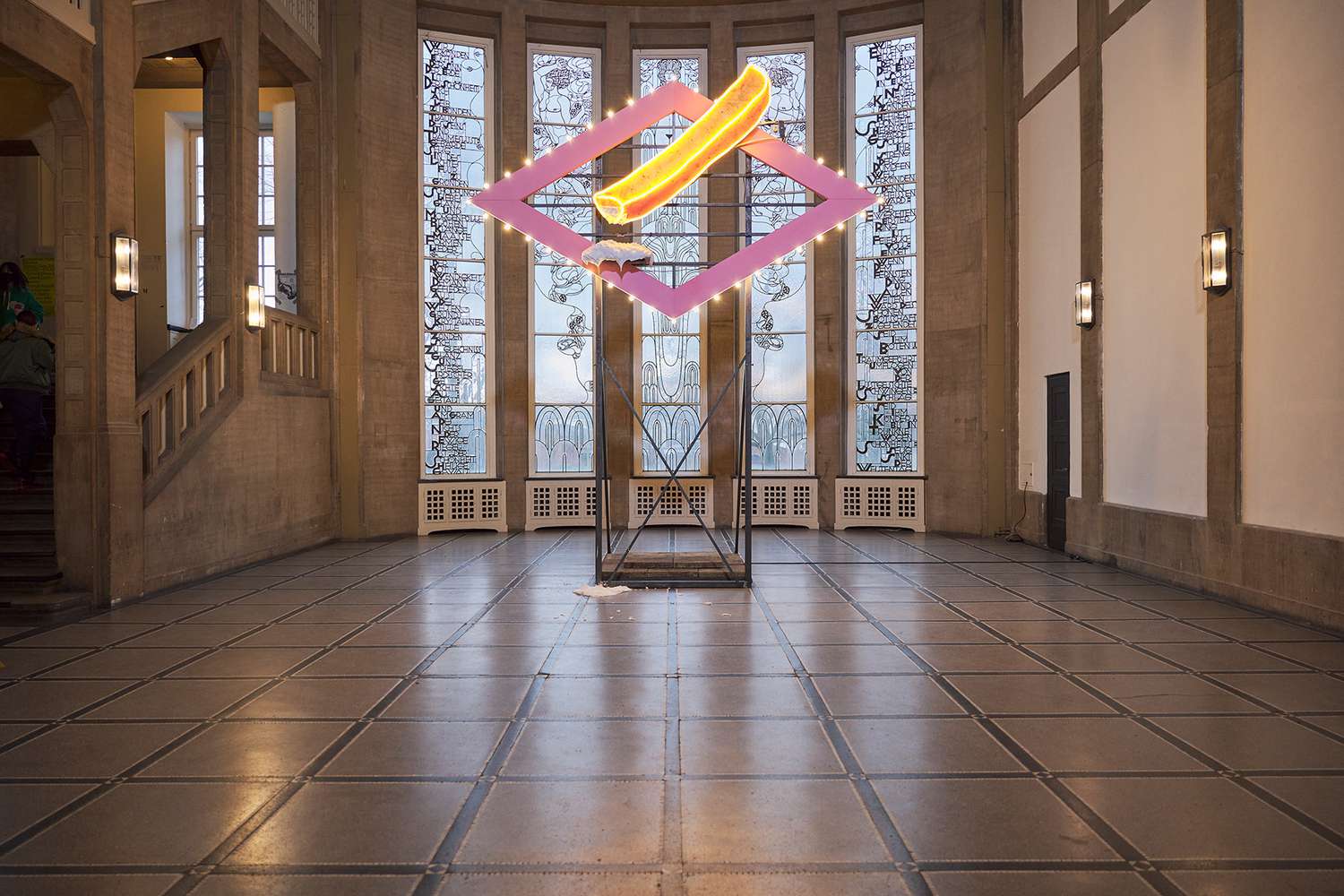
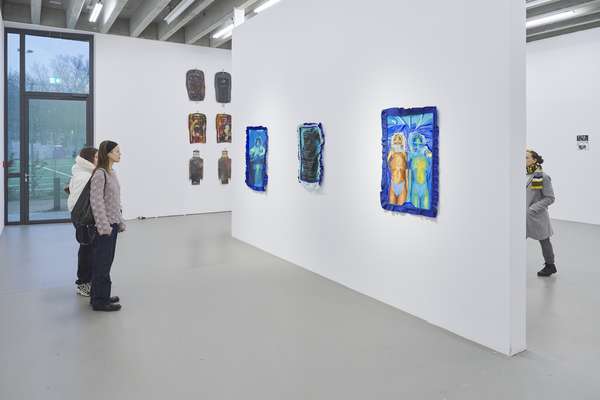
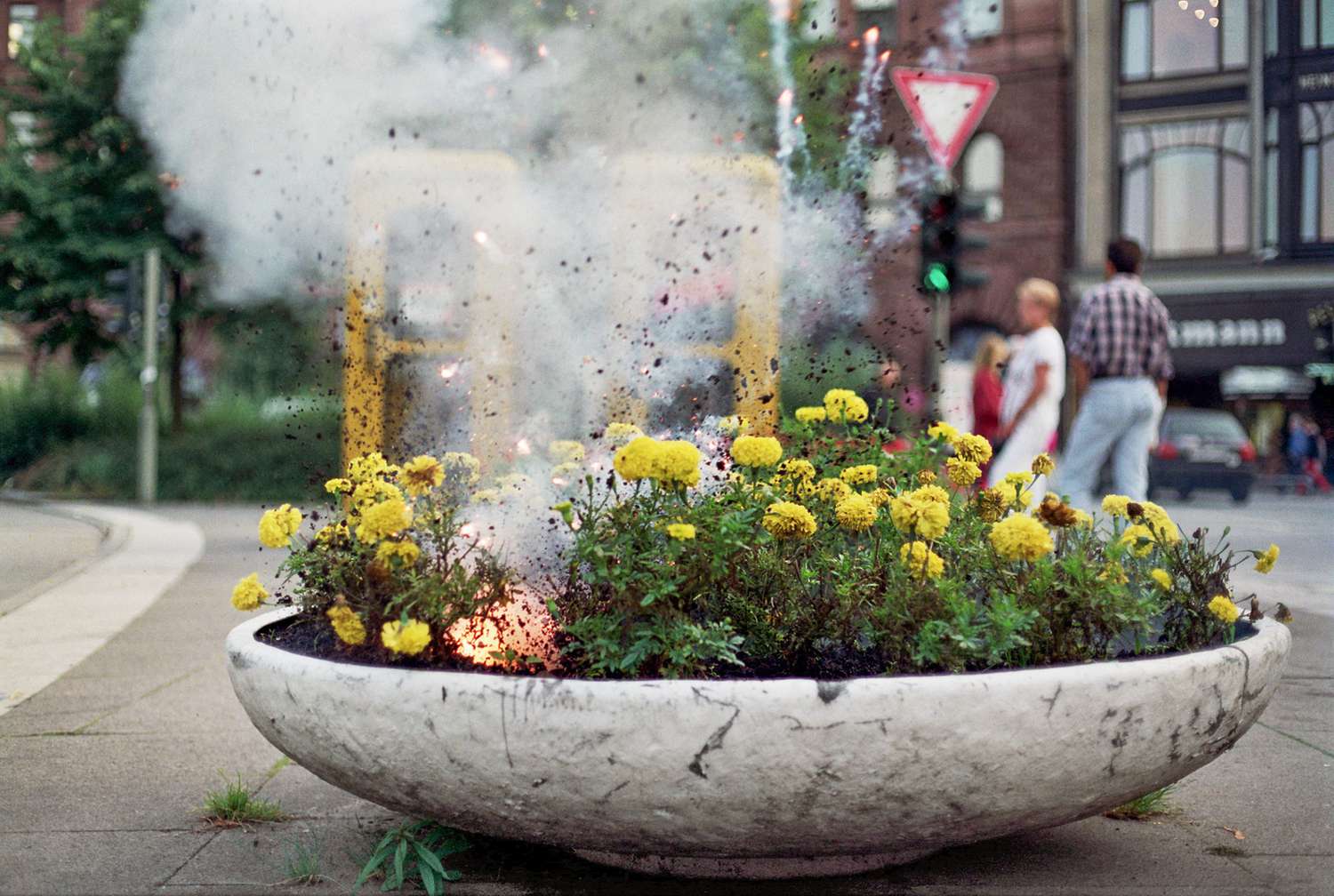
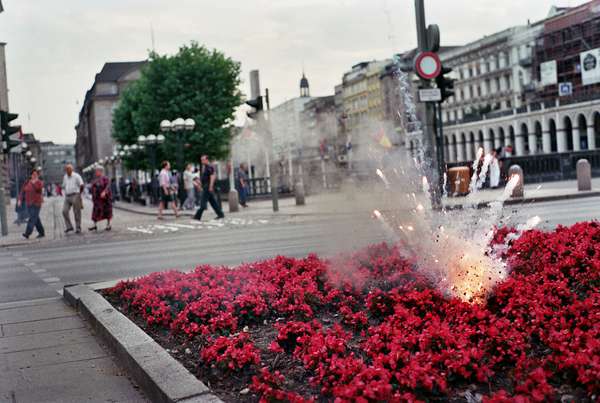
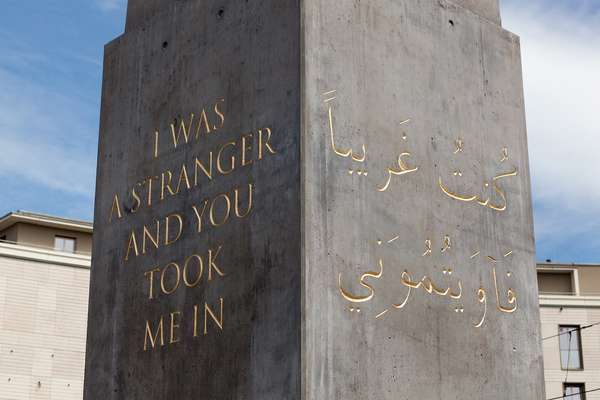
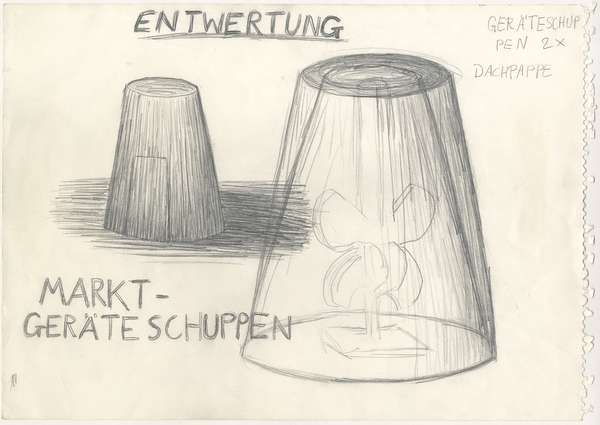
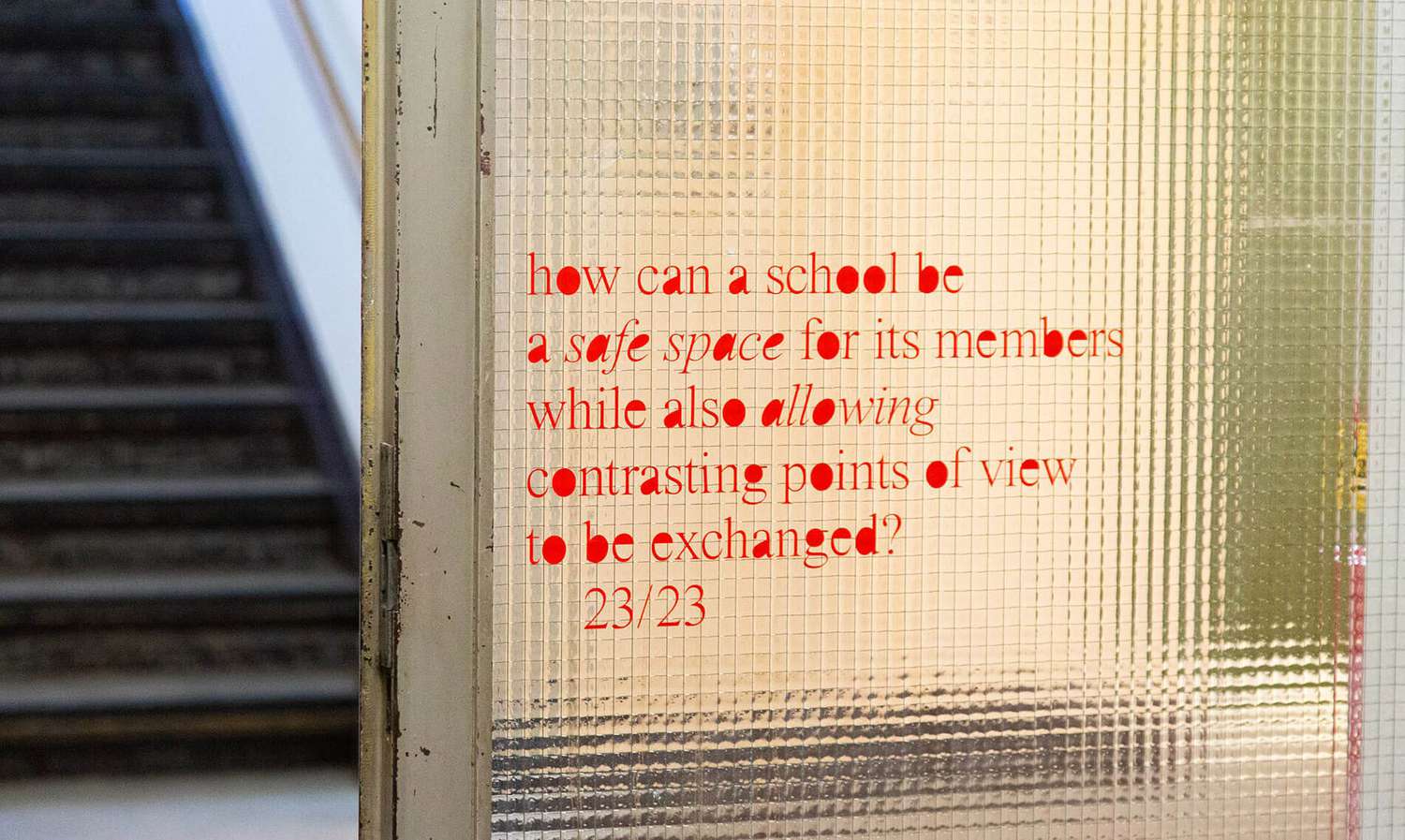
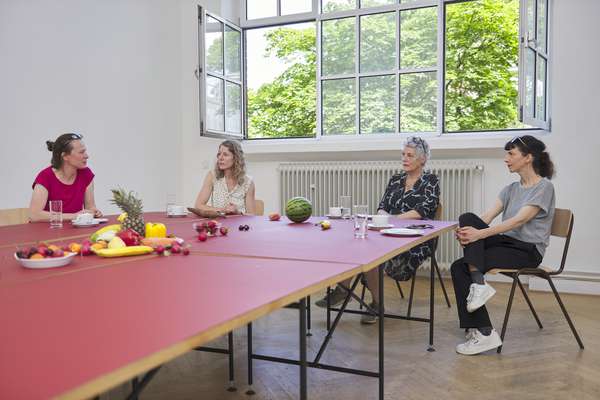
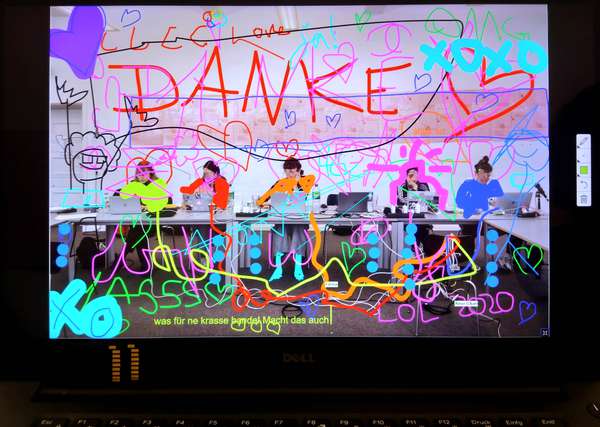
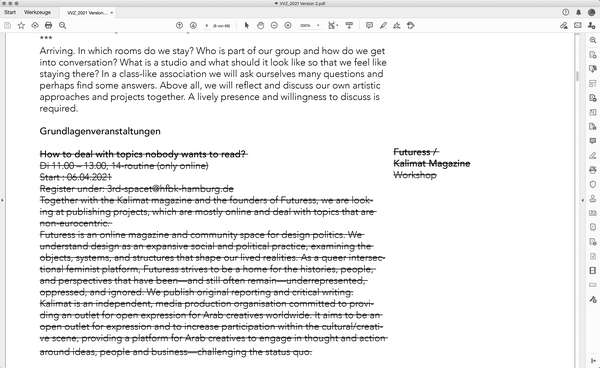
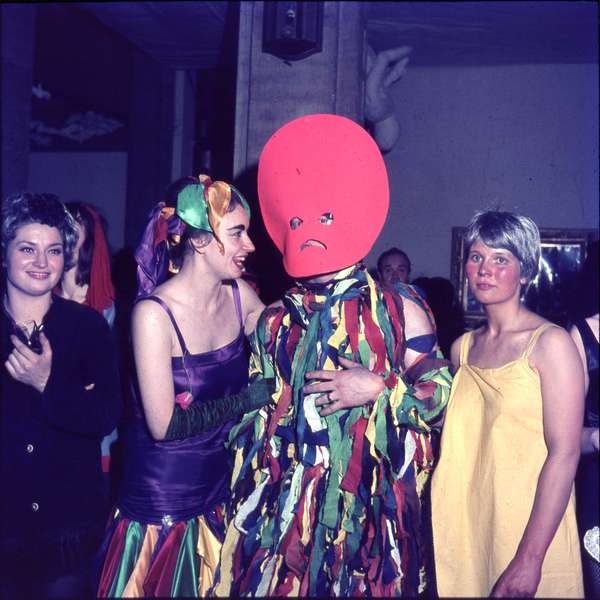
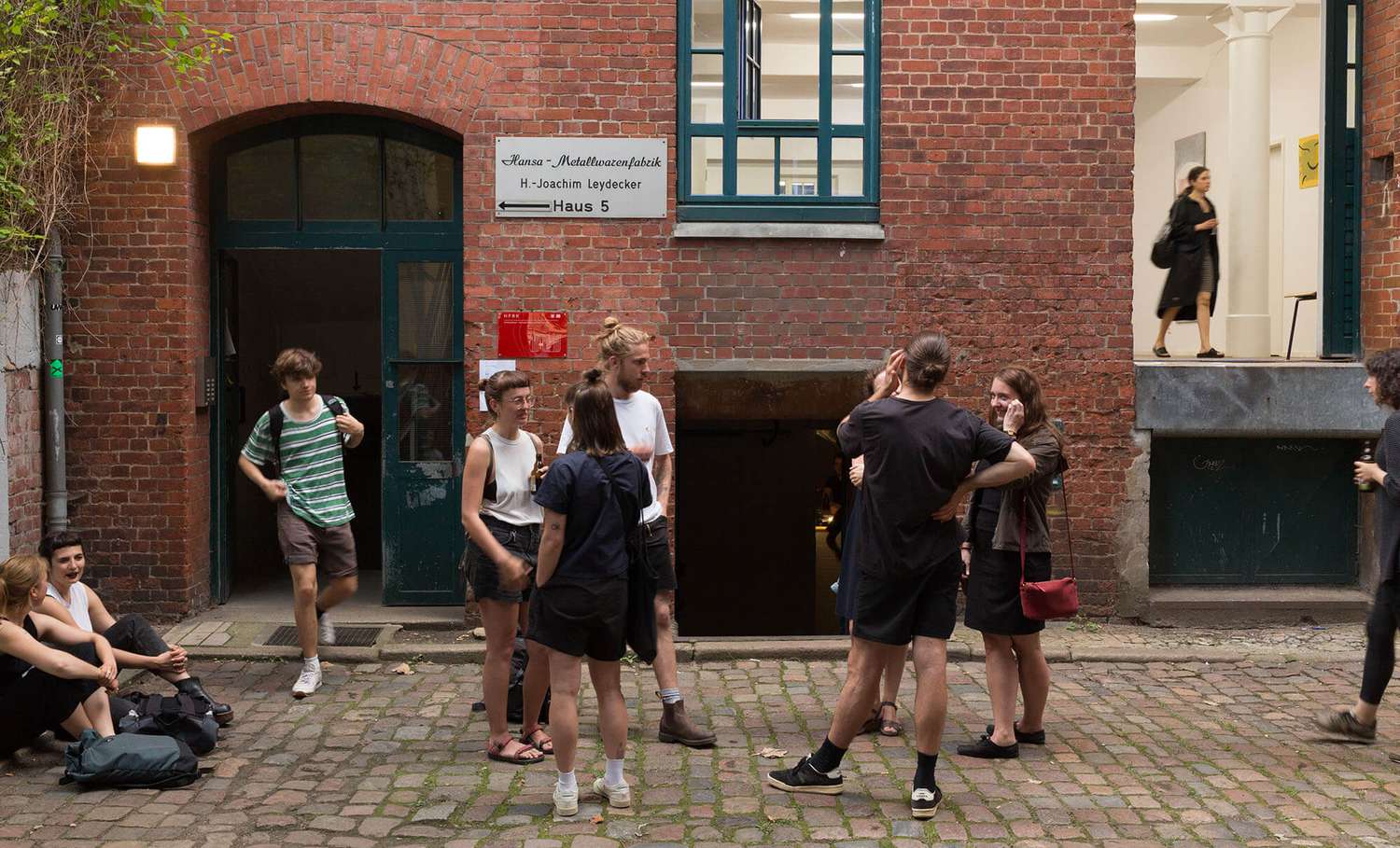
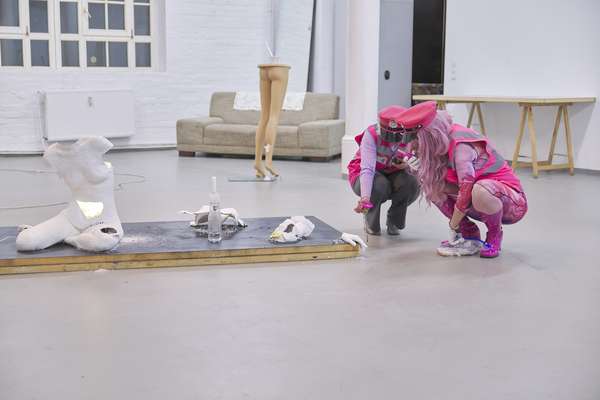
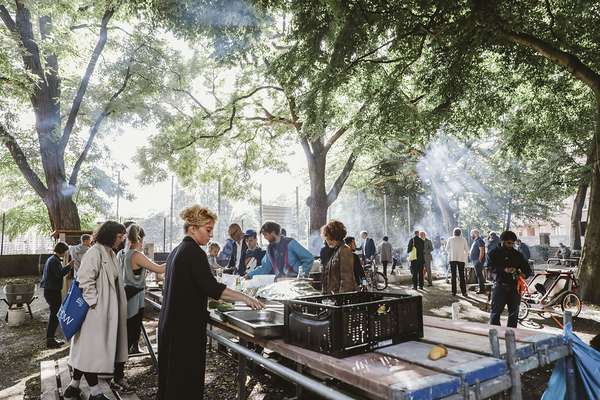
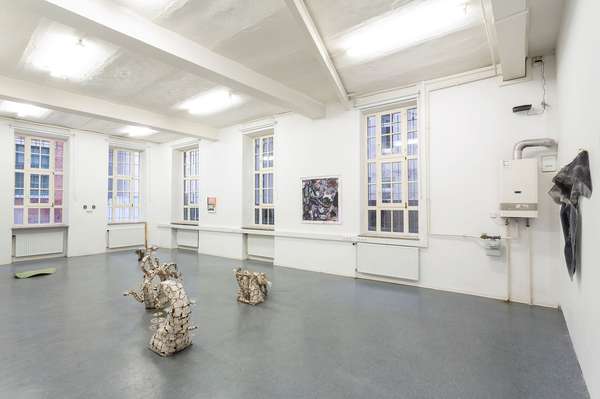
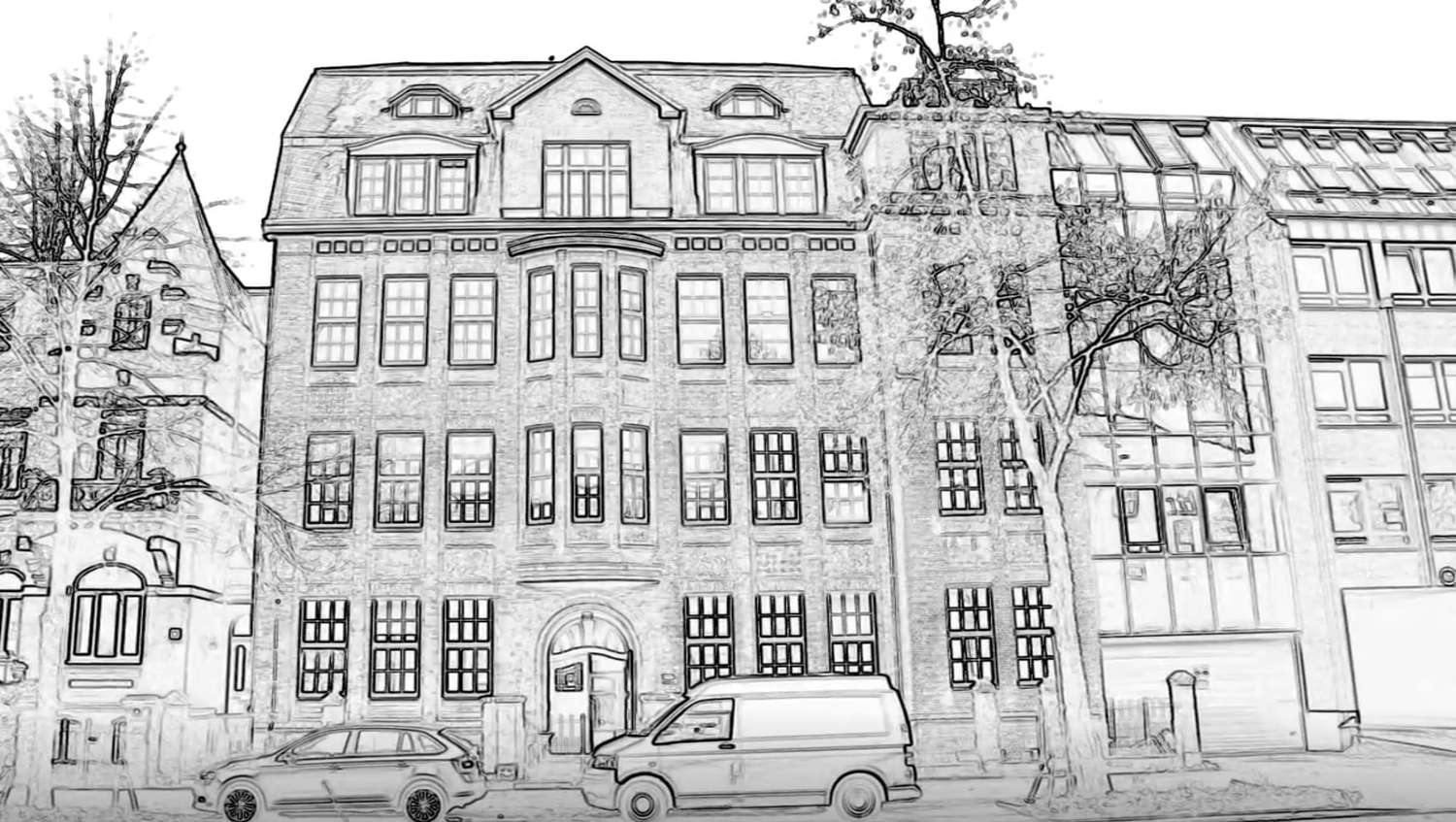
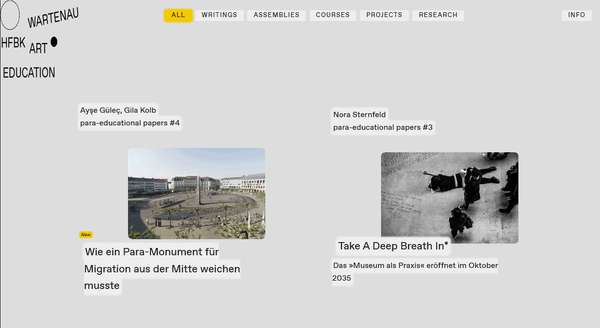
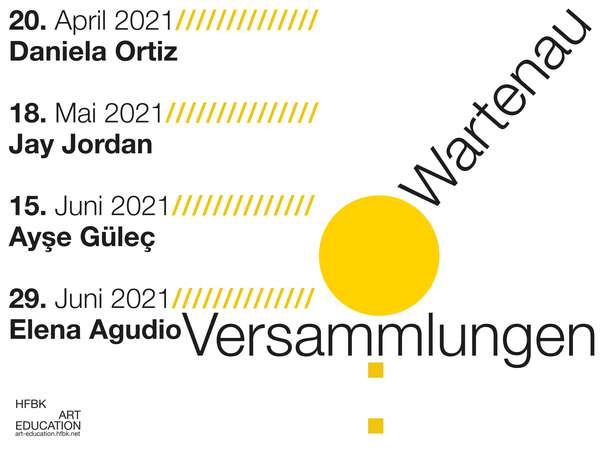
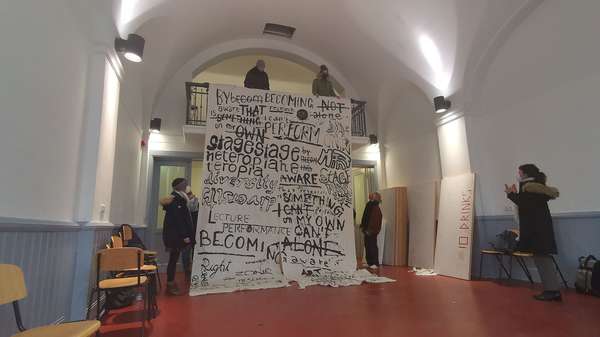
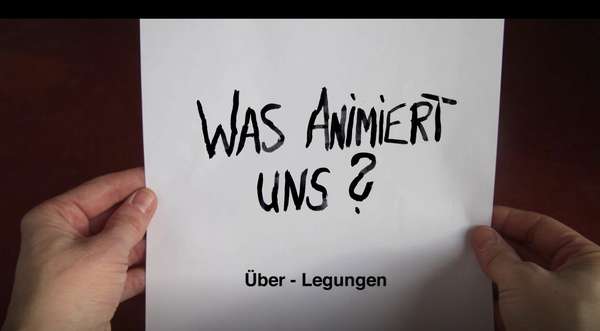
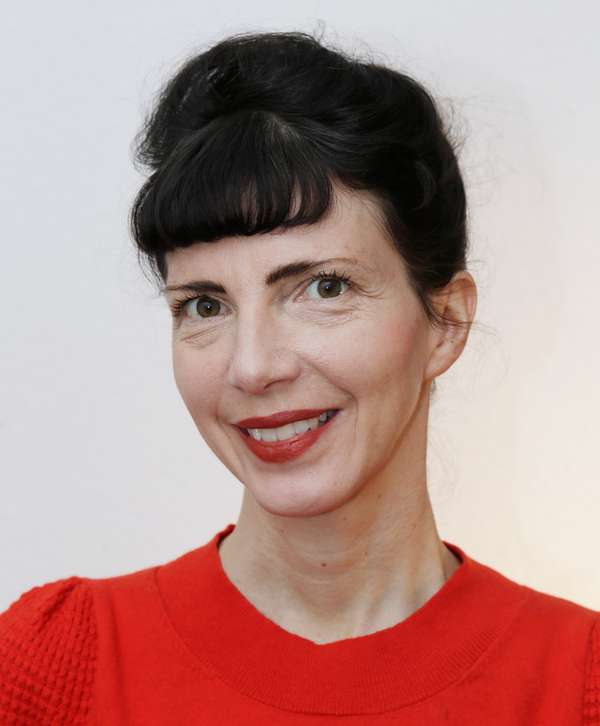
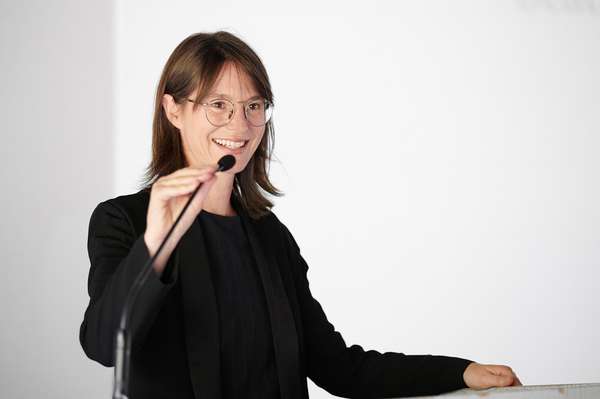
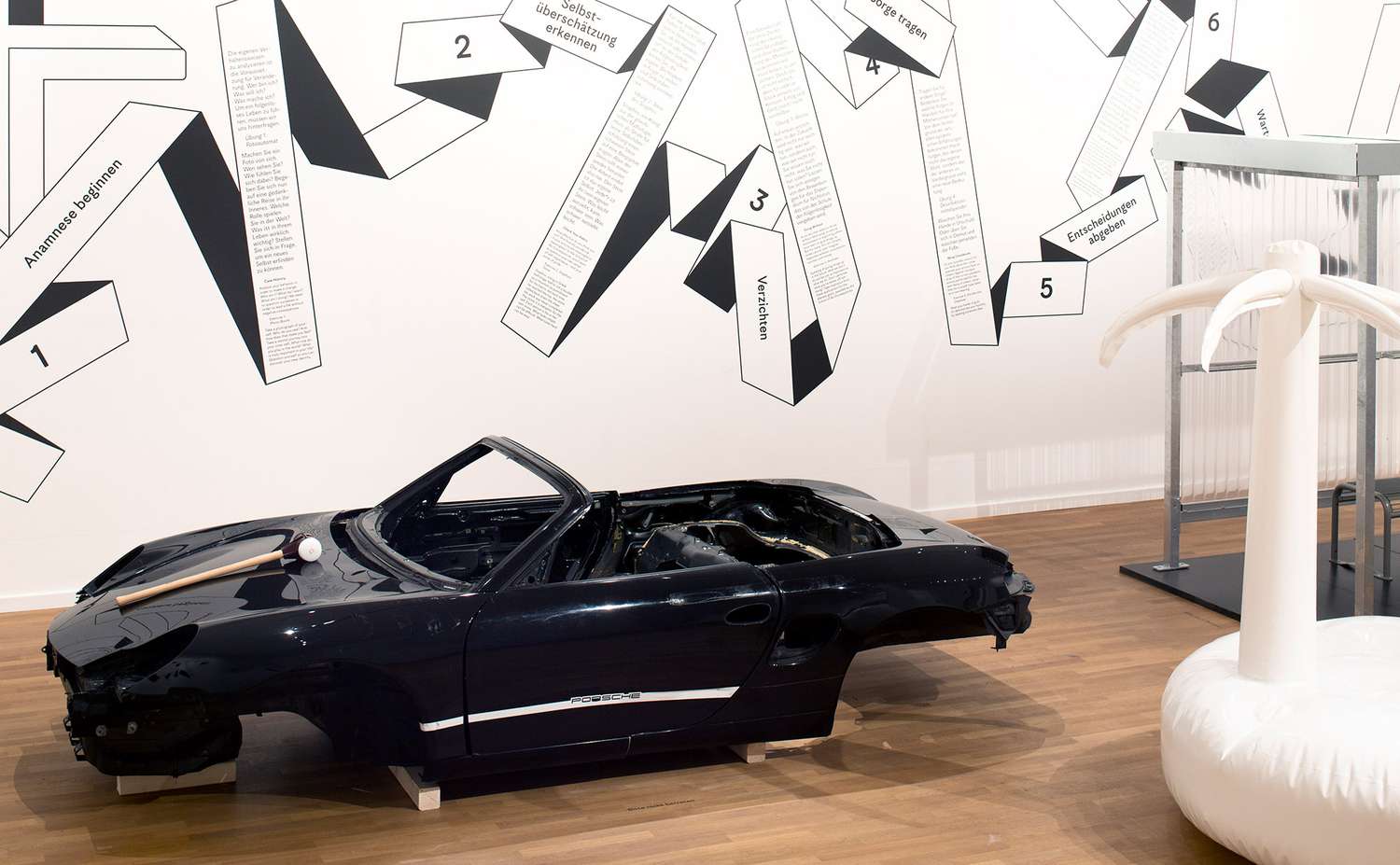
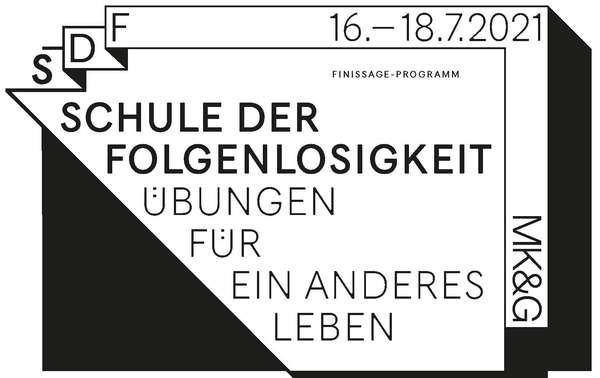
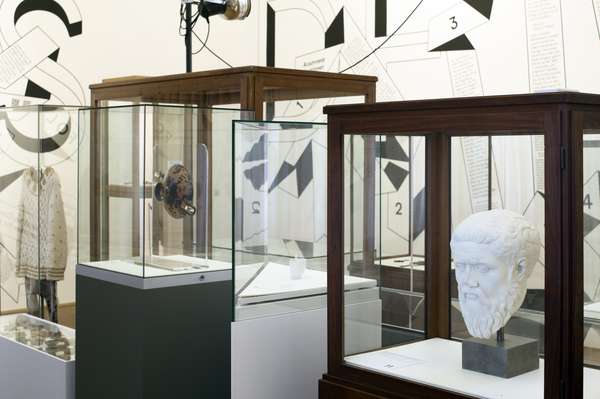
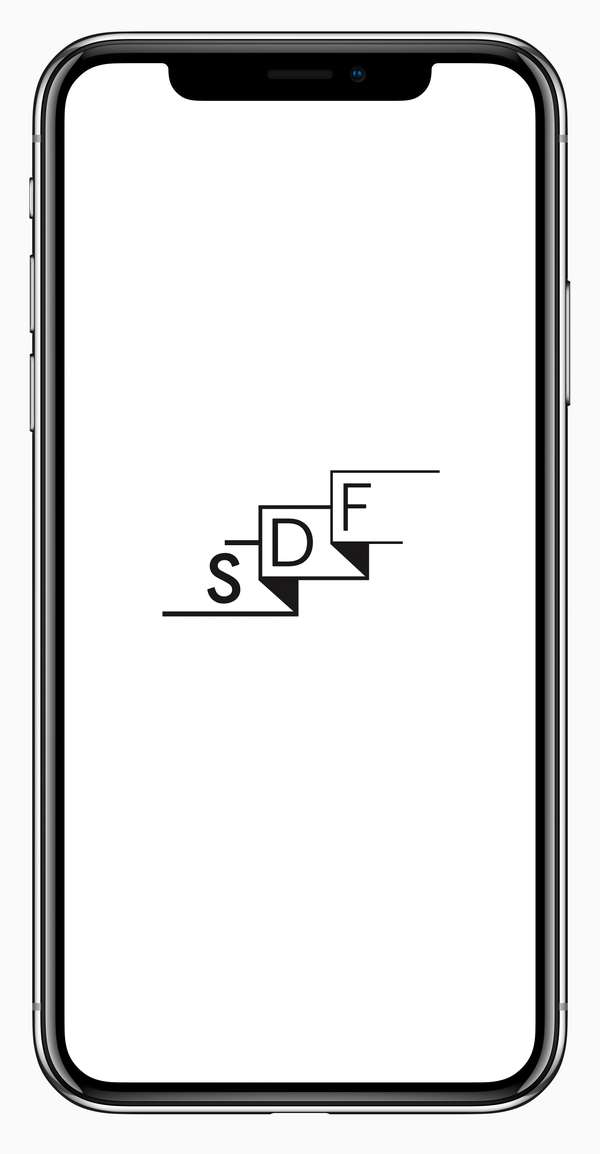
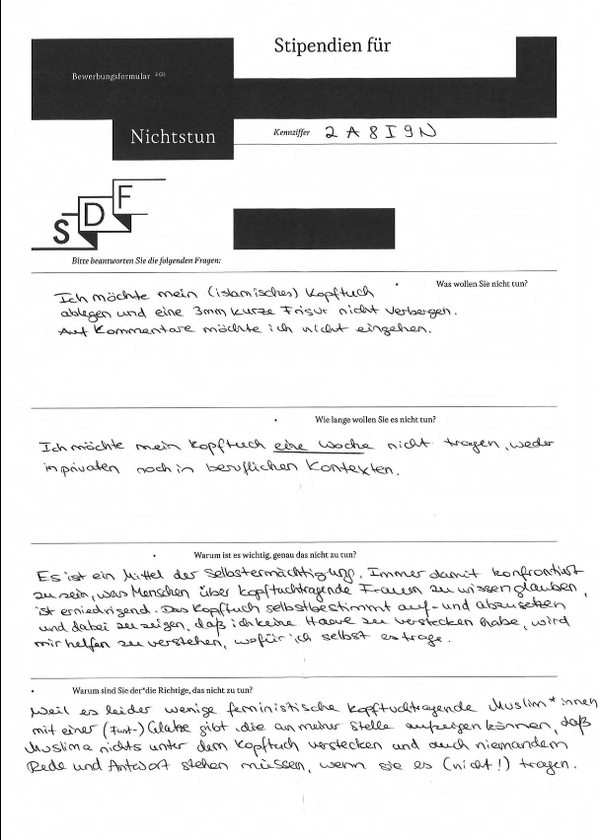
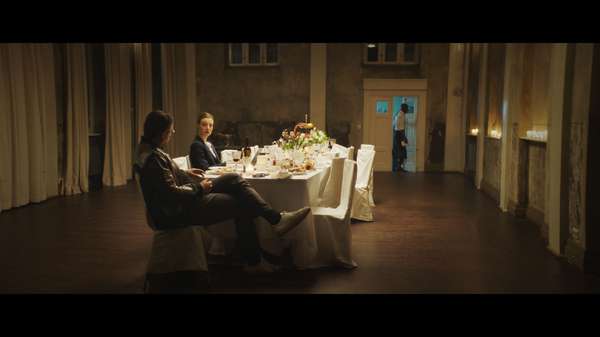
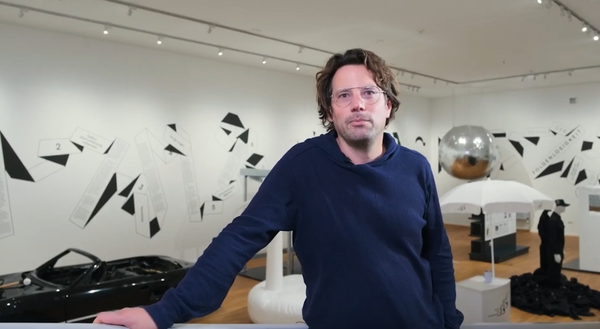
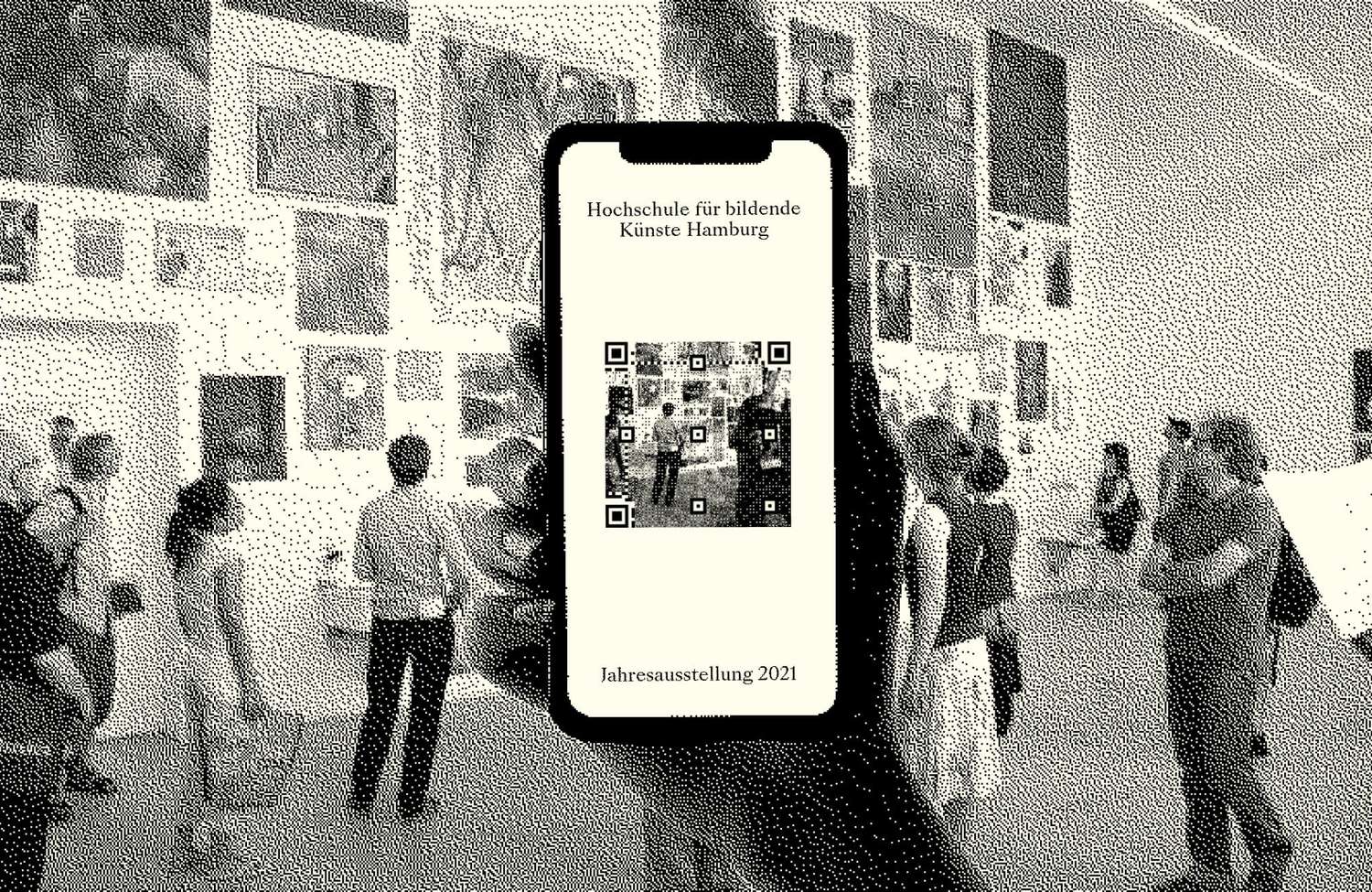
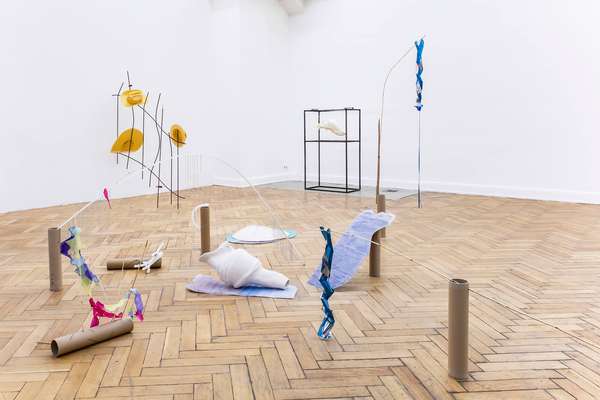
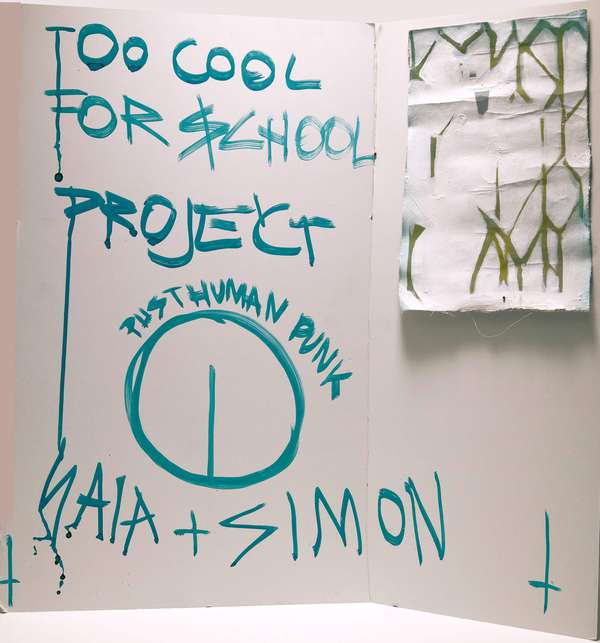
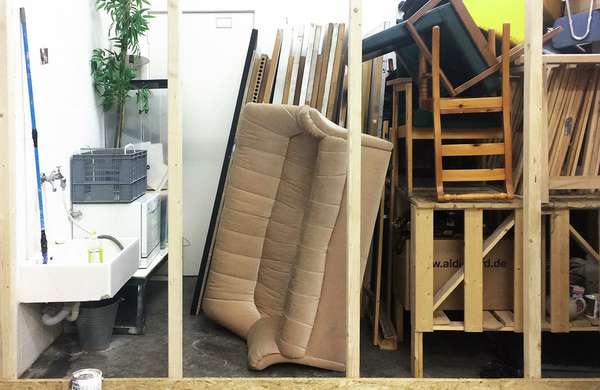

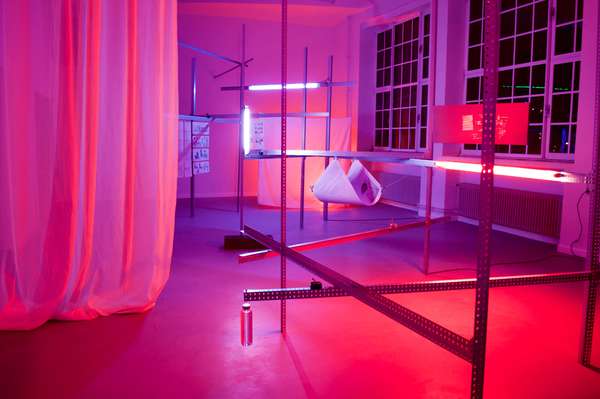
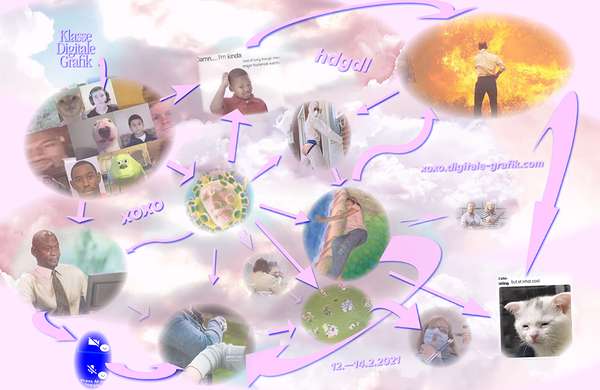
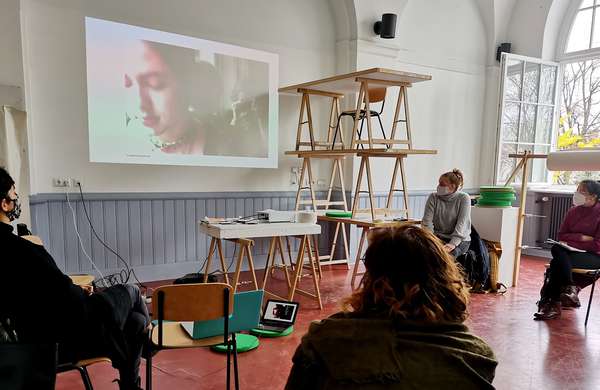
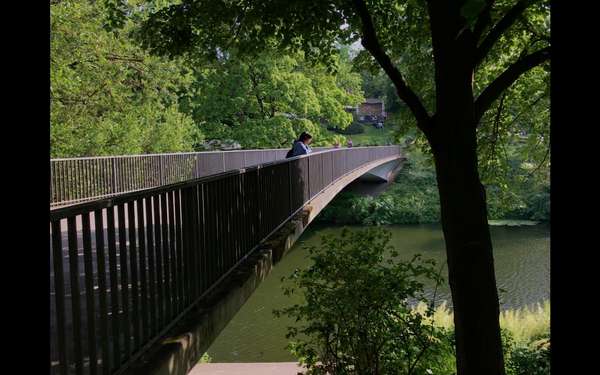
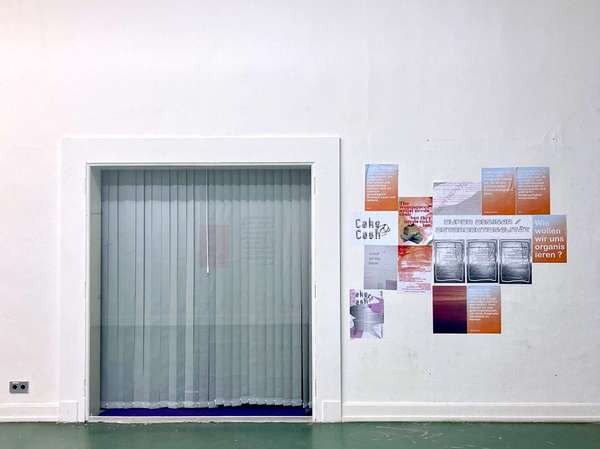
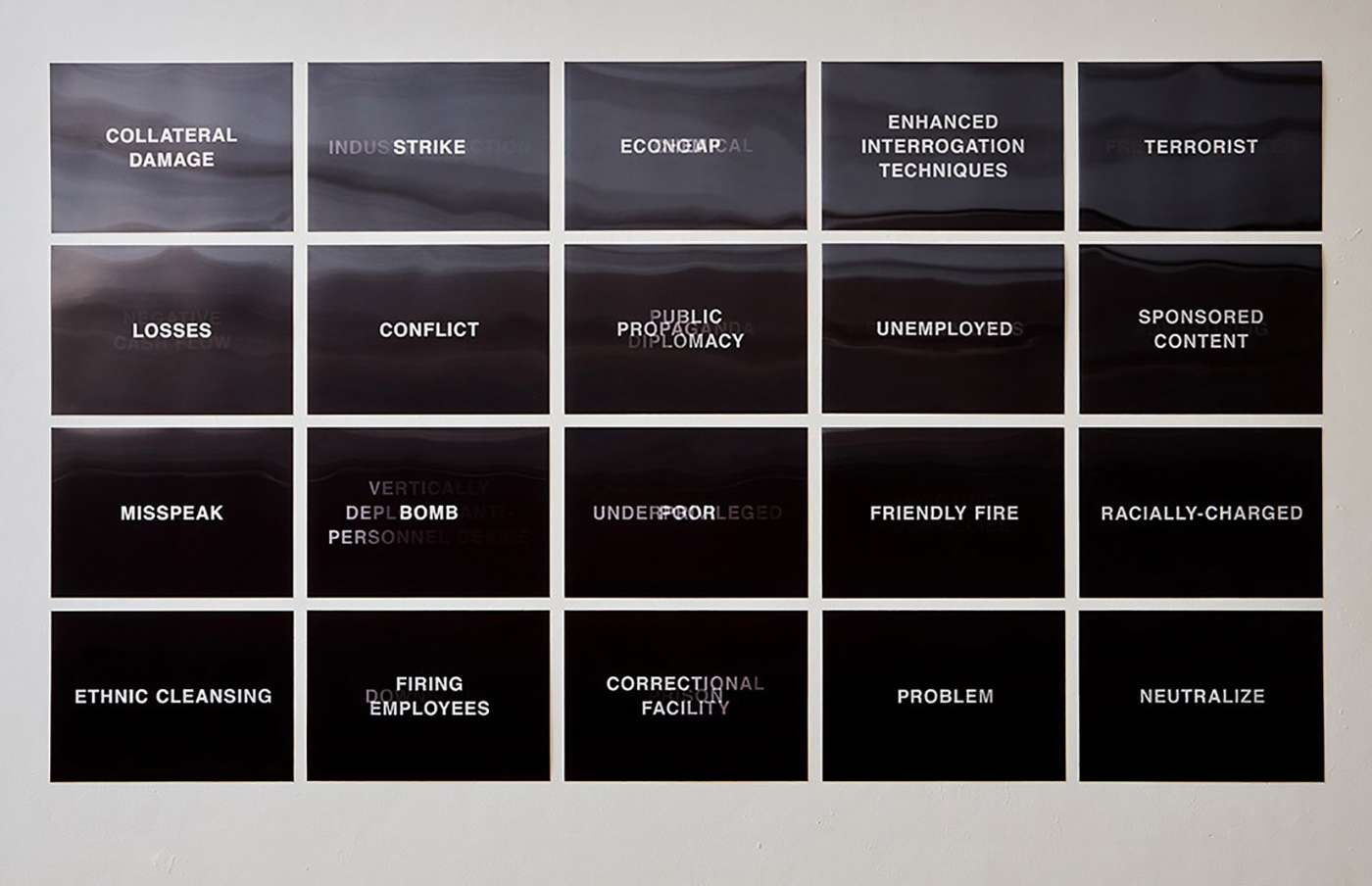
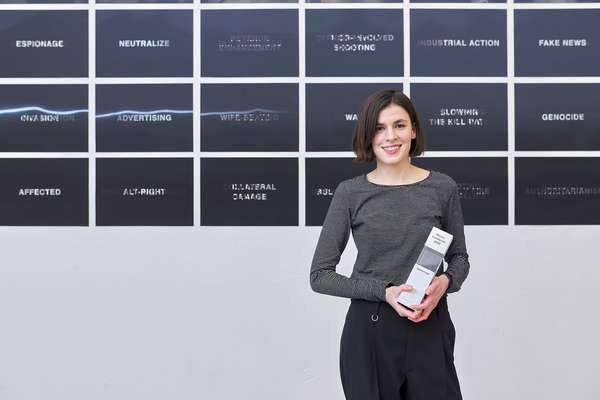
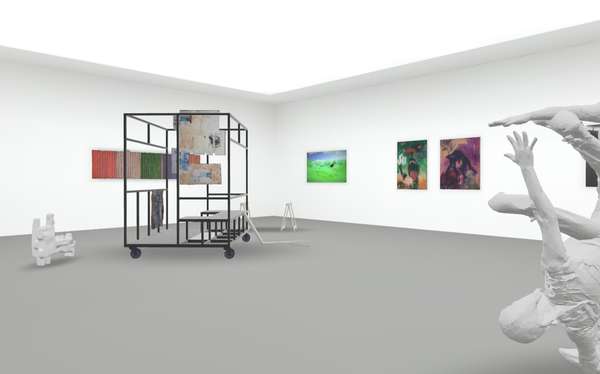
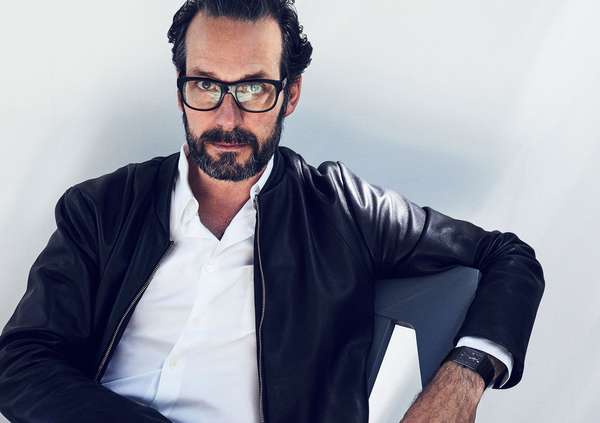
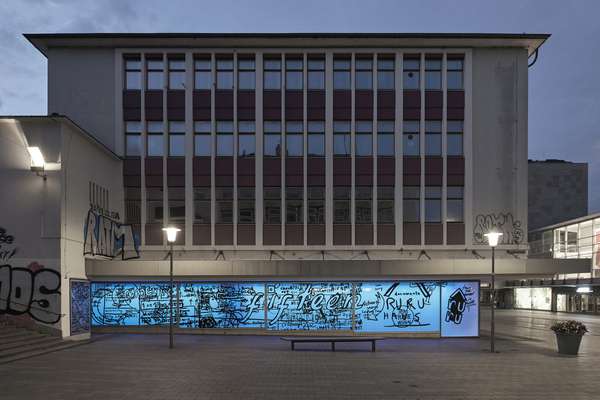
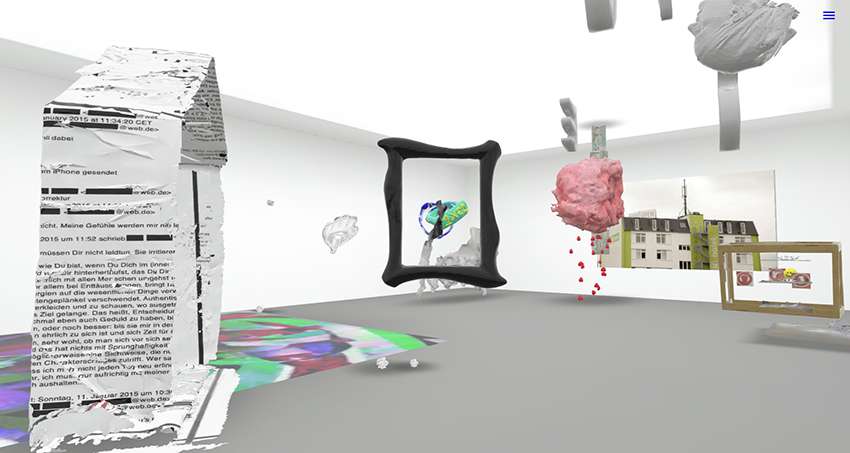
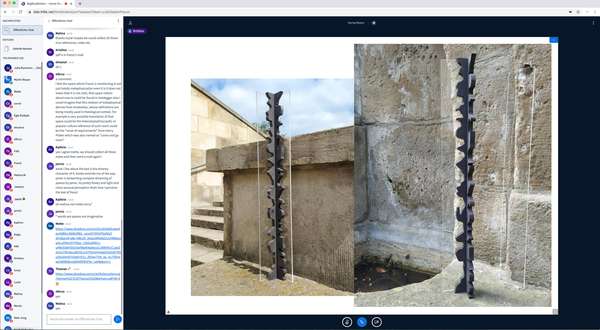
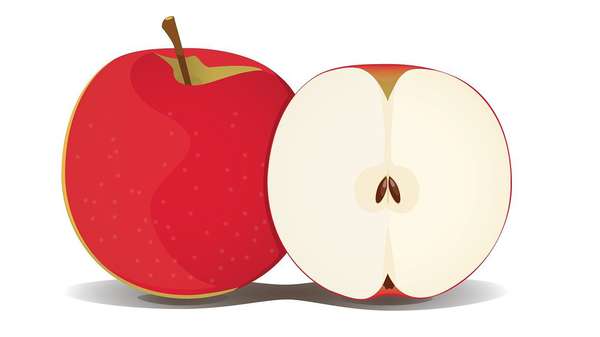
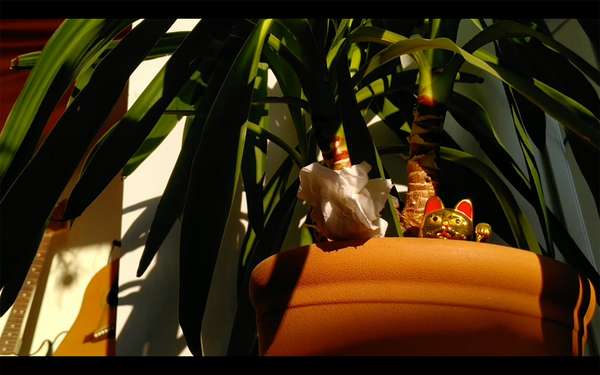
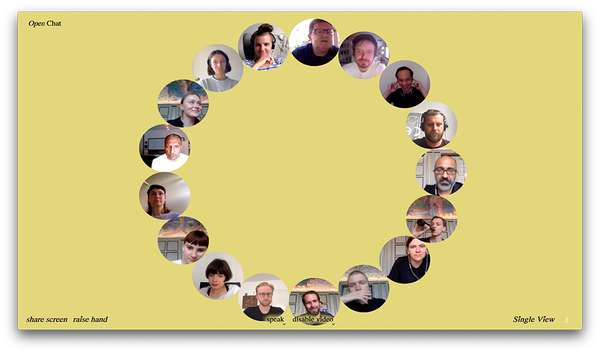
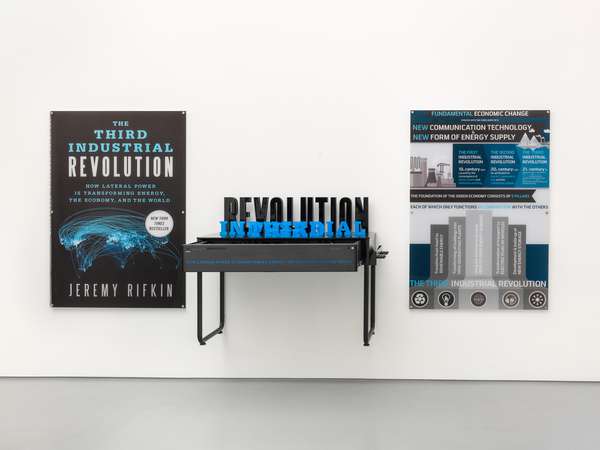
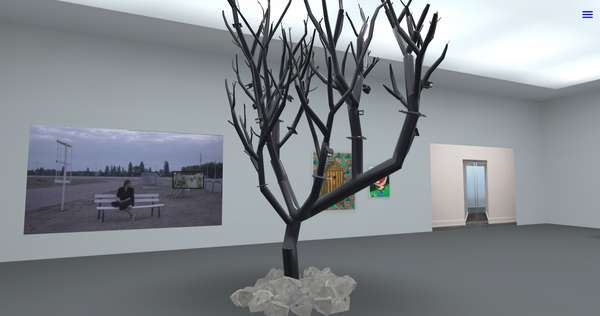
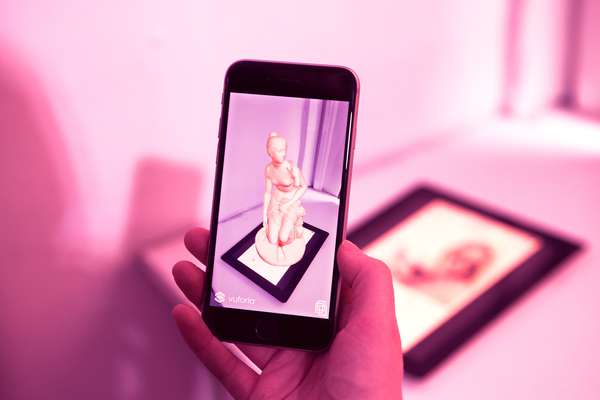
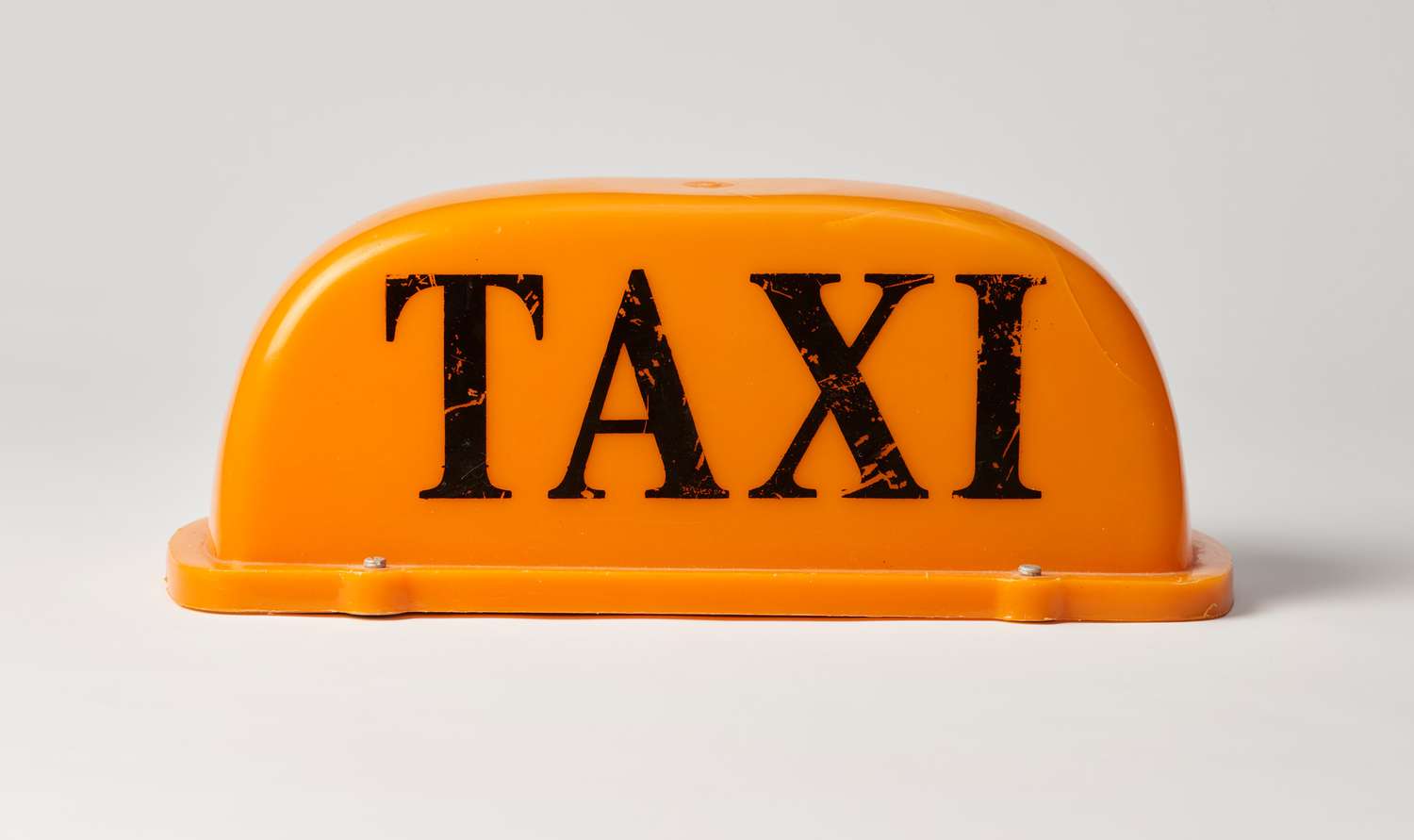
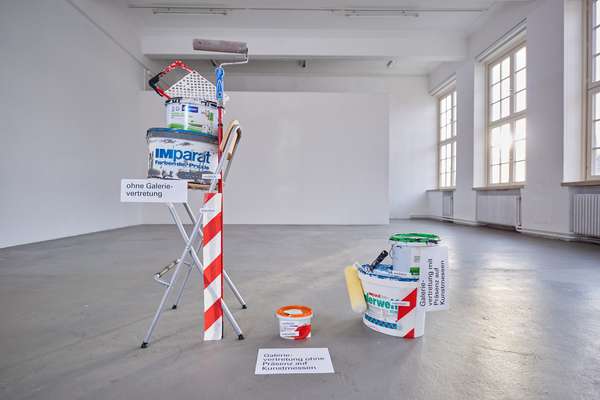
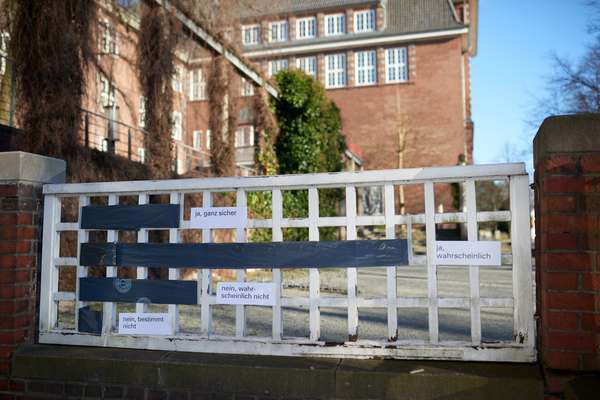
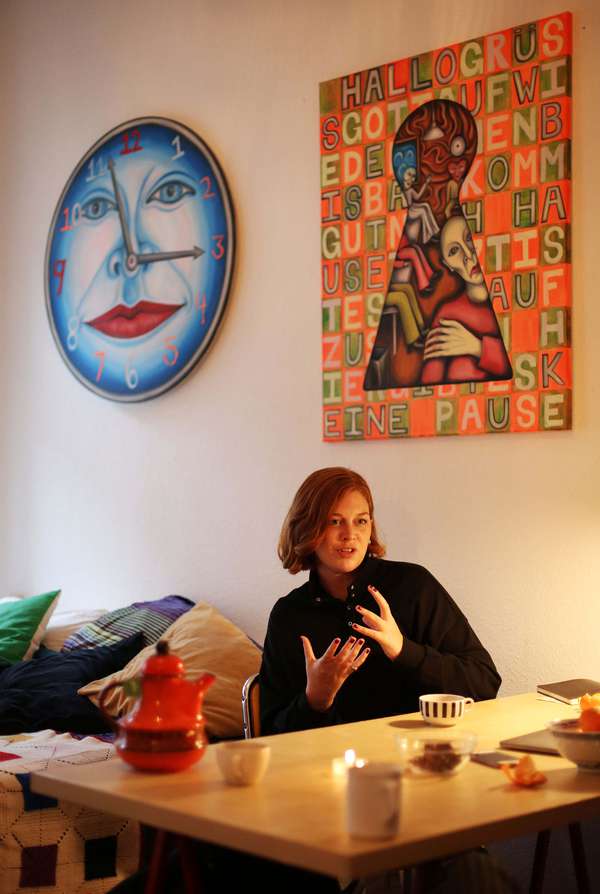
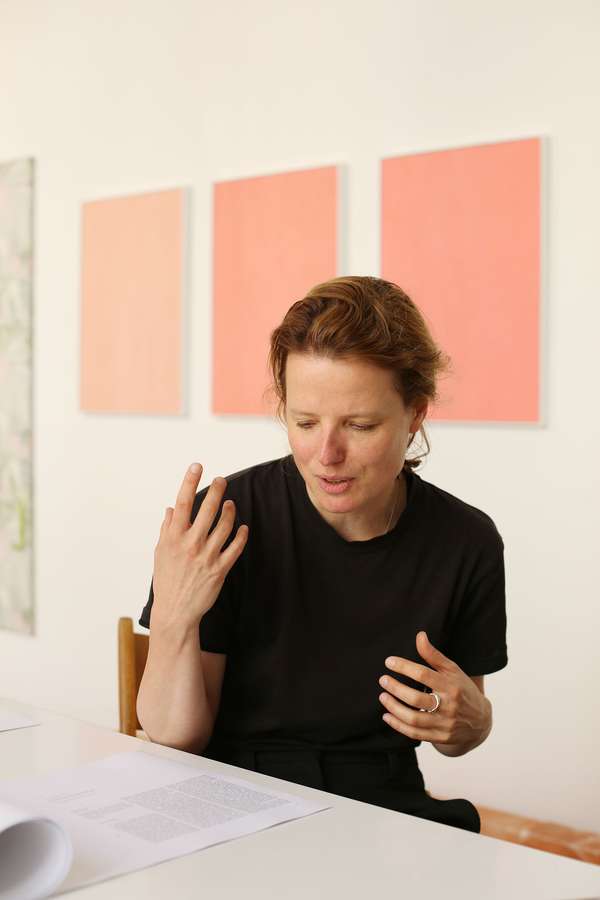
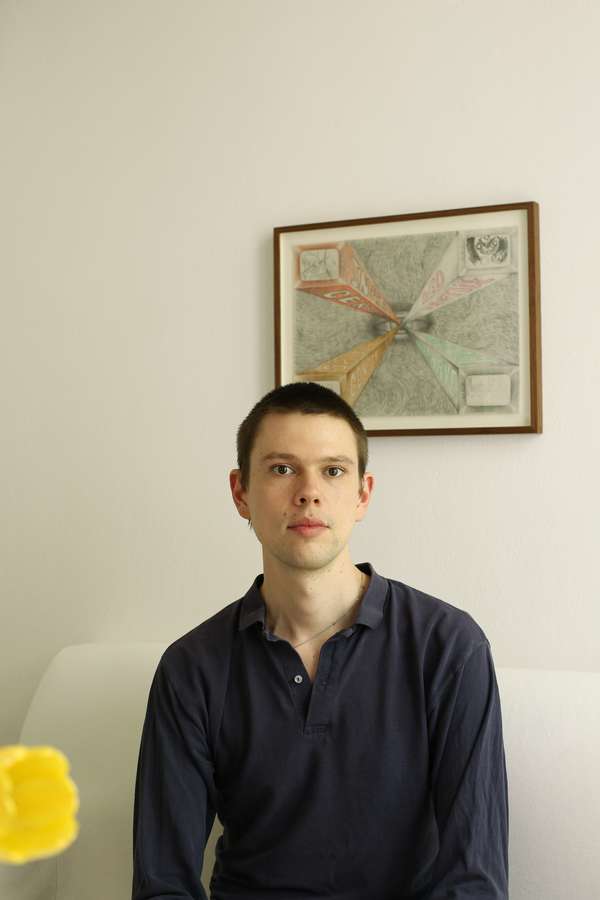
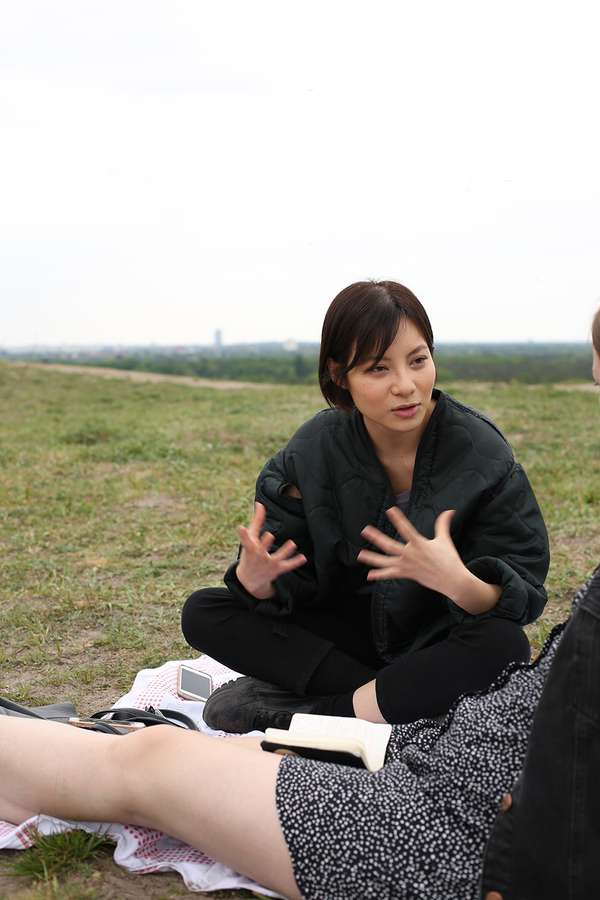
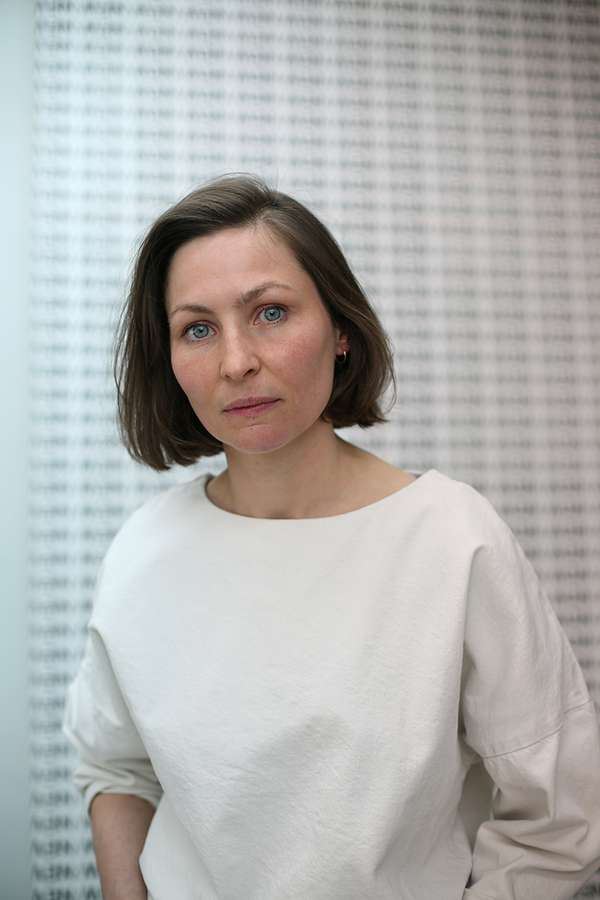
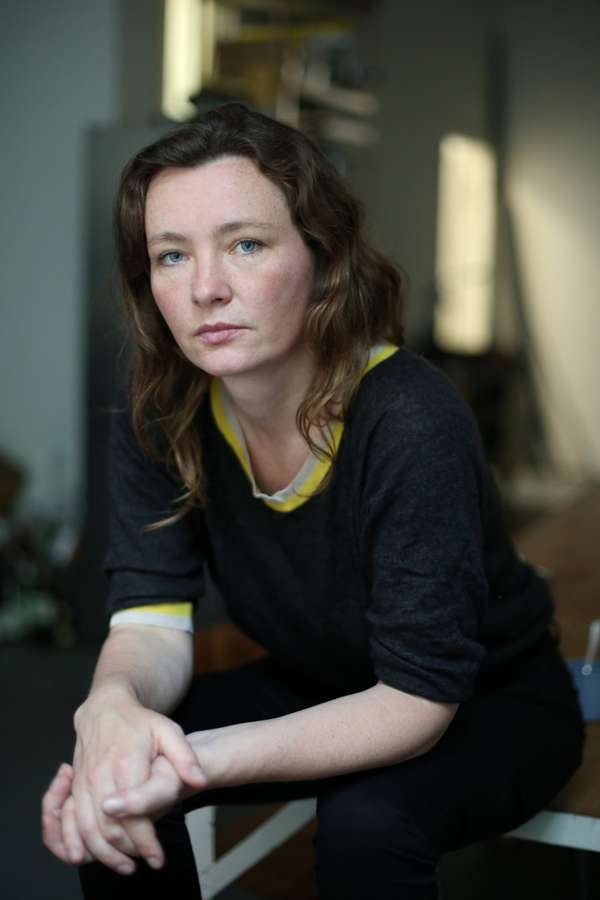
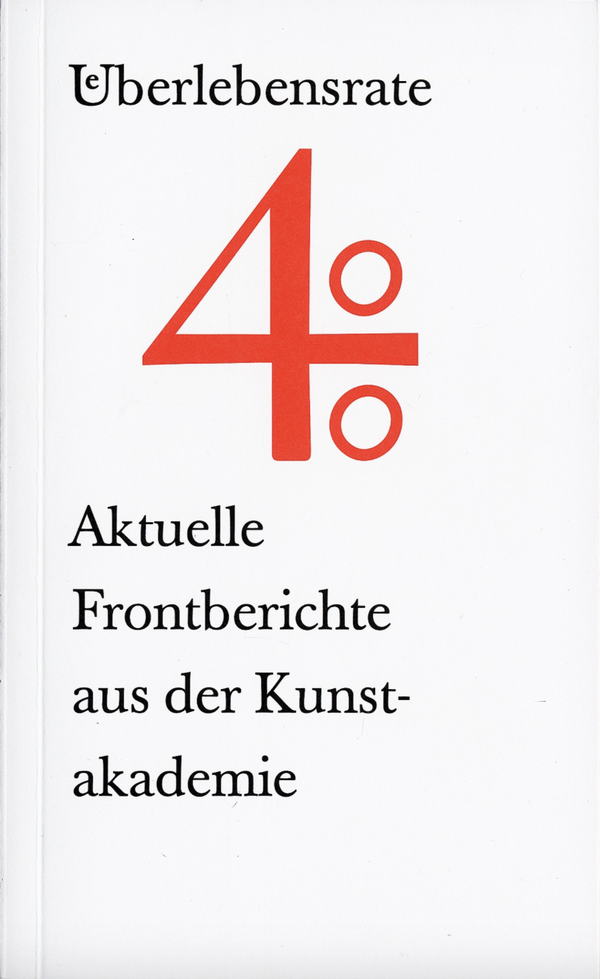
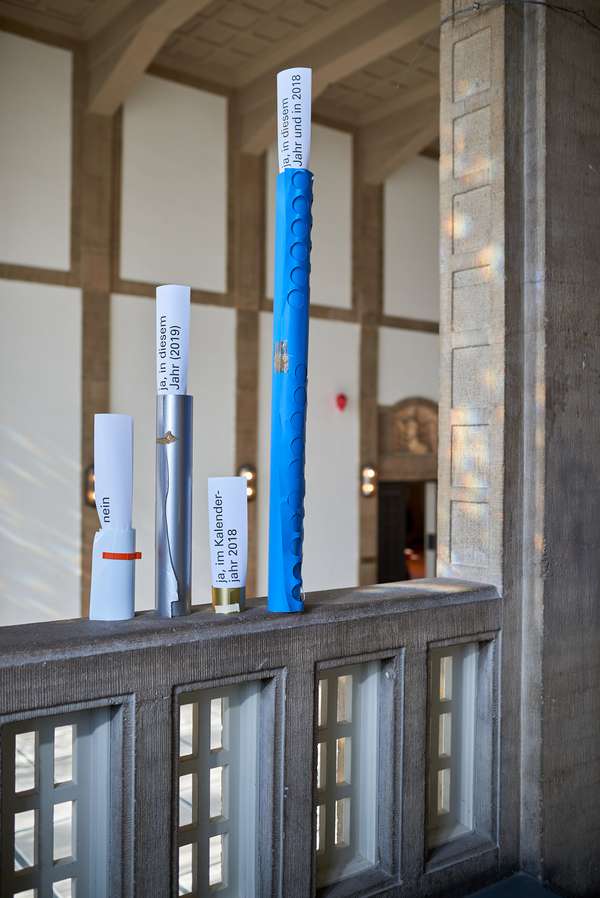
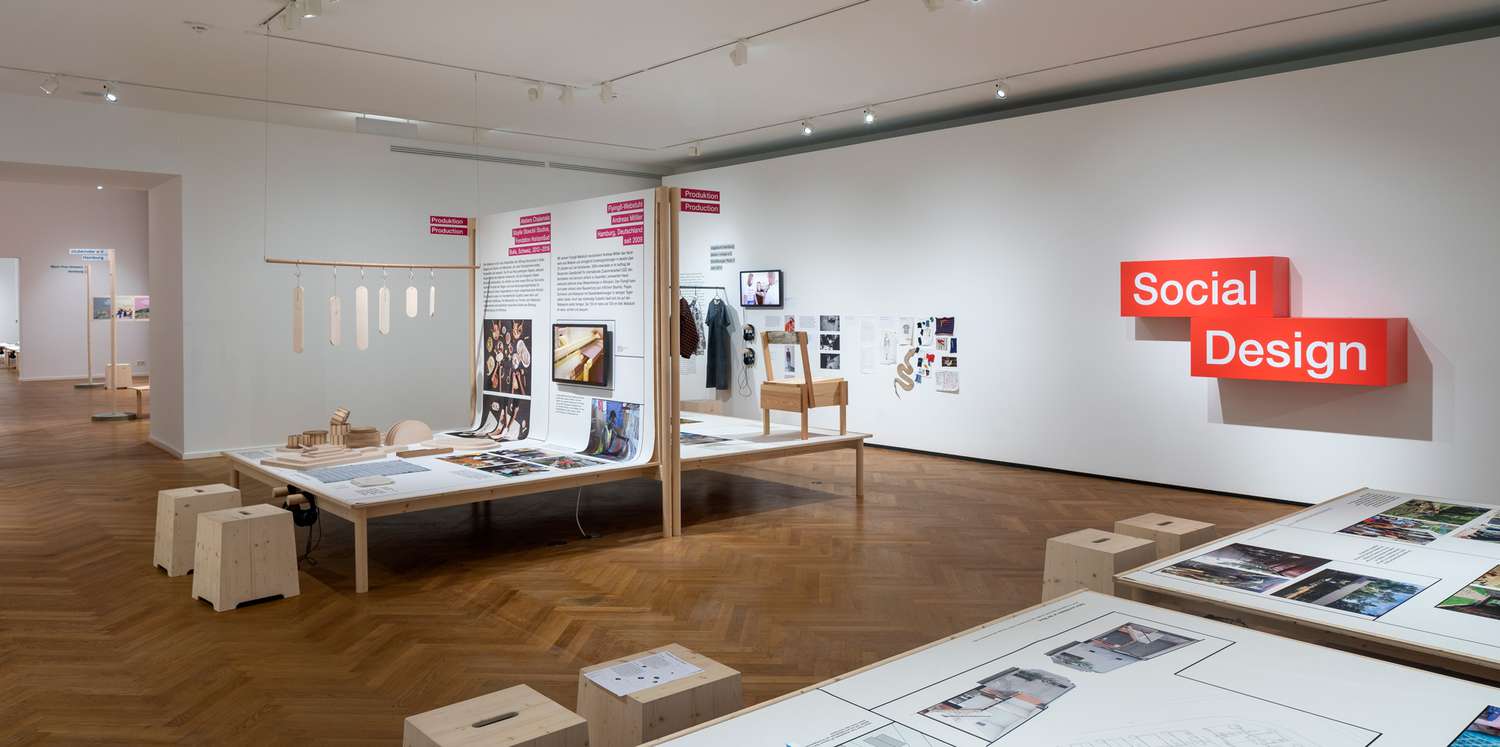
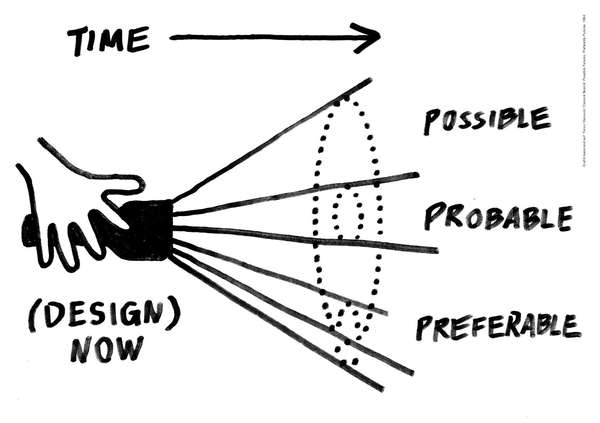
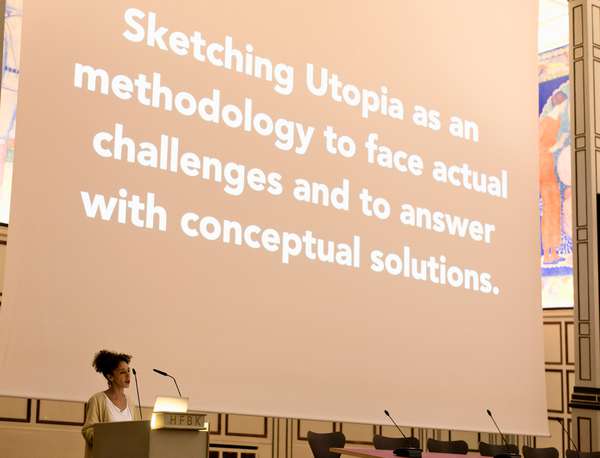
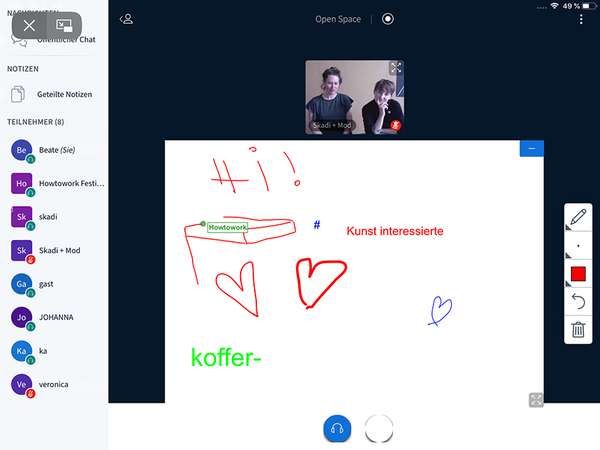
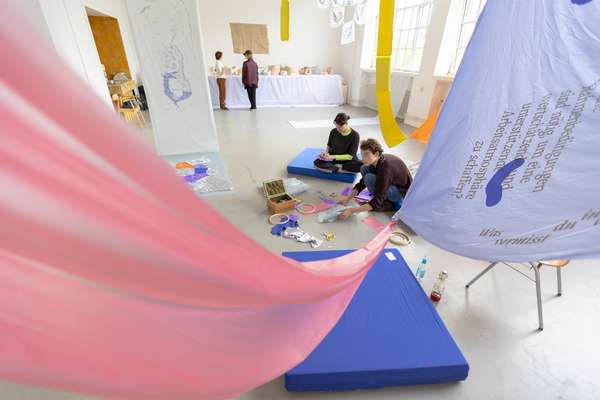
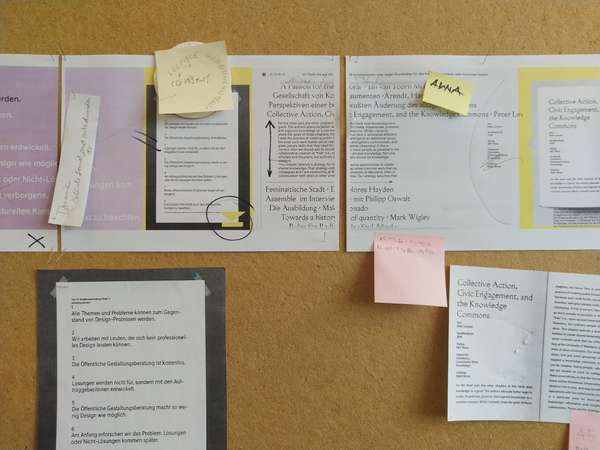
 Graduate Show 2025: Don't stop me now
Graduate Show 2025: Don't stop me now
 Long days, lots to do
Long days, lots to do
 Cine*Ami*es
Cine*Ami*es
 Redesign Democracy – competition for the ballot box of the democratic future
Redesign Democracy – competition for the ballot box of the democratic future
 Art in public space
Art in public space
 How to apply: study at HFBK Hamburg
How to apply: study at HFBK Hamburg
 Annual Exhibition 2025 at the HFBK Hamburg
Annual Exhibition 2025 at the HFBK Hamburg
 The Elephant in The Room – Sculpture today
The Elephant in The Room – Sculpture today
 Hiscox Art Prize 2024
Hiscox Art Prize 2024
 The New Woman
The New Woman
 Doing a PhD at the HFBK Hamburg
Doing a PhD at the HFBK Hamburg
 Graduate Show 2024 - Letting Go
Graduate Show 2024 - Letting Go
 Finkenwerder Art Prize 2024
Finkenwerder Art Prize 2024
 Archives of the Body - The Body in Archiving
Archives of the Body - The Body in Archiving
 New partnership with the School of Arts at the University of Haifa
New partnership with the School of Arts at the University of Haifa
 Annual Exhibition 2024 at the HFBK Hamburg
Annual Exhibition 2024 at the HFBK Hamburg
 (Ex)Changes of / in Art
(Ex)Changes of / in Art
 Extended Libraries
Extended Libraries
 And Still I Rise
And Still I Rise
 Let's talk about language
Let's talk about language
 Graduate Show 2023: Unfinished Business
Graduate Show 2023: Unfinished Business
 Let`s work together
Let`s work together
 Annual Exhibition 2023 at HFBK Hamburg
Annual Exhibition 2023 at HFBK Hamburg
 Symposium: Controversy over documenta fifteen
Symposium: Controversy over documenta fifteen
 Festival and Symposium: Non-Knowledge, Laughter and the Moving Image
Festival and Symposium: Non-Knowledge, Laughter and the Moving Image
 Solo exhibition by Konstantin Grcic
Solo exhibition by Konstantin Grcic
 Art and war
Art and war
 Graduate Show 2022: We’ve Only Just Begun
Graduate Show 2022: We’ve Only Just Begun
 June is full of art and theory
June is full of art and theory
 Finkenwerder Art Prize 2022
Finkenwerder Art Prize 2022
 Nachhaltigkeit im Kontext von Kunst und Kunsthochschule
Nachhaltigkeit im Kontext von Kunst und Kunsthochschule
 Raum für die Kunst
Raum für die Kunst
 Annual Exhibition 2022 at the HFBK
Annual Exhibition 2022 at the HFBK
 Conference: Counter-Monuments and Para-Monuments.
Conference: Counter-Monuments and Para-Monuments.
 Diversity
Diversity
 Live und in Farbe: die ASA Open Studios im Juni 2021
Live und in Farbe: die ASA Open Studios im Juni 2021
 Unlearning: Wartenau Assemblies
Unlearning: Wartenau Assemblies
 School of No Consequences
School of No Consequences
 Annual Exhibition 2021 at the HFBK
Annual Exhibition 2021 at the HFBK
 Semestereröffnung und Hiscox-Preisverleihung 2020
Semestereröffnung und Hiscox-Preisverleihung 2020
 Teaching Art Online at the HFBK
Teaching Art Online at the HFBK
 HFBK Graduate Survey
HFBK Graduate Survey
 How political is Social Design?
How political is Social Design?